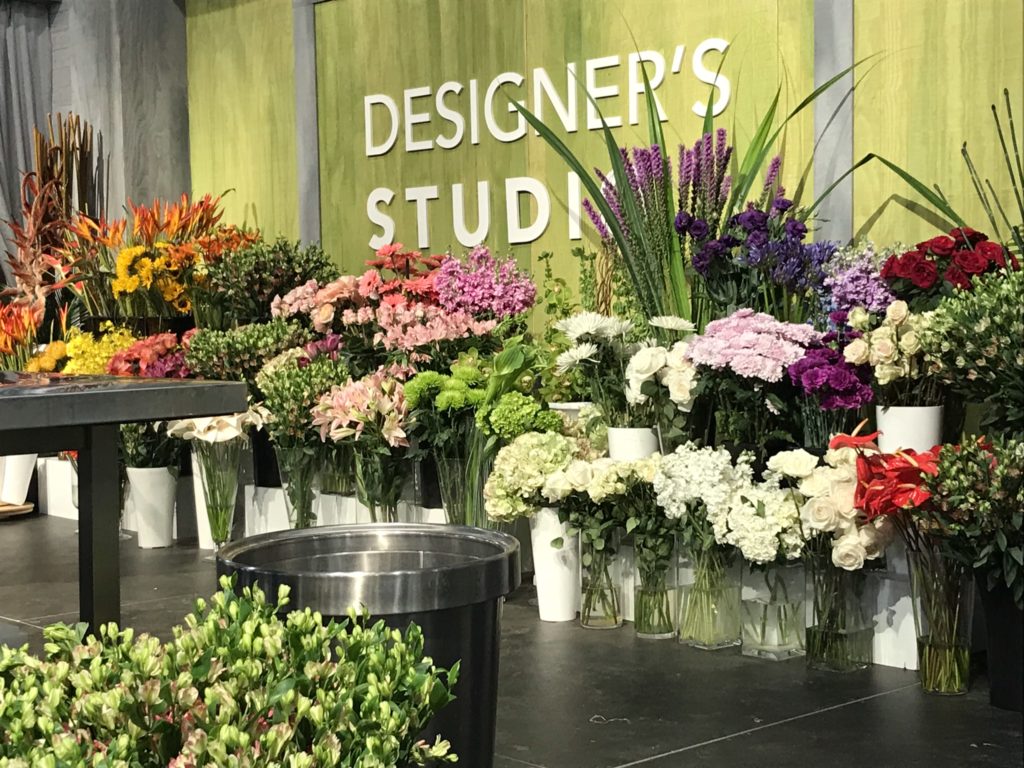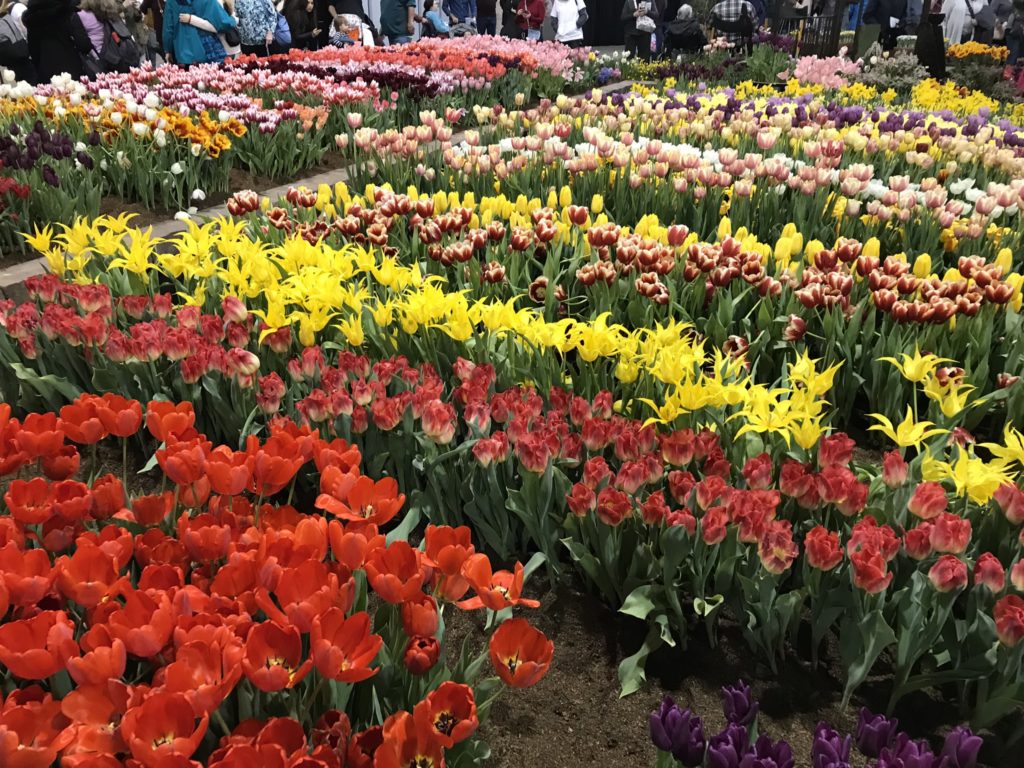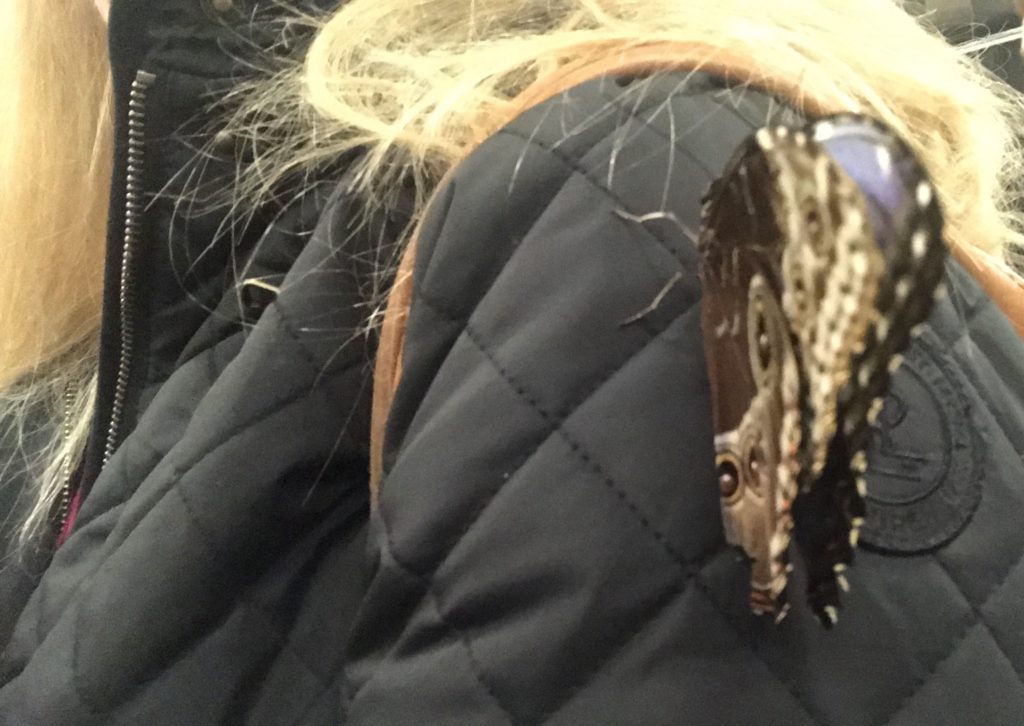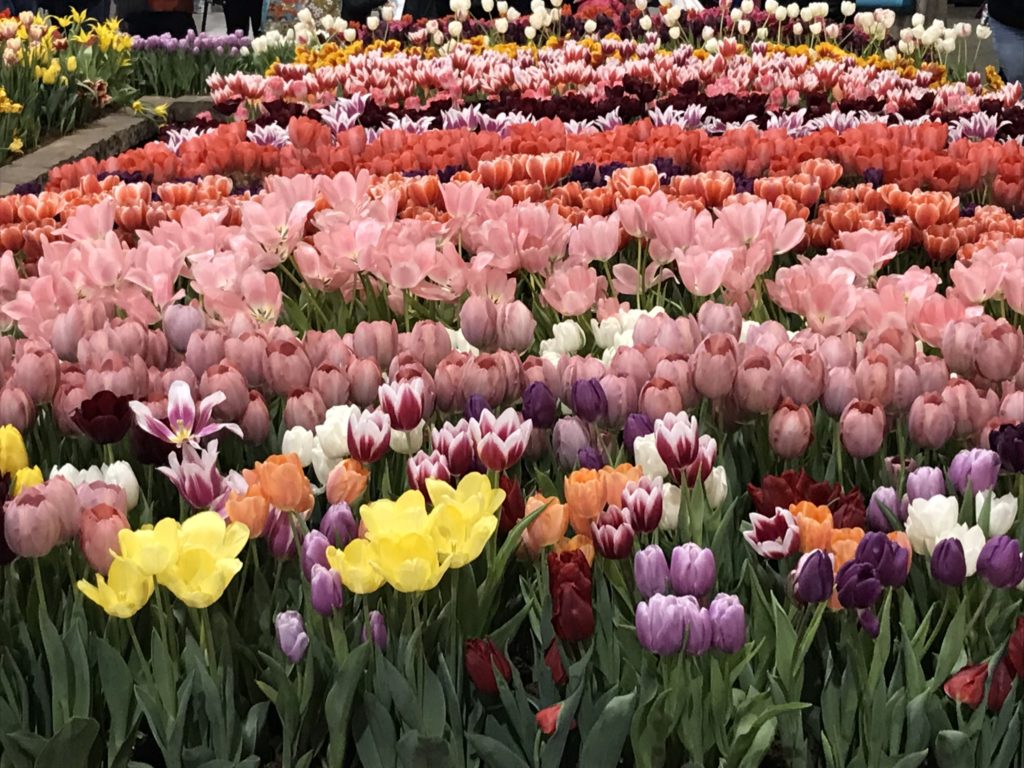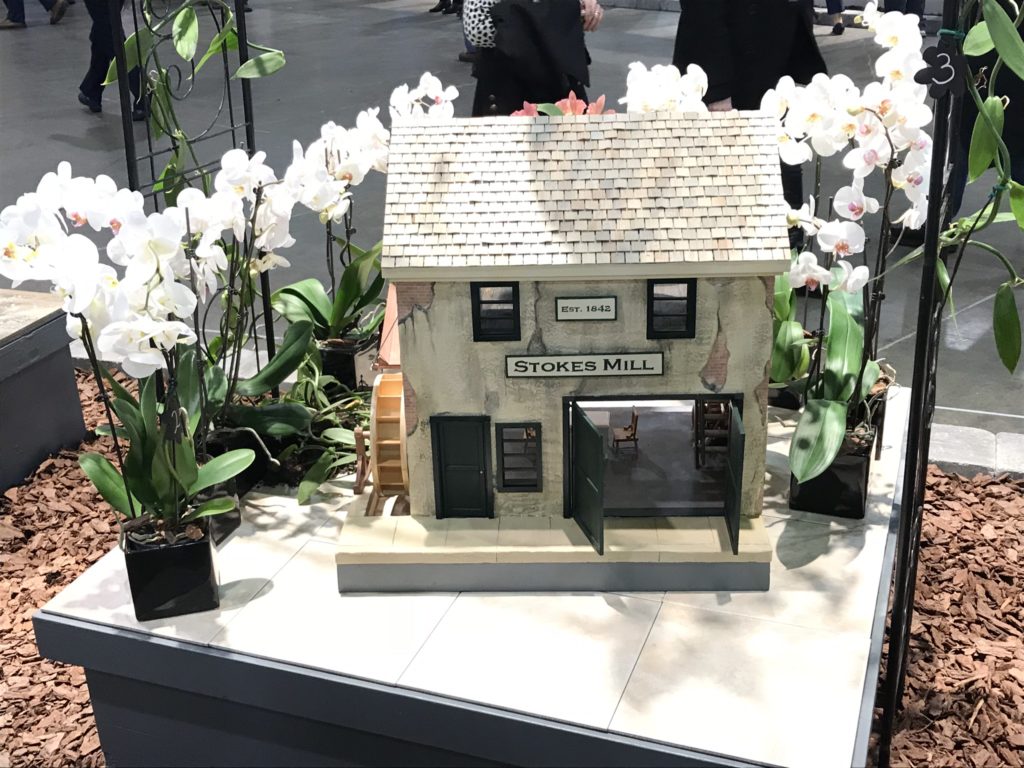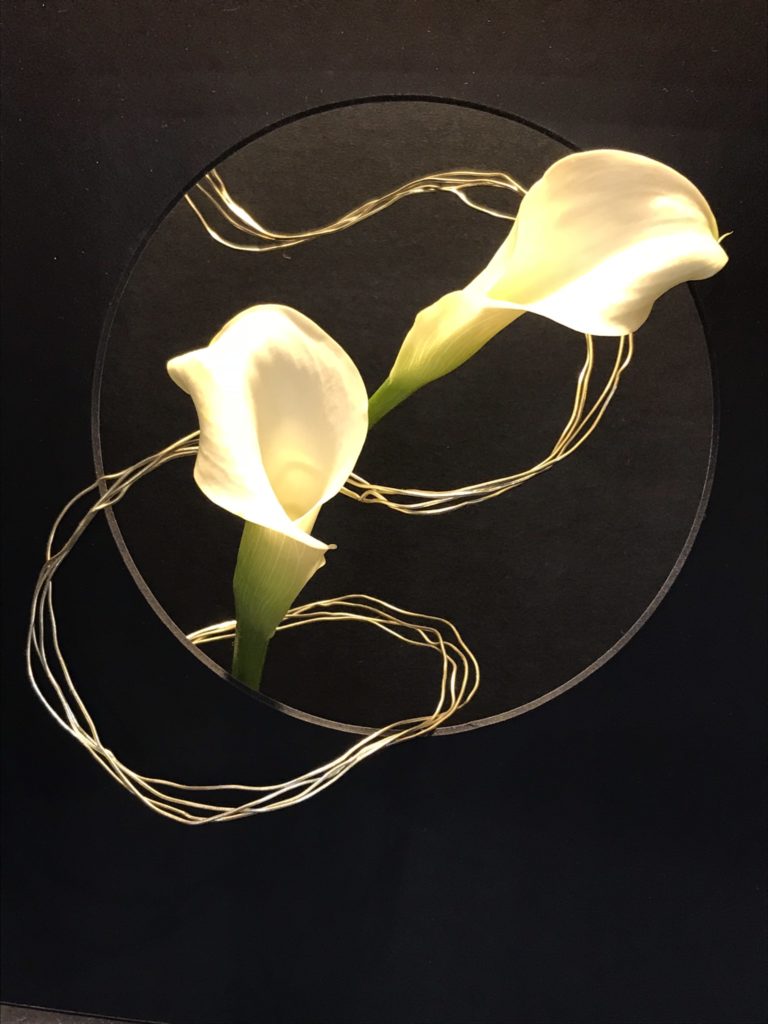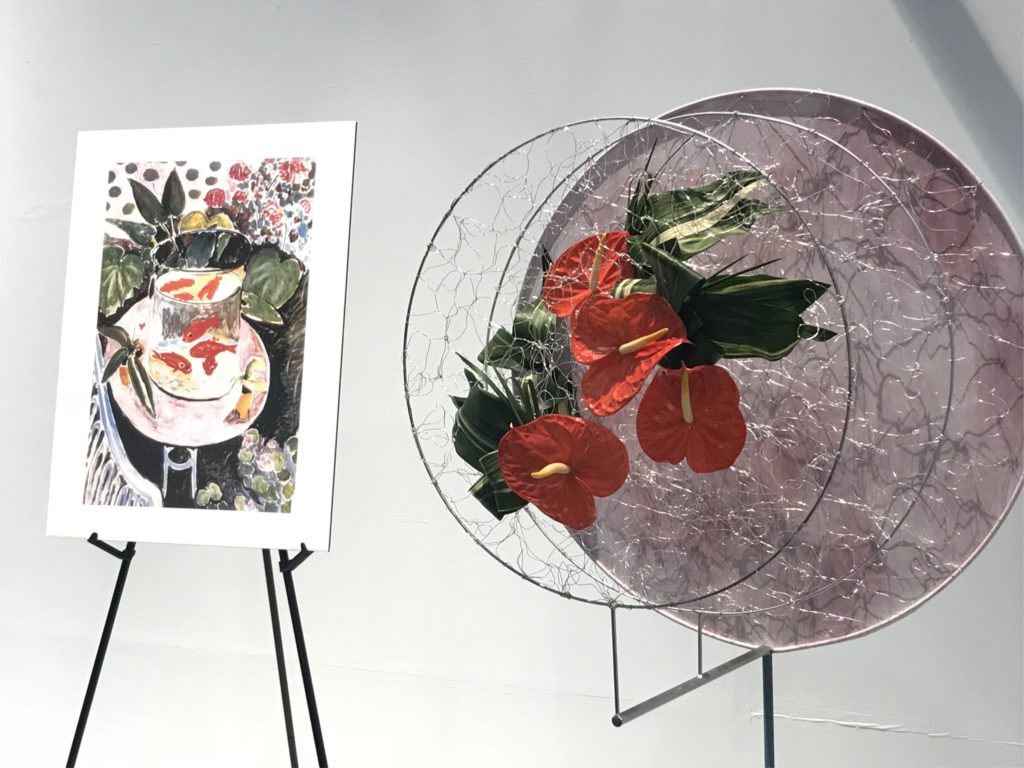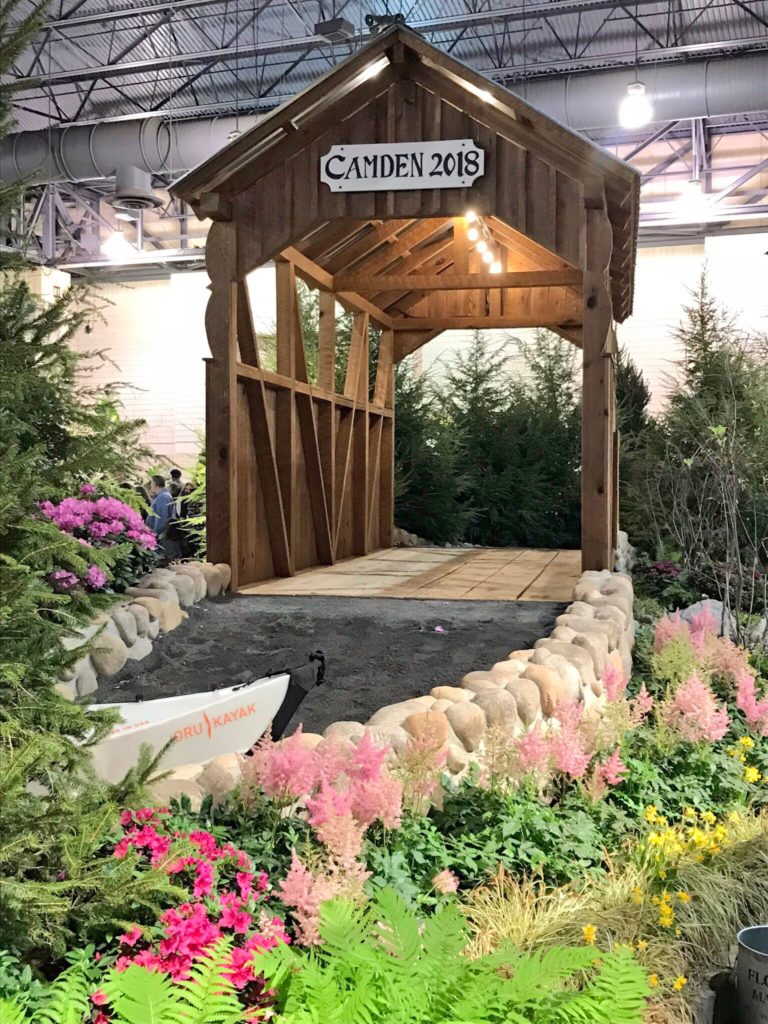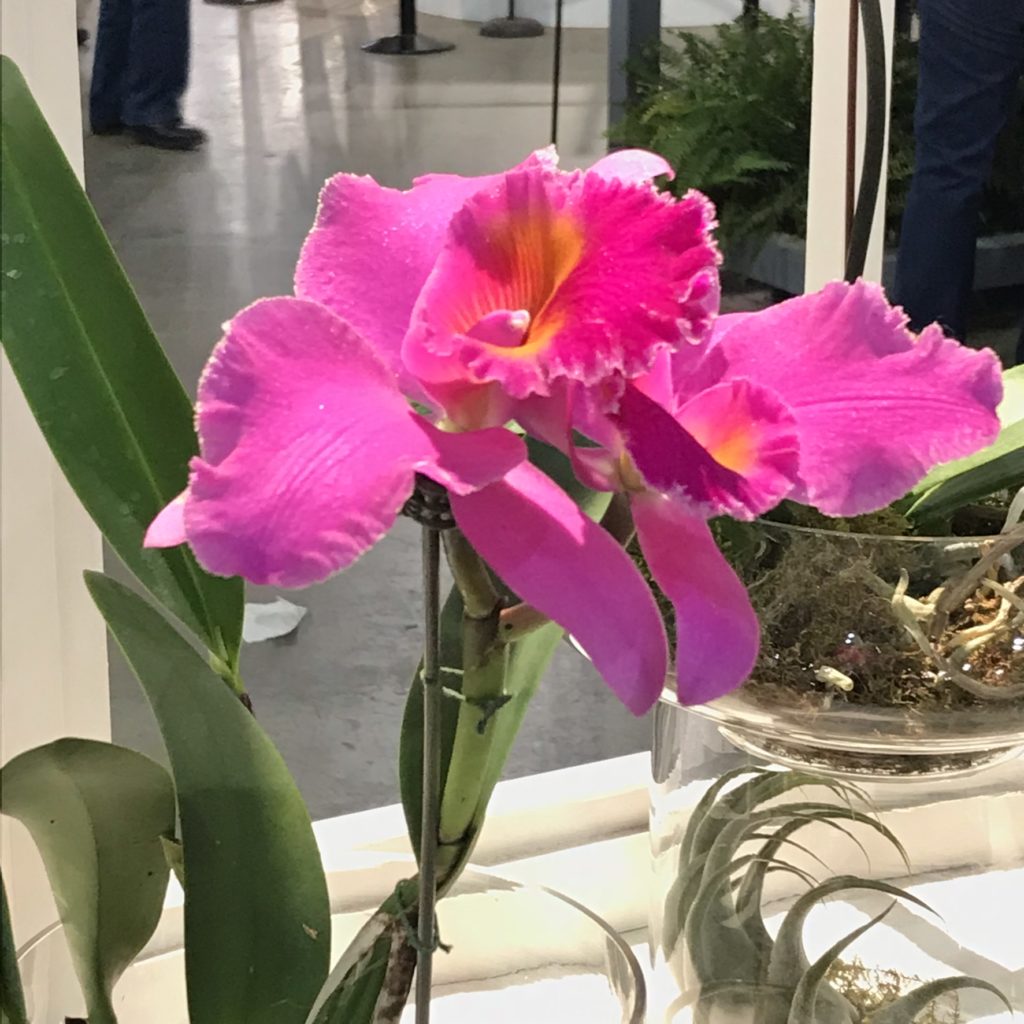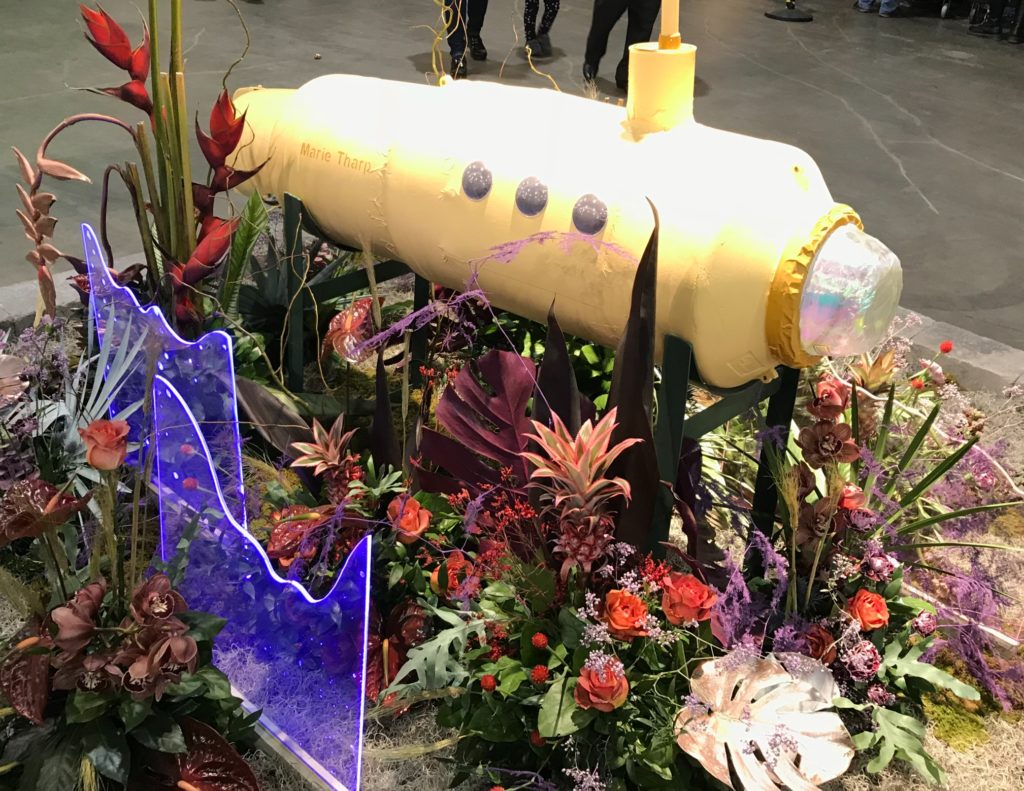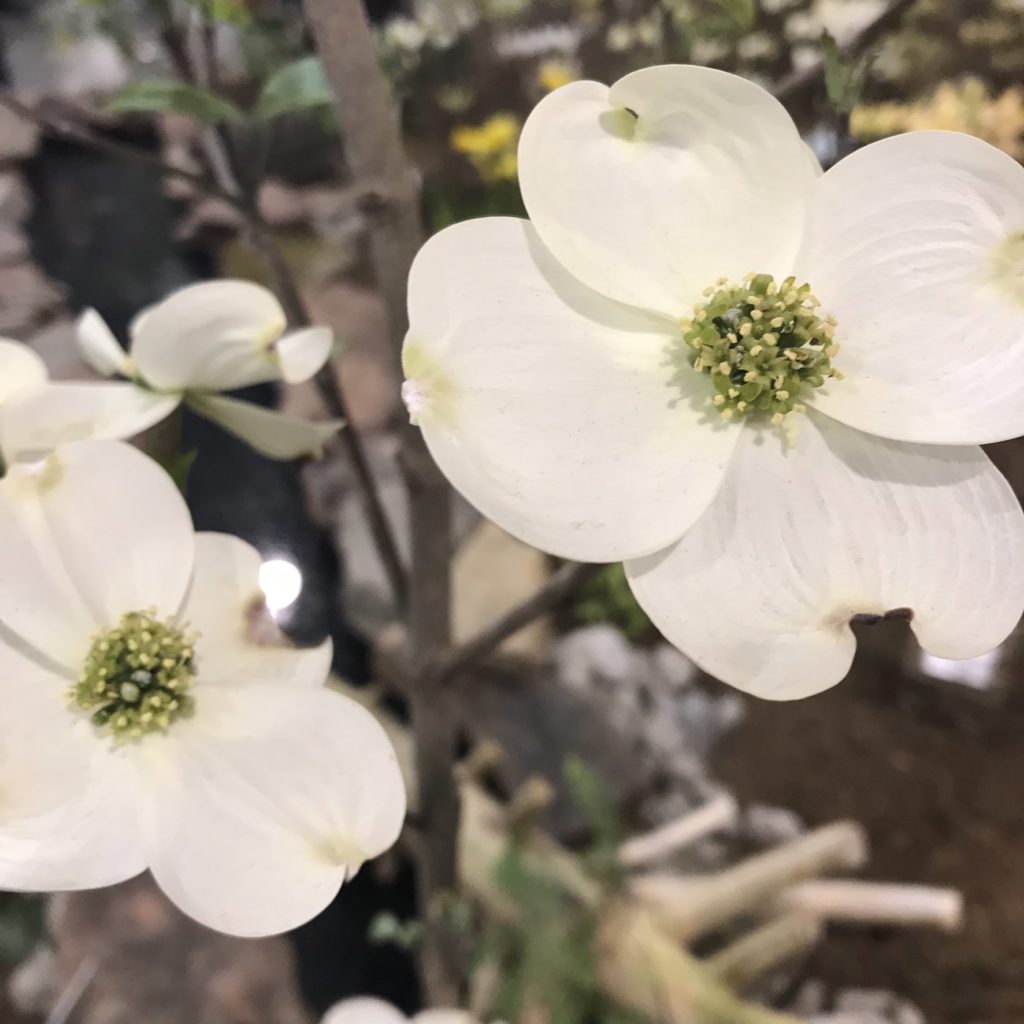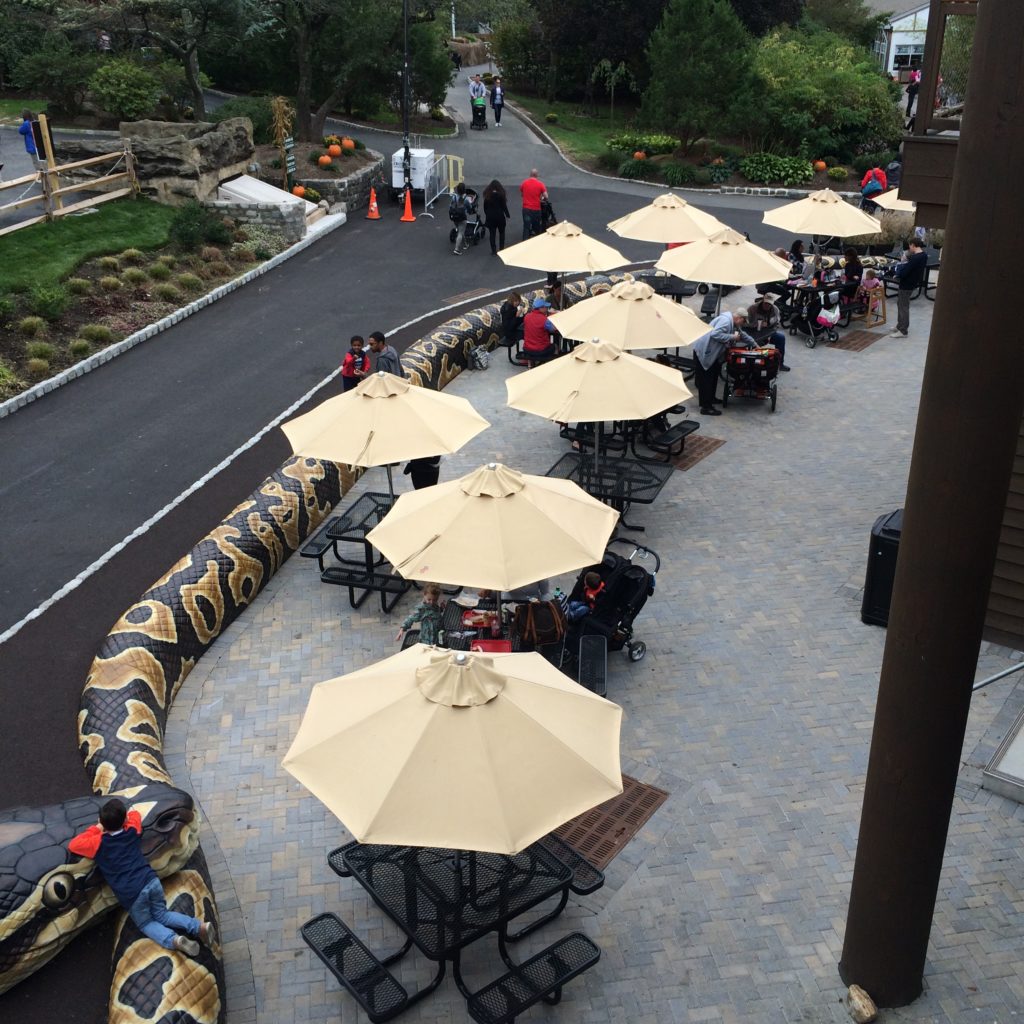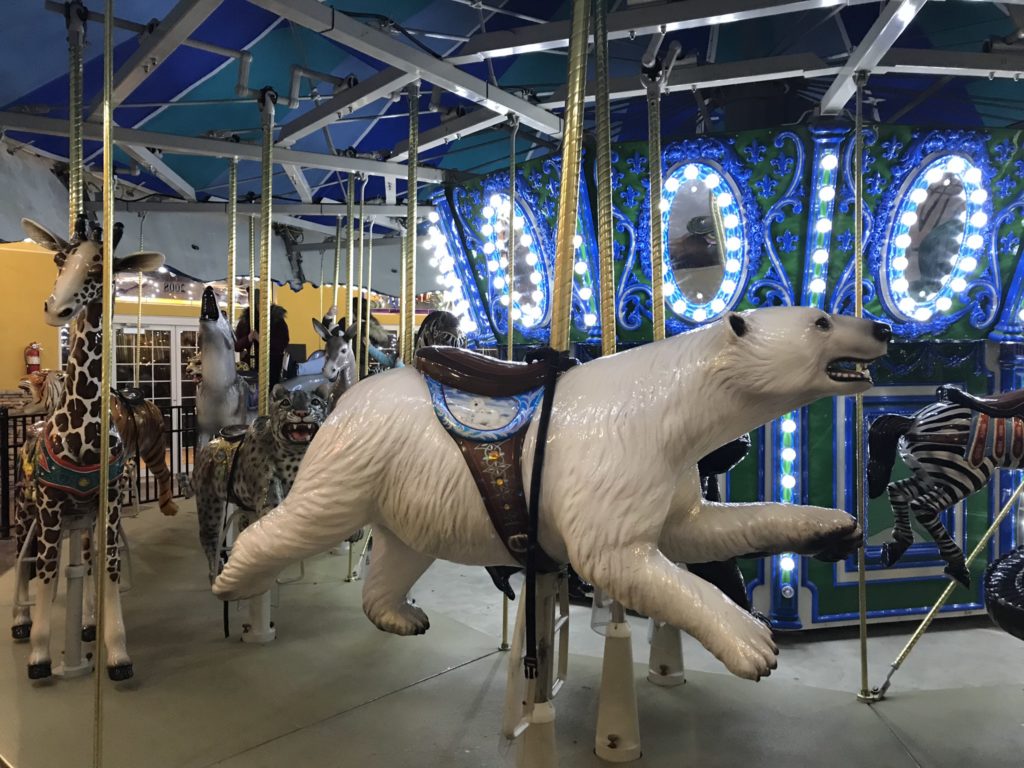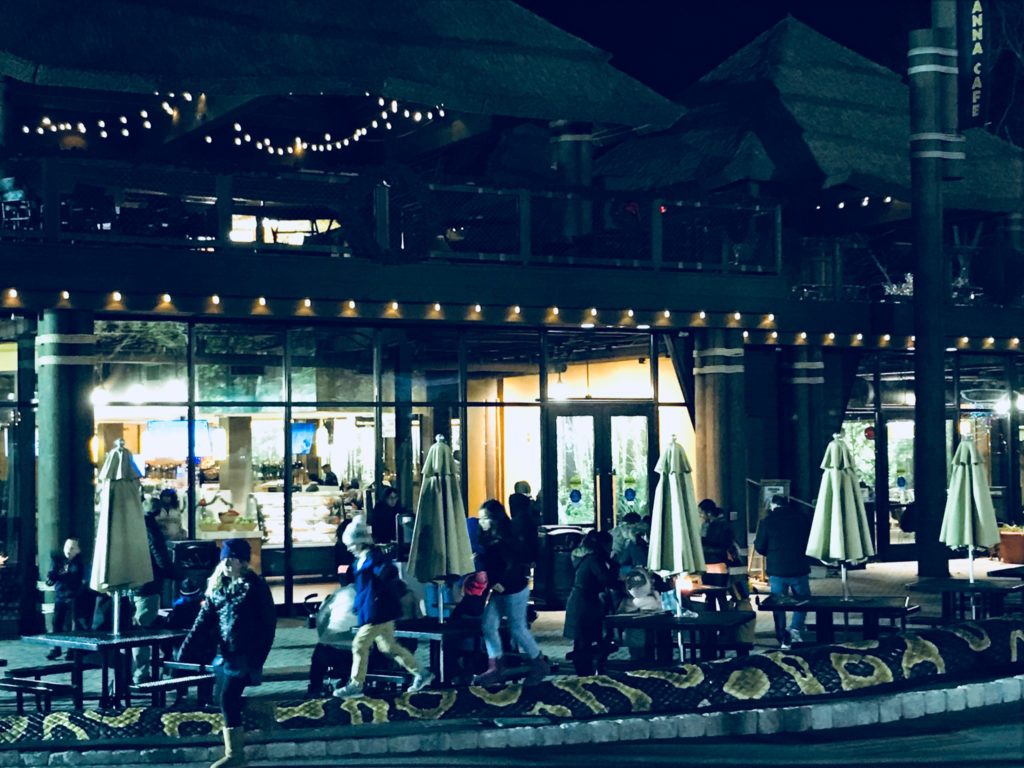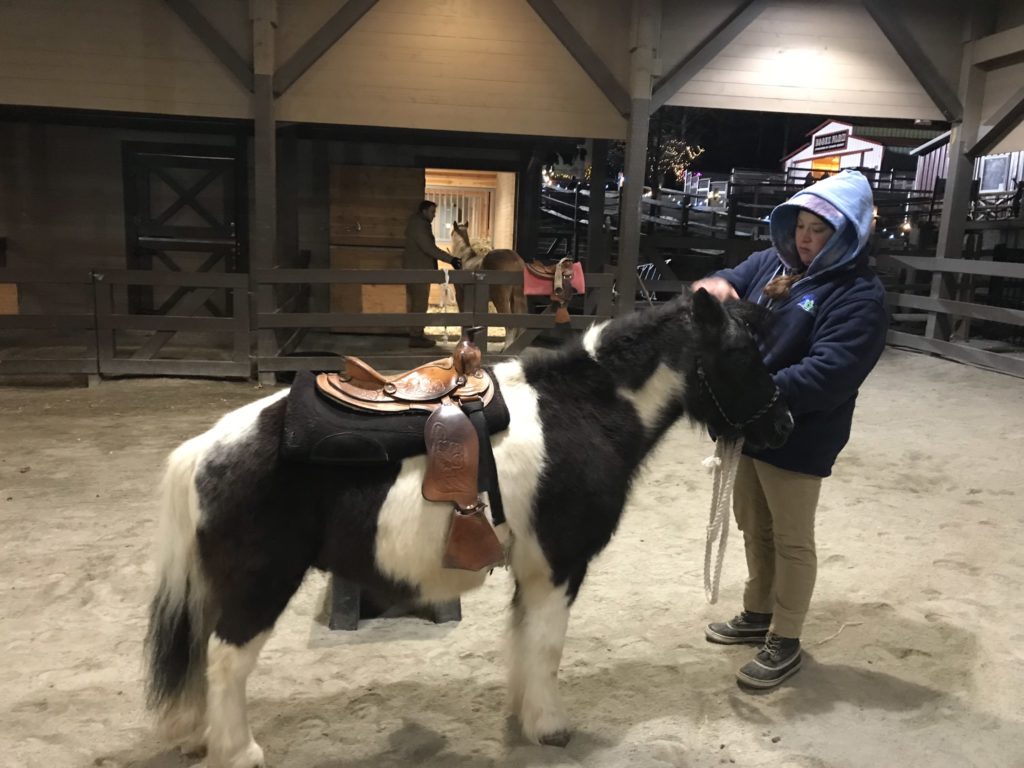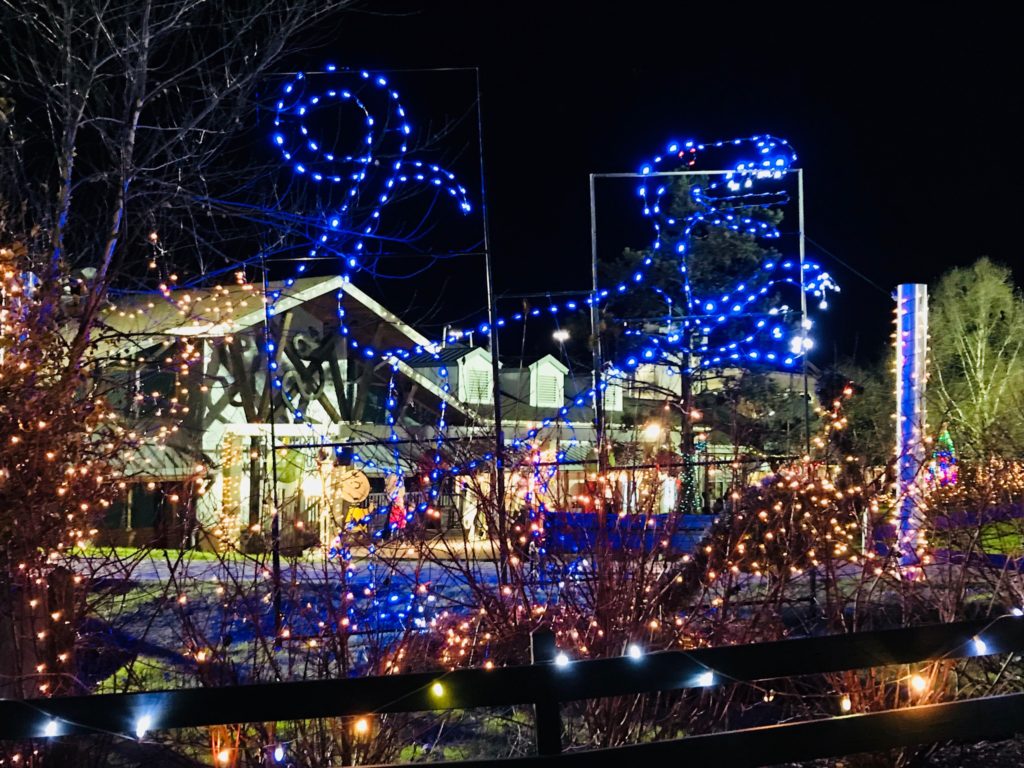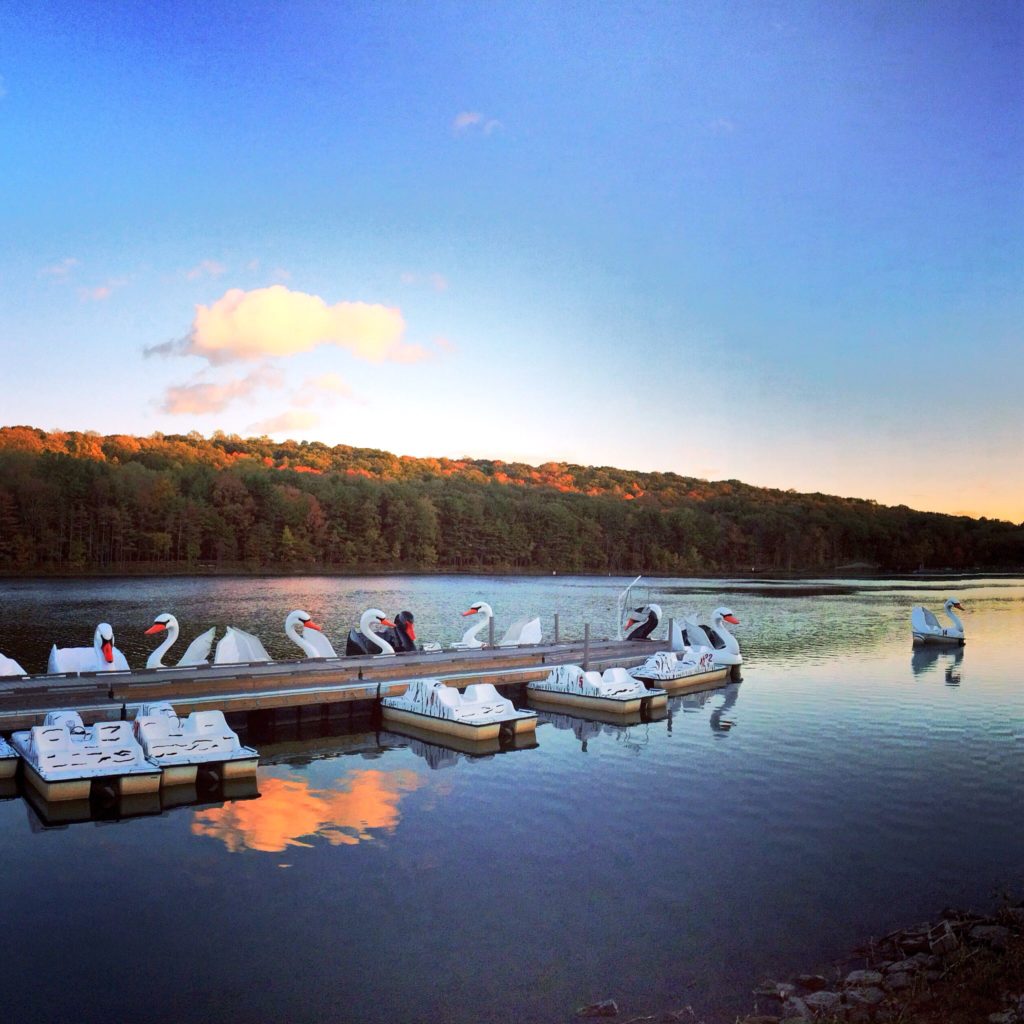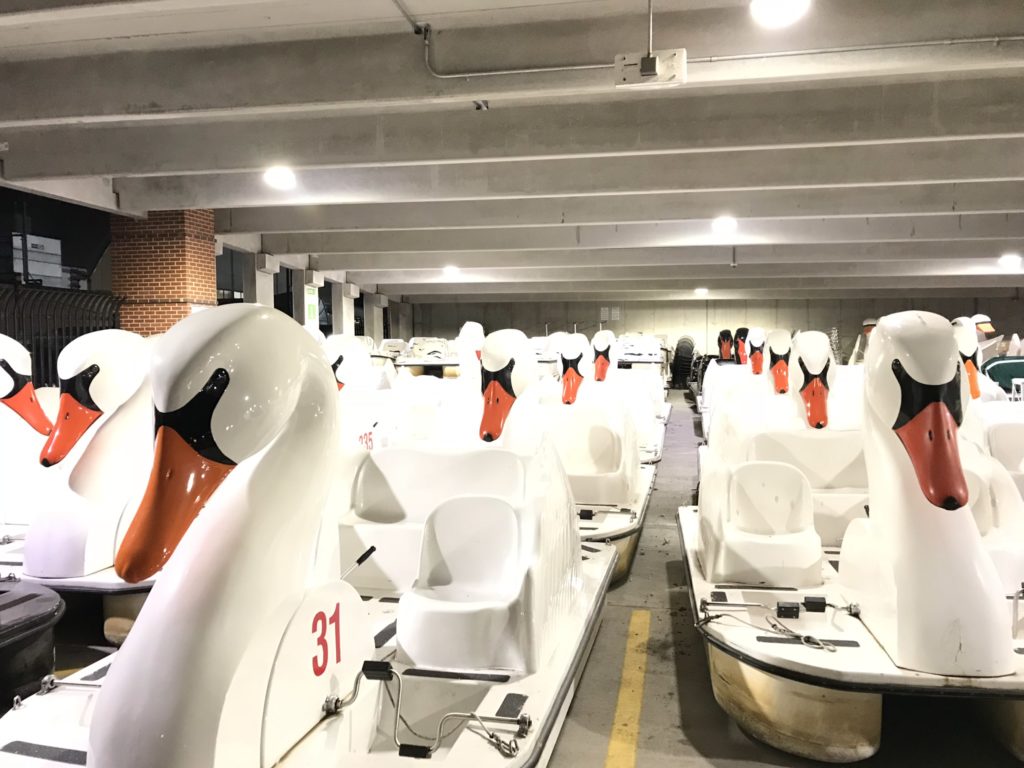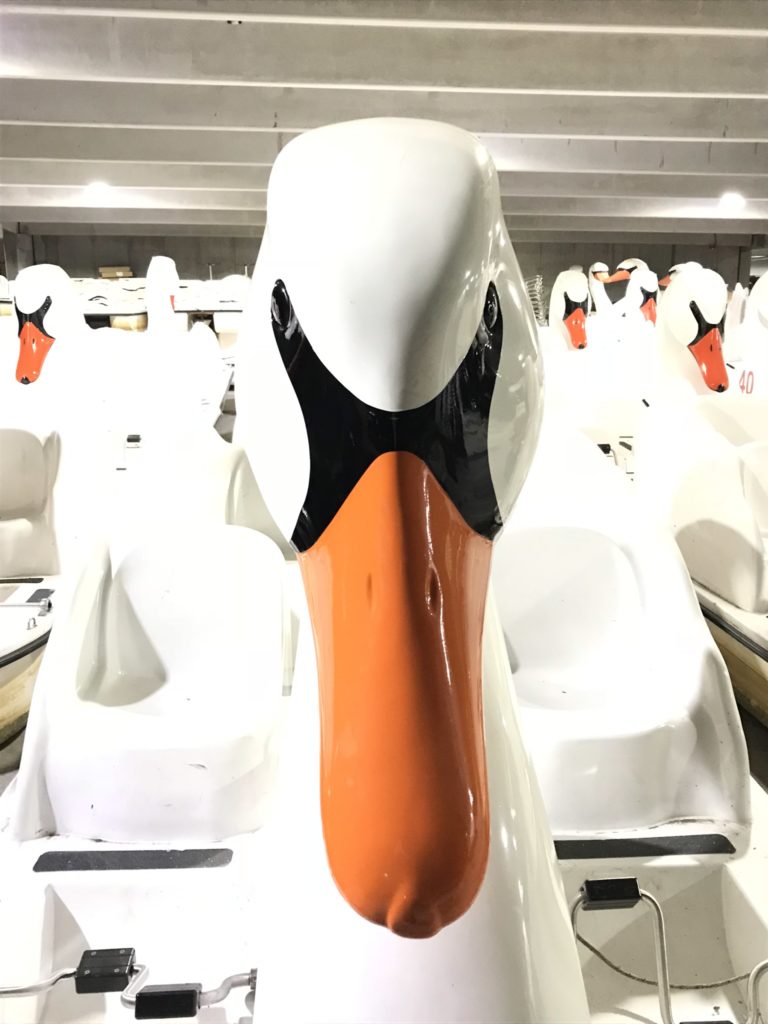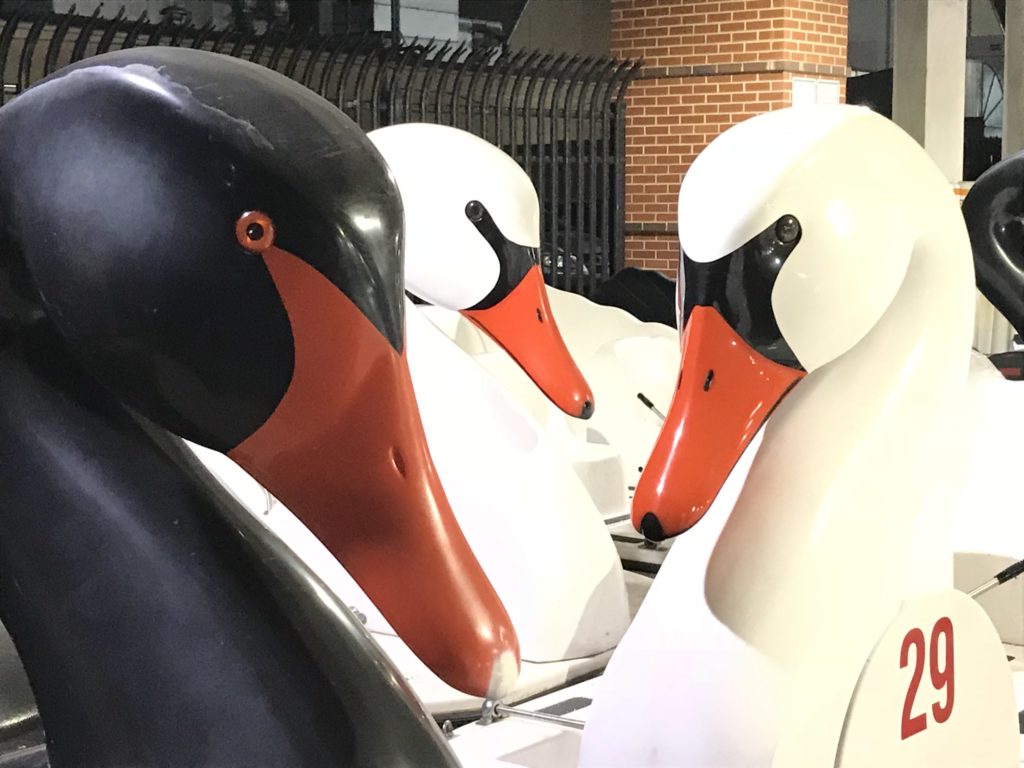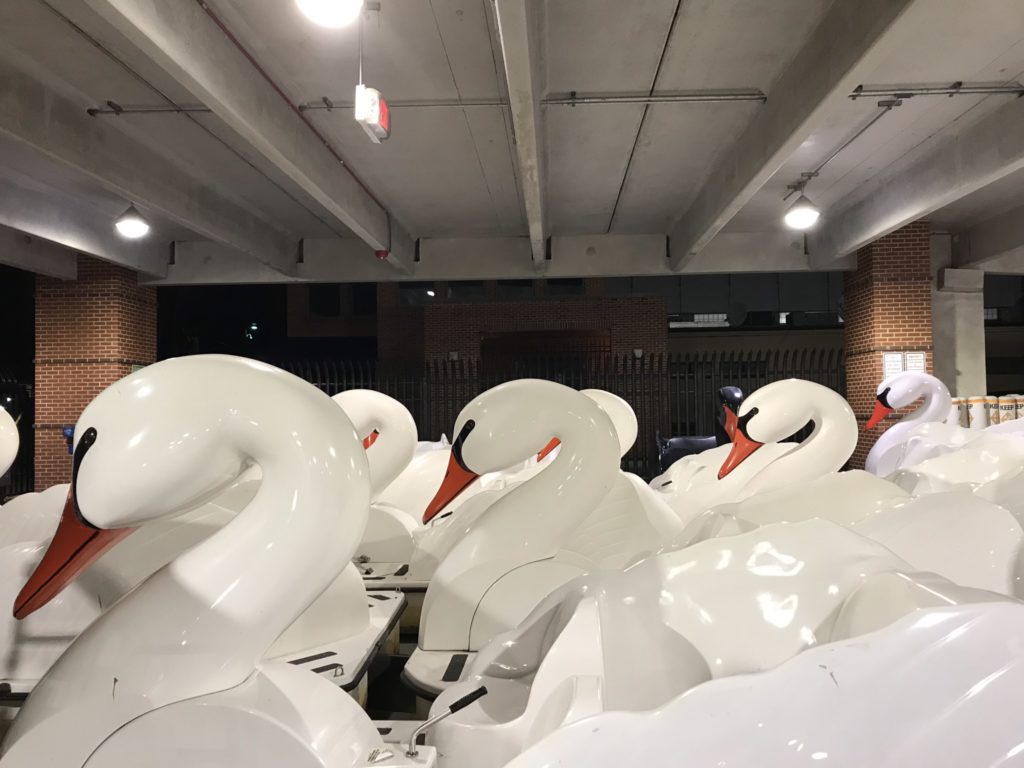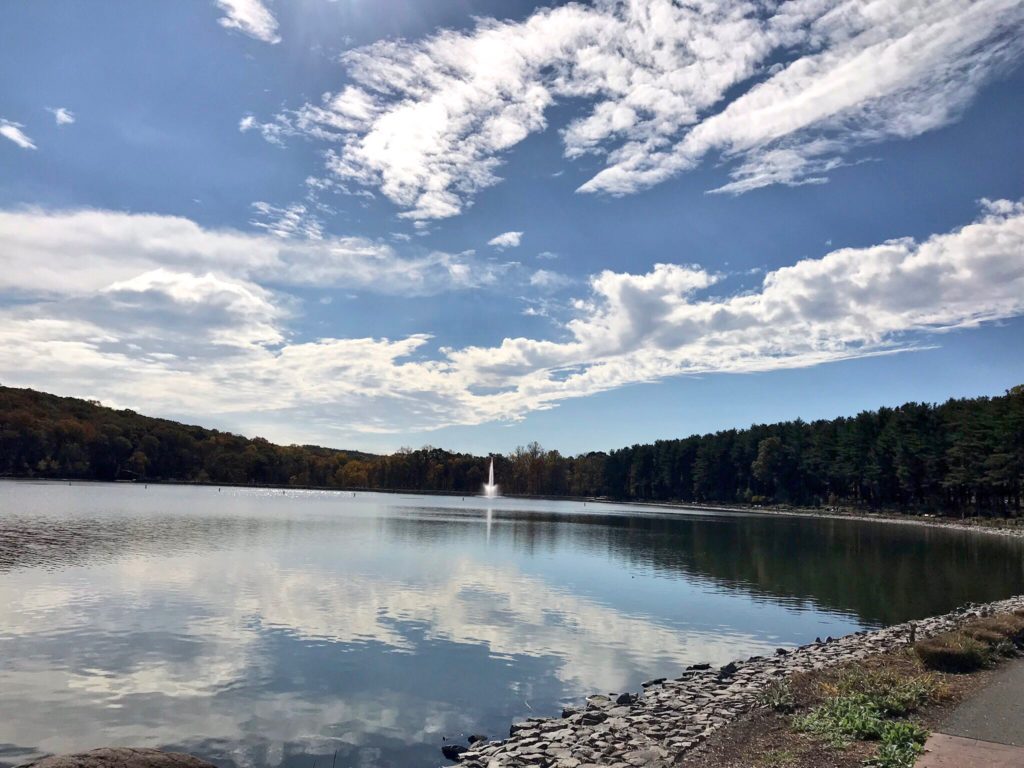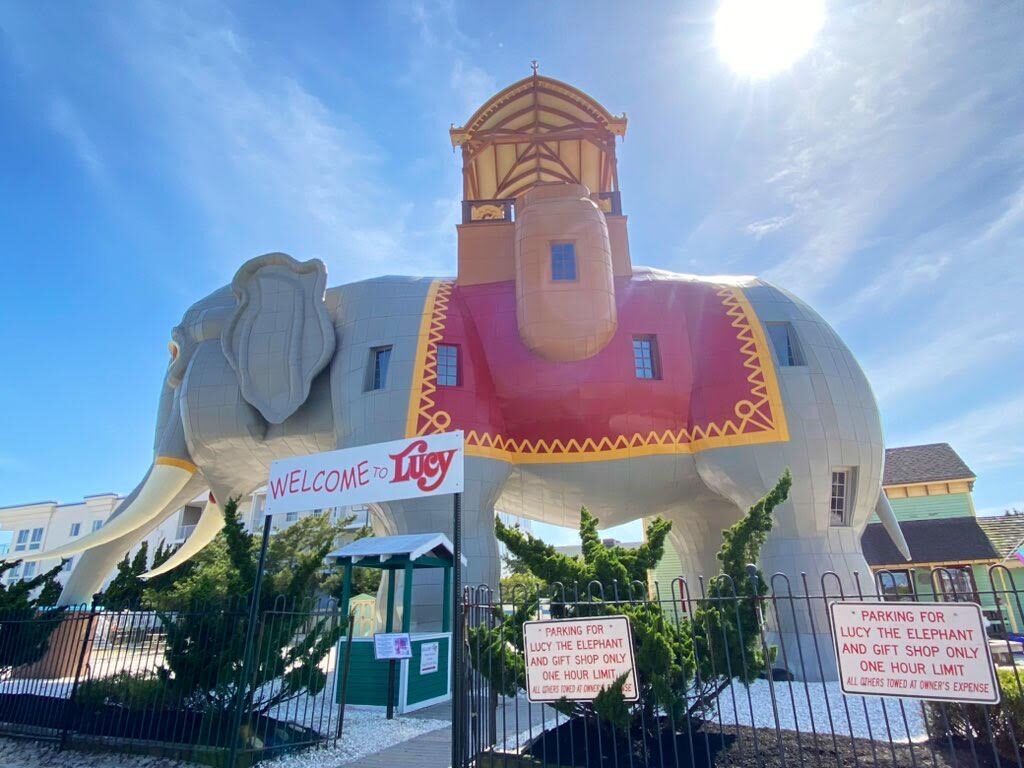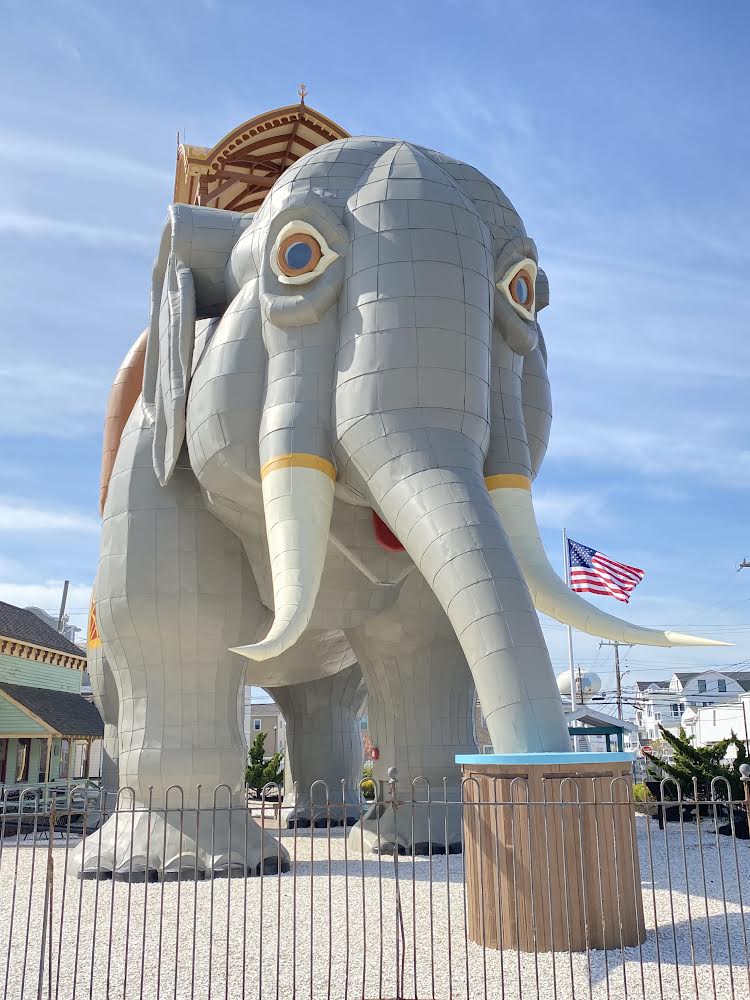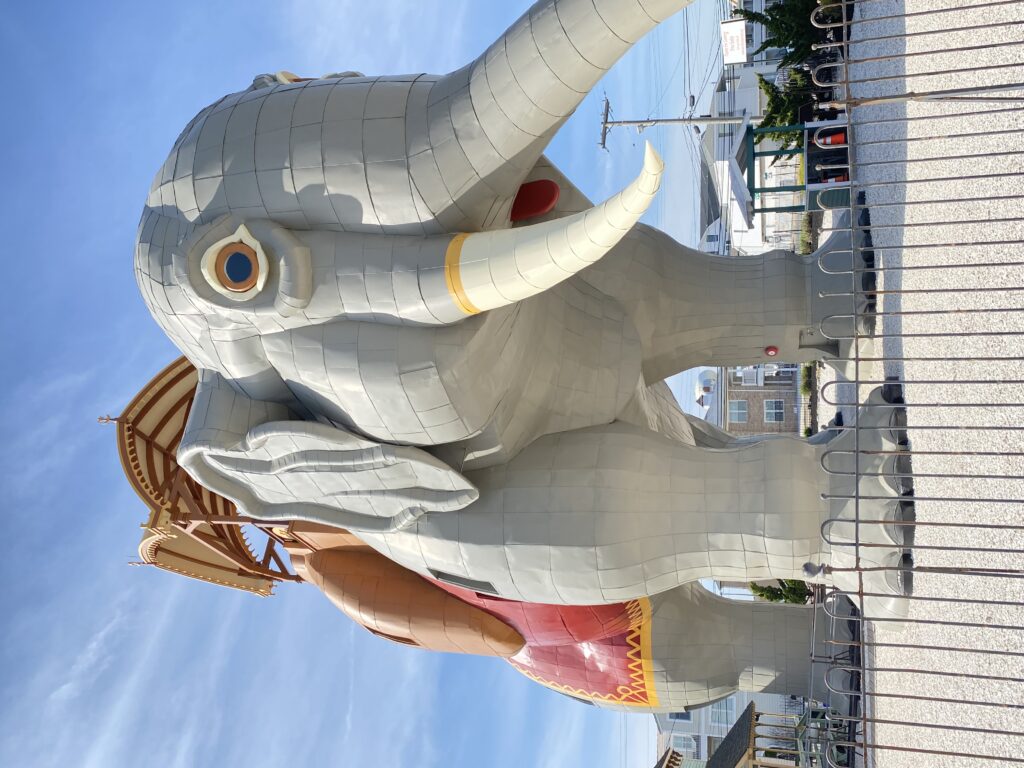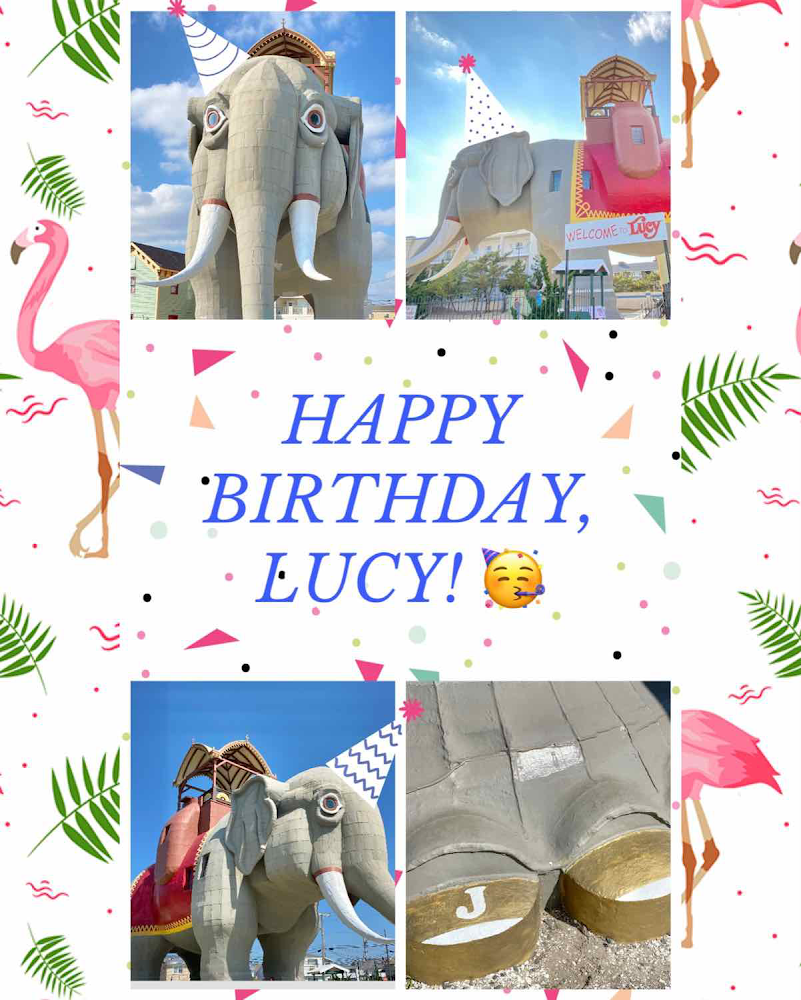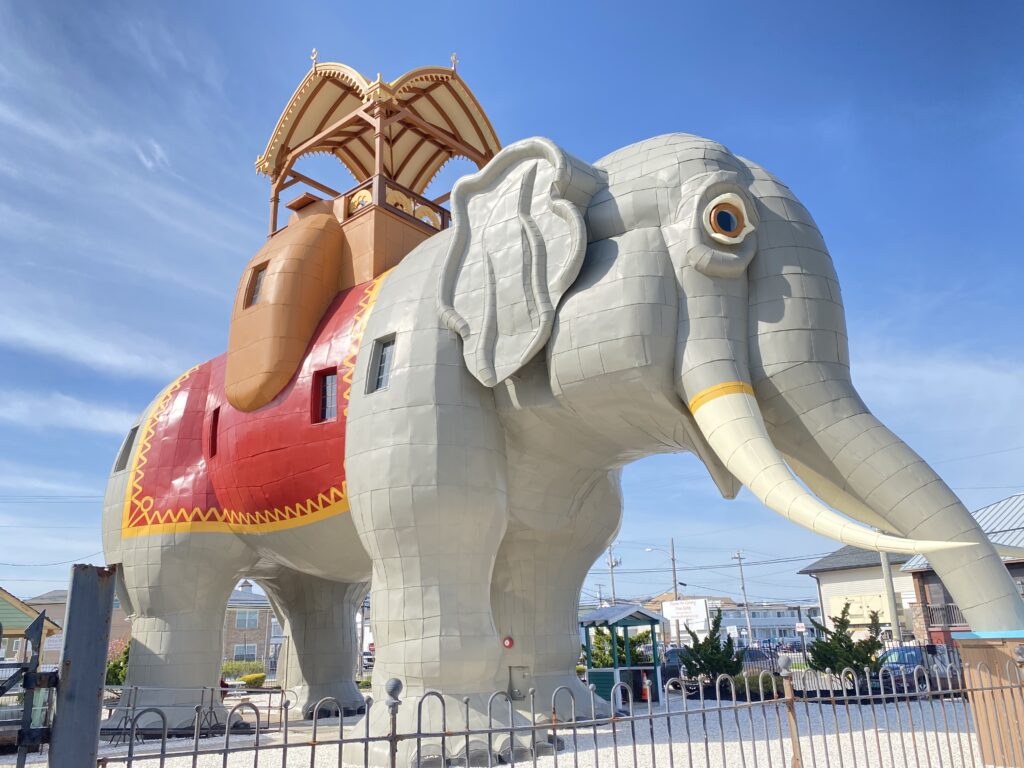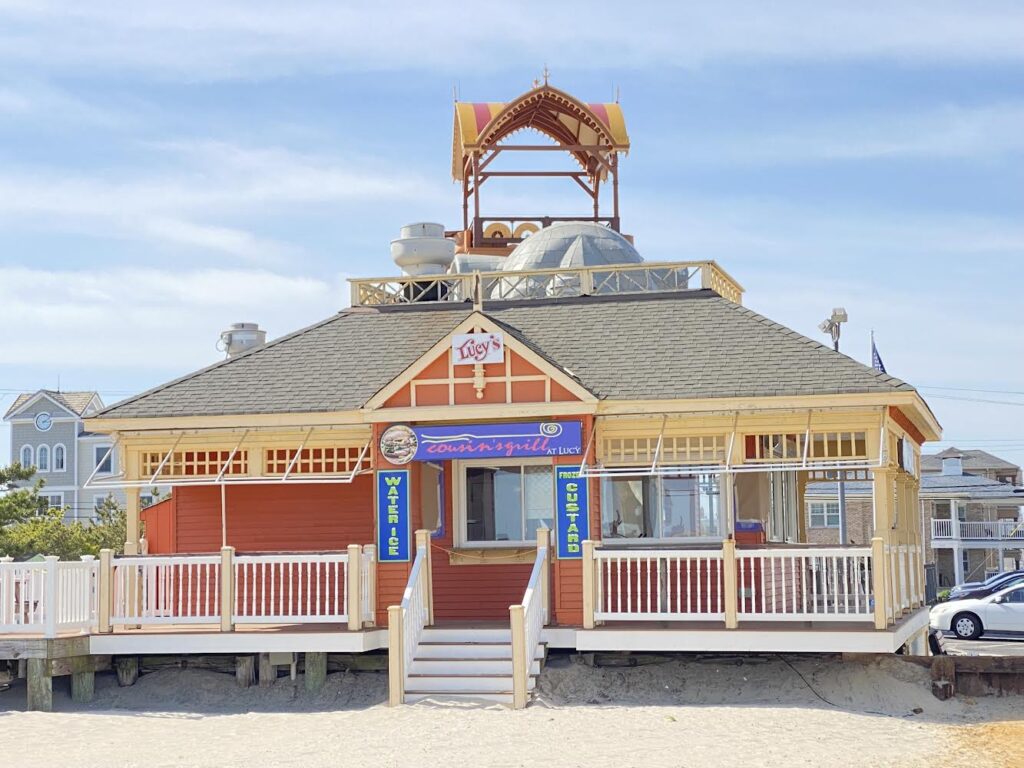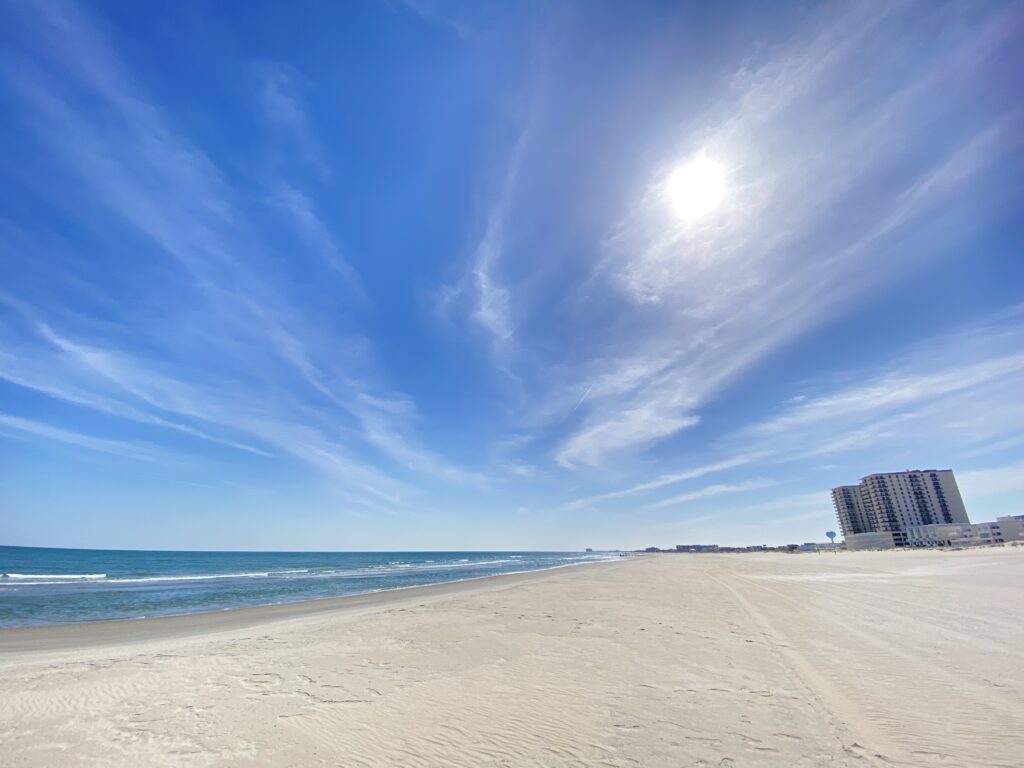“I paint life as I would like it to be.” Norman Rockwell
Who could seem more different than Frank Sinatra and Norman Rockwell? On the surface, one might think “Fly Me to the Moon” as a song to capture their disparate public images. Both, however, were iconic artists of the twentieth century dedicated to excellence in their work, and each told stories in his own medium. At the annual New Jersey Festival of Balloons each July, when the balloons launch at dawn to Frank’s “Come Fly with Me,” his incredible voice soars along with them, still resonant with life, fresh like a Norman Rockwell “snapshot”. What seems effortless is always the result of dedication.
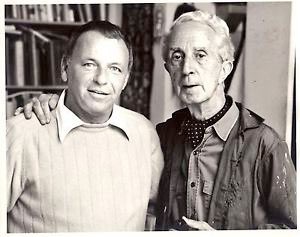
Frank and Norman at the studio (eBay.com)
Norman Perceval Rockwell and Francis Albert Sinatra met in at Norman’s studio in Stockbridge, Massachusetts in 1971, when Frank sat for a portrait commissioned as a gift for his family. The relocated studio is now part of a visit to Norman Rockwell Museum – The Home for American Illustration, one of the highlights on a scenic Berkshires stay.
There’s almost always a New Jersey connection wherever one goes and the same is true of the museum dedicated to Mr. Rockwell’s work in Stockbridge, Massachusetts. Norman Rockwell became a tried and true New Englander and the official state artist of the Commonwealth of Massachusetts, but he grew up in New York City across the Hudson River from Frank’s native Hoboken about twenty-one years earlier. An artist who came on the scene at the end of the Golden Age of Illustration, the period between the late 1800’s and post World War I, Norman was fortunate to start out at a time when talent met with opportunity. New publications in wide circulation were in need of artists. Though famous for his cheerful slices of American life, it may surprise people to know that Norman Rockwell created one of his most beloved paintings “Doctor and the Doll,” 1929, during a difficult time following a divorce. The model is actor Pop Fredericks who appears in a number of Norman’s paintings and often played the role of Ben Franklin and Santa Claus at events.
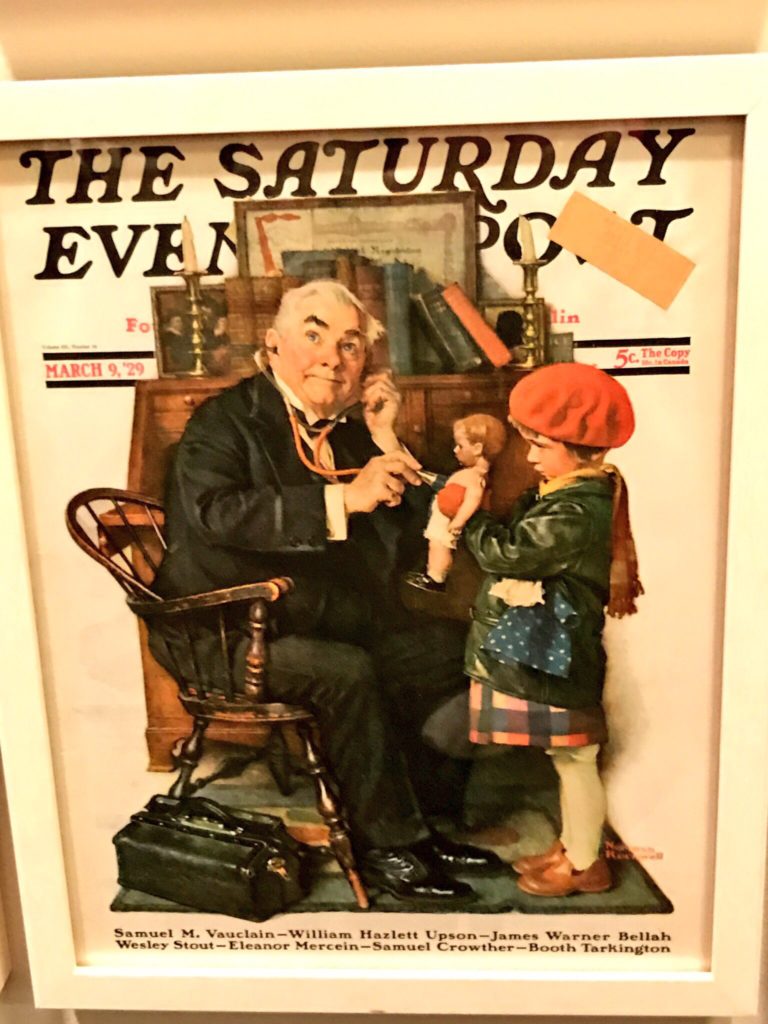
Norman lived in Stockbridge after moving there from Vermont. People know his lighter depictions of everyday life best from The Saturday Evening Post covers delivered weekly to homes across the United States from 1916 and 1963, which made his work a part of American life for five decades. Those paintings live on in reprint on calendars, greeting cards, and just about everywhere for any holiday. Norman often used local models, including his three sons, and the beautiful Berkshires for inspiration. Stockbridge residents fondly recall seeing him riding his bicycle around town. His 323 Post covers are on display in a room downstairs in the museum. Framed, they fill the four walls in a stunning tribute to Mr. Rockwell’s prolific talent and one can see why whenever his art graced the cover, the magazine had to print an additional 250,000 copies to meet customer demand. This wonderful photo shows him setting one of his models at ease, though he may have been giving direction as he often worked from photographs.
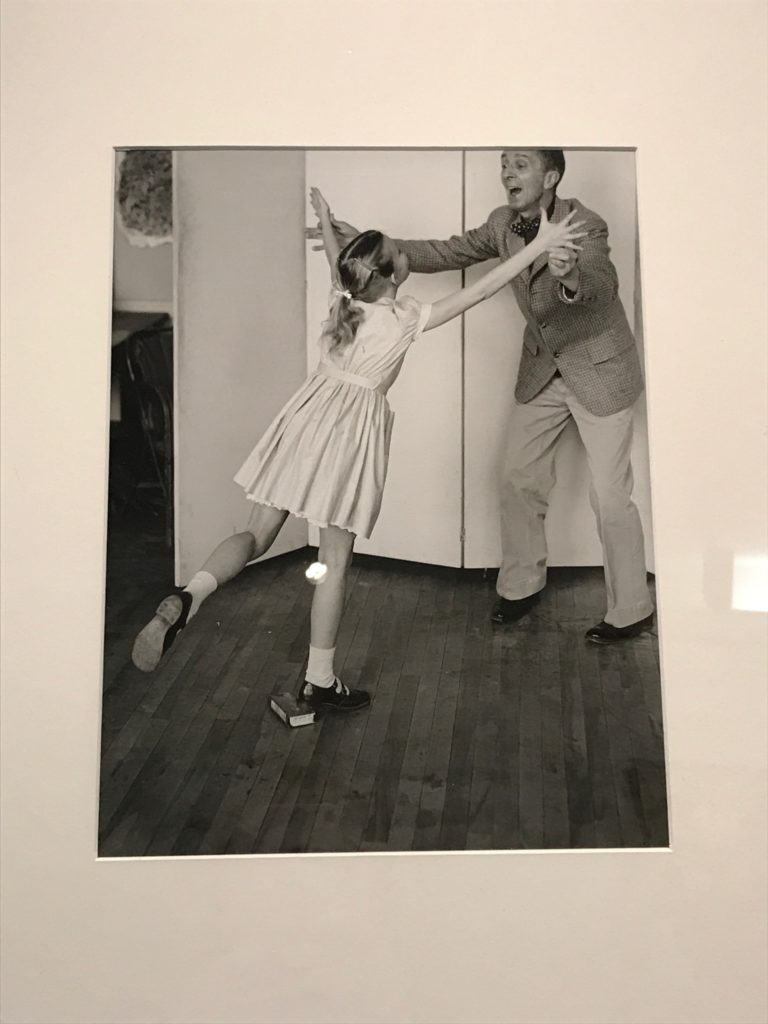
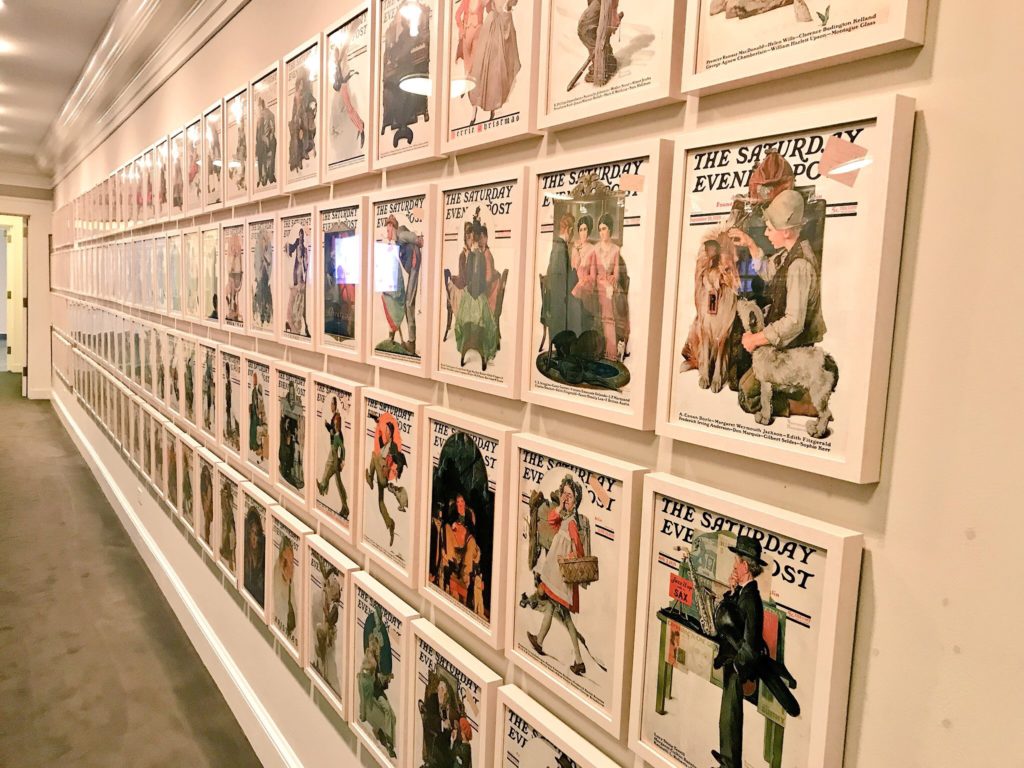
One wall of “The Saturday Evening Post” covers
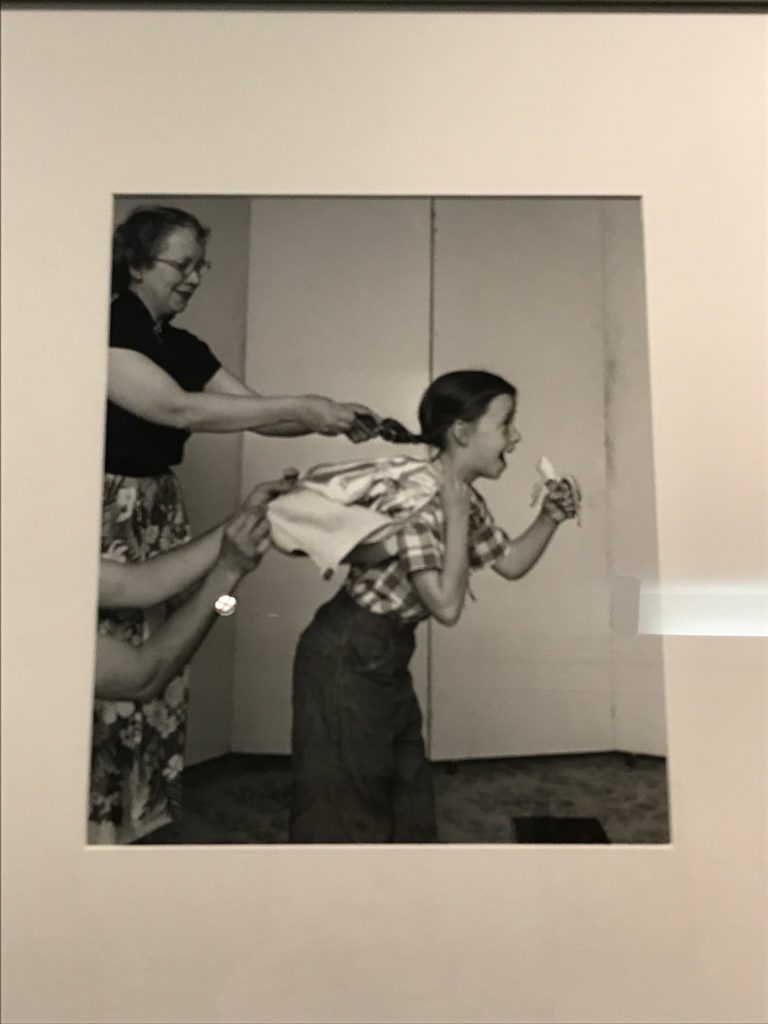
Another view of the process
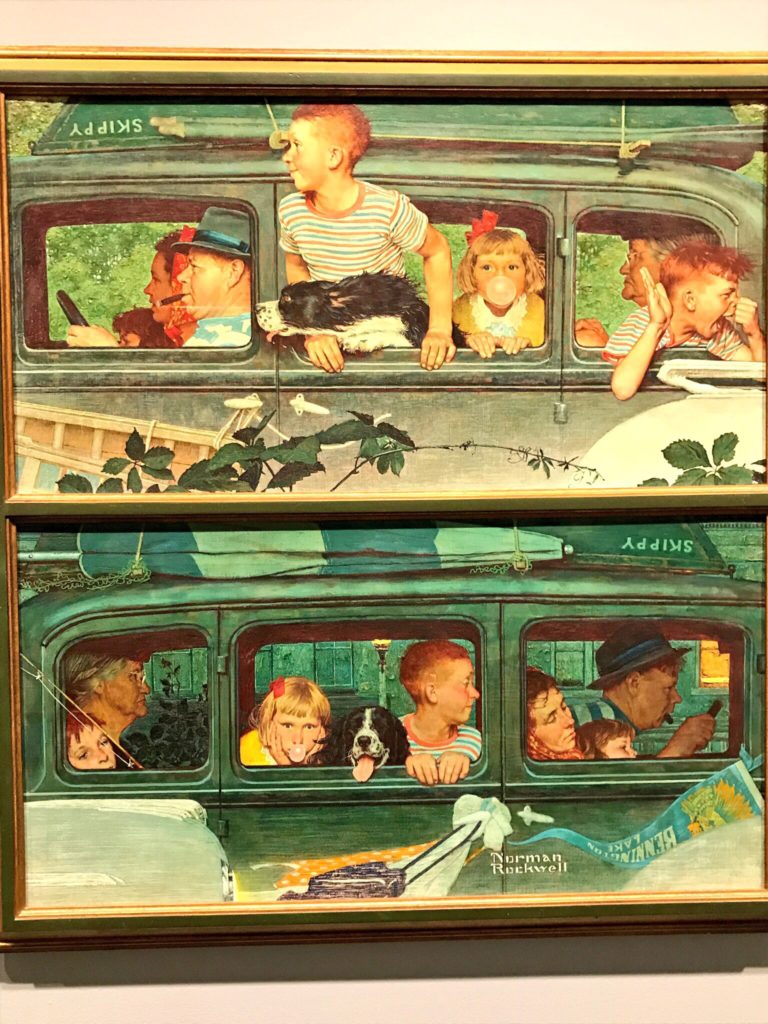
On the way to and from vacation – can you guess which is which?
Norman was a talent from the outset, landing a cover and a job at Boy’s Life magazine right out of high school. For years, he also provided art for the annual Boys Scouts of America calendars. His work still is everywhere and can be enjoyed here in New Jersey at Princeton’s historic Nassau Inn where one can view the “Yankee Doodle Mural”. The historic inn is neighbor to cultural resources like the Arts Council of Princeton which one can discover in walking tours through the inn or Discovering Princeton, both also noted as a thank you for longtime social media follows.
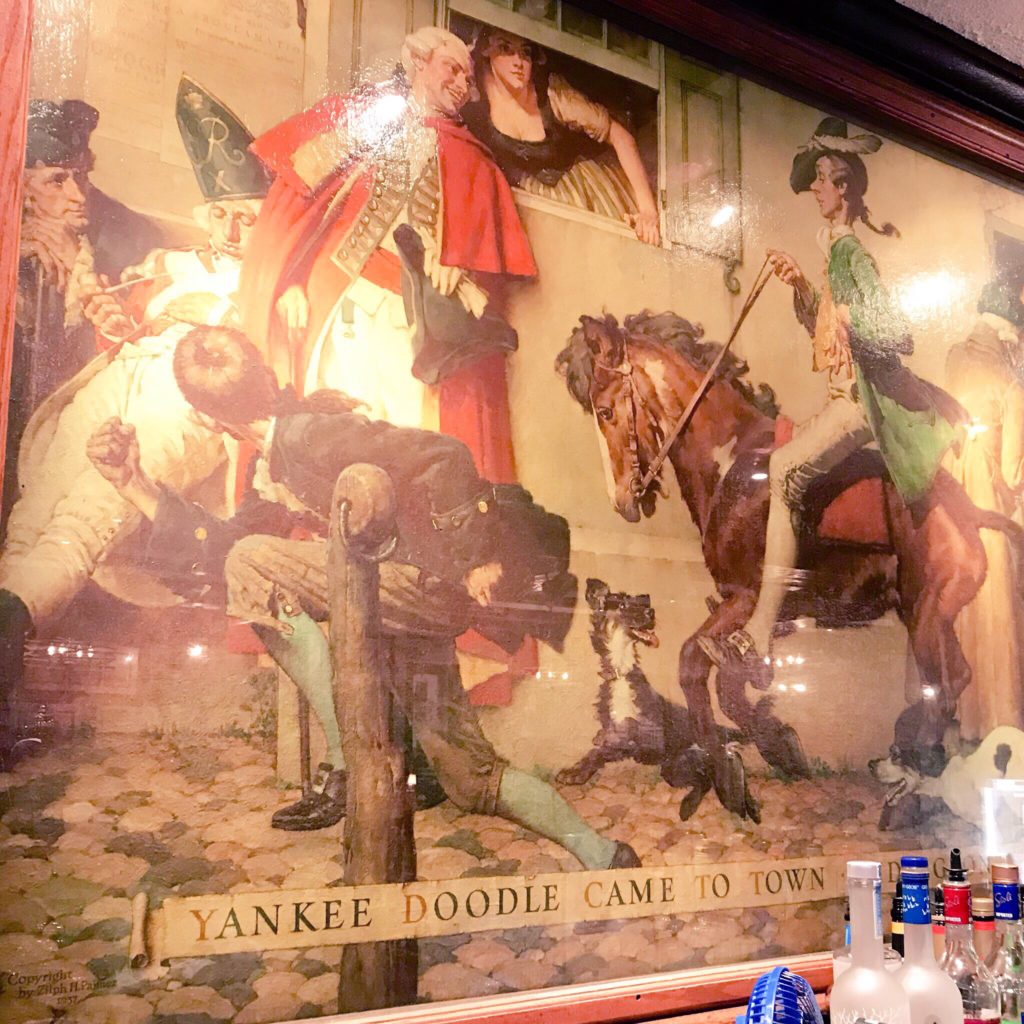
Detail from “Yankee Doodle Mural,” Nassau Inn, Princeton
A Norman Rockwell real-life happy ending happened last year in Cherry Hill, New Jersey. Years ago, a young man had accidentally damaged a Rockwell painting “Taking a Break” with his pool cue during a game and apologetically purchased the work for $50. Despite the minor flaw, the family enjoyed the painting until it was stolen. Forty years later, authorities recovered it much to the family’s delight. Concerned about security as it was, alas, not painted on a wall, they sold it for a staggering $900,000.
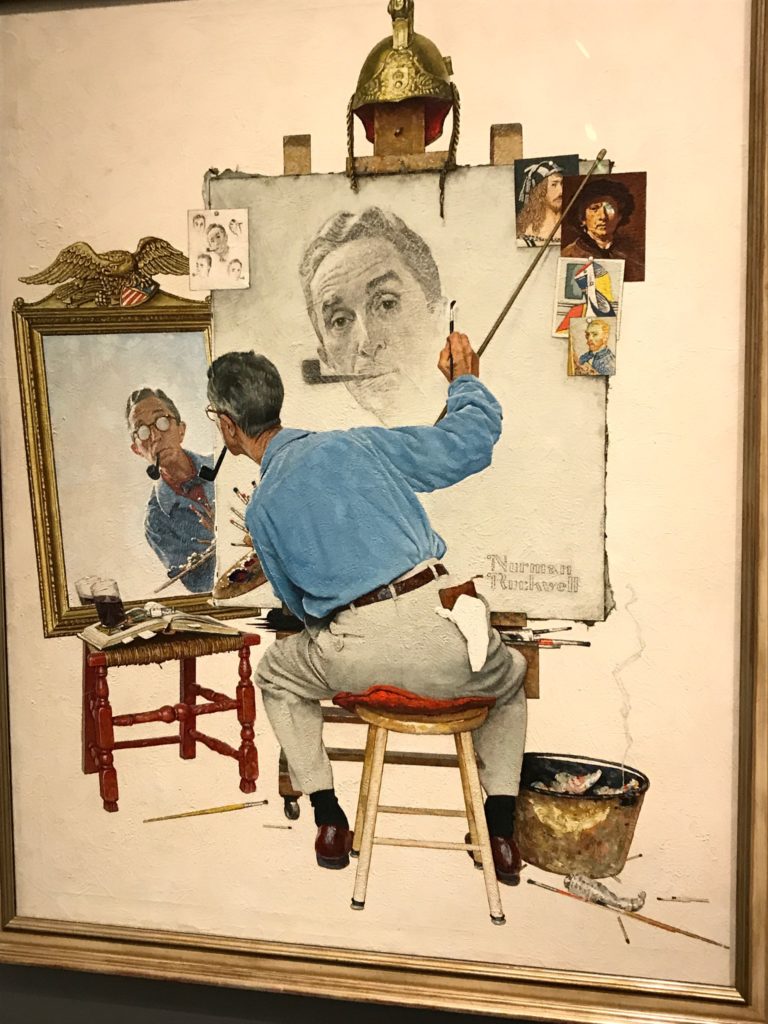
“Triple Self-Portrait,” 1960. The helmet is a symbol of humility. Norman bought it from a Parisian antiques dealer. Thinking himself clever for getting a deal, turned out that it was a contemporary dress French fireman’s helmet.
Noted for conveying charm through humor, both Norman and Francis would likely have enjoyed the Cherry Hill story. More profoundly, they also shared similar beliefs about freedom and civil rights. This aspect of Frank’s public life is perhaps better known today than Norman’s via documentaries and televised dramas, including Mr. Sinatra’s rise to stardom as a proud Italian-American who kept his surname in the 1940’s despite advice to the contrary. “Sinatra” on the marquee was more than billing.
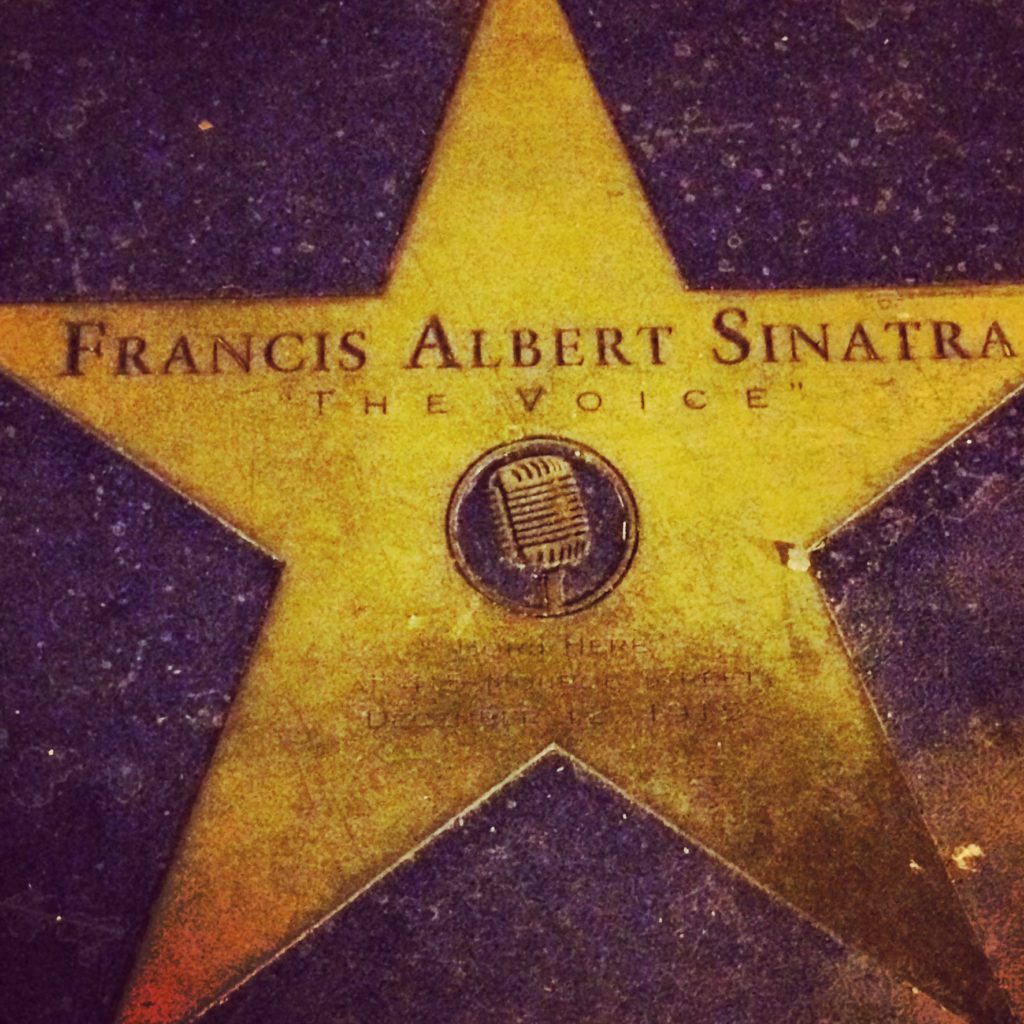
Star on the sidewalk outside Frank Sinatra’s former home on Monroe Street in Hoboken
Americans may experience name-recognition with Norman Rockwell’s paintings of the Four Freedoms from President Franklin Delano Roosevelt’s Annual Message to Congress of January 6, 1941: Freedom of Speech, Freedom of Worship, Freedom from Want, and Freedom from Fear. The speech did not go over as the president had hoped. Hitler’s threat seemed far away to war-weary Americans, but the wide circulation of Norman’s paintings in The Saturday Evening Post in 1943 made the ideas relatable to the public. The paintings later traveled to help sell war bonds, and their civic contribution earned Mr. Rockwell a Presidential Medal of Freedom from President Gerald R. Ford. Those in the New York City area, enjoyed seeing the Four Freedoms Exhibit, which includes “The Golden Rule,” at The New-York Historical Society Museum & Library till September 1st. The exhibit is now on tour to The Henry Ford Museum in Dearborn, MI, The George Washington University Museum and The Textile Museum in Washington, D.C., the Mémorial de Caen in Normandy, France, Museum of Fine Arts in Houston, TX, and finally back home to the Norman Rockwell Museum.
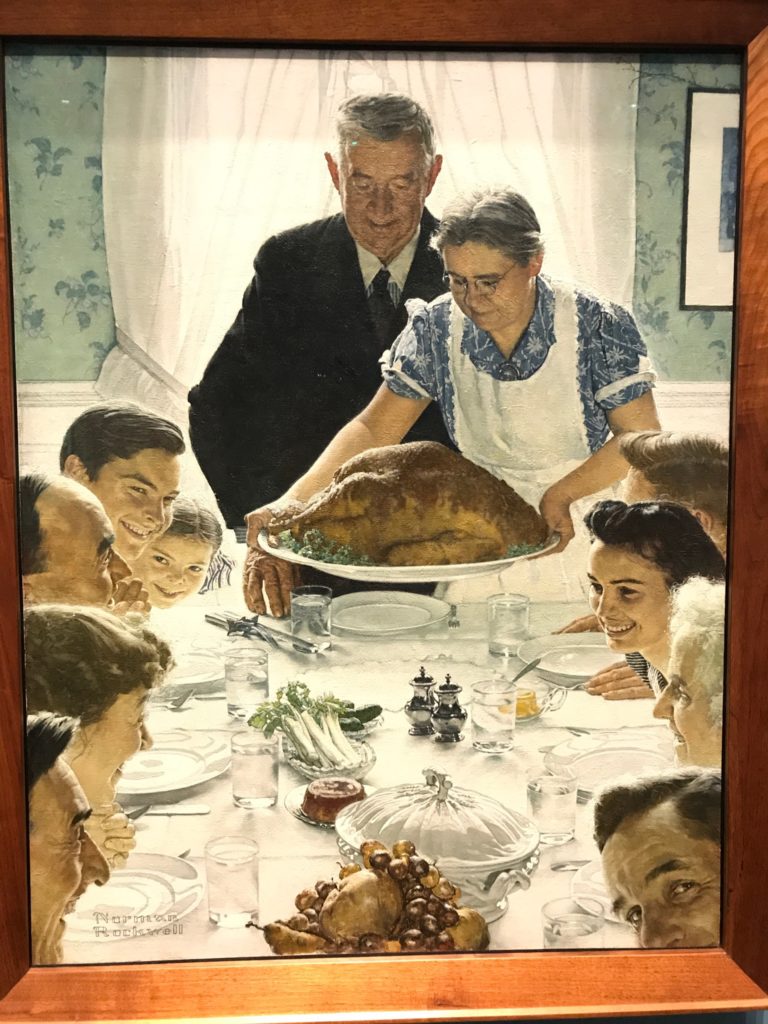
“Freedom from Want”
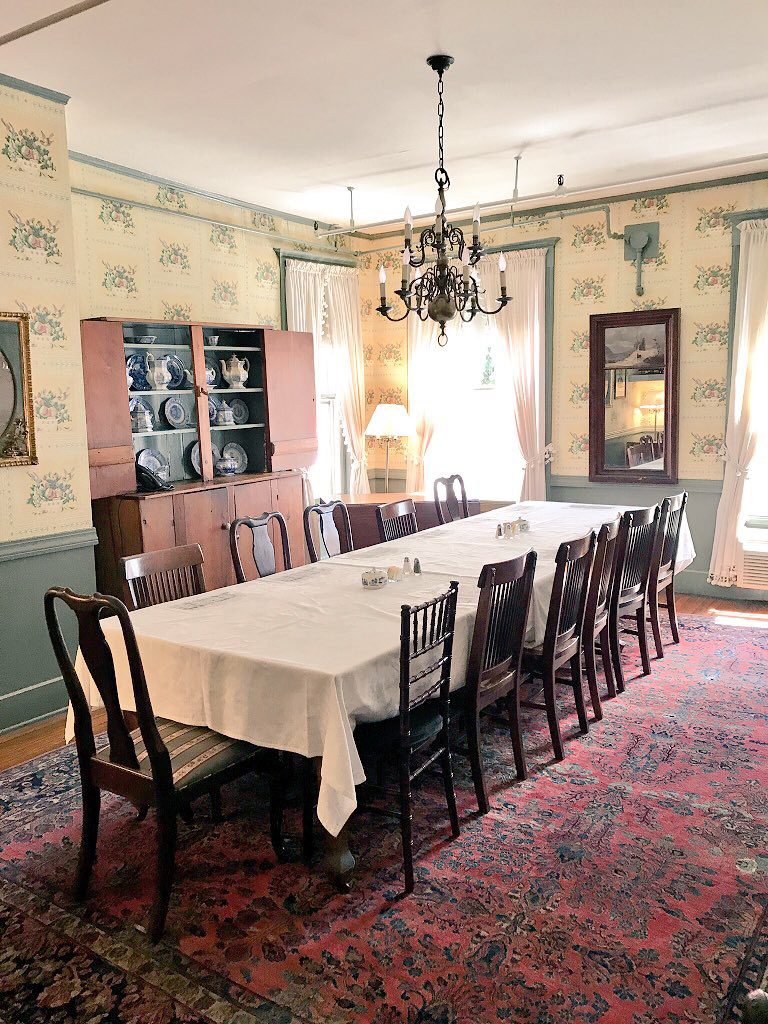
Setting for “Freedom from Want”: staff dining room at Red Lion Inn, Stockbridge
A painting of which both the artist and the museum is proud, “The Problem We All Live With”, 1963, is a story version of the experience of Ruby Bridges, reflective of social issues in Mr. Rockwell’s work in the 1960’s, also in the New York exhibit.
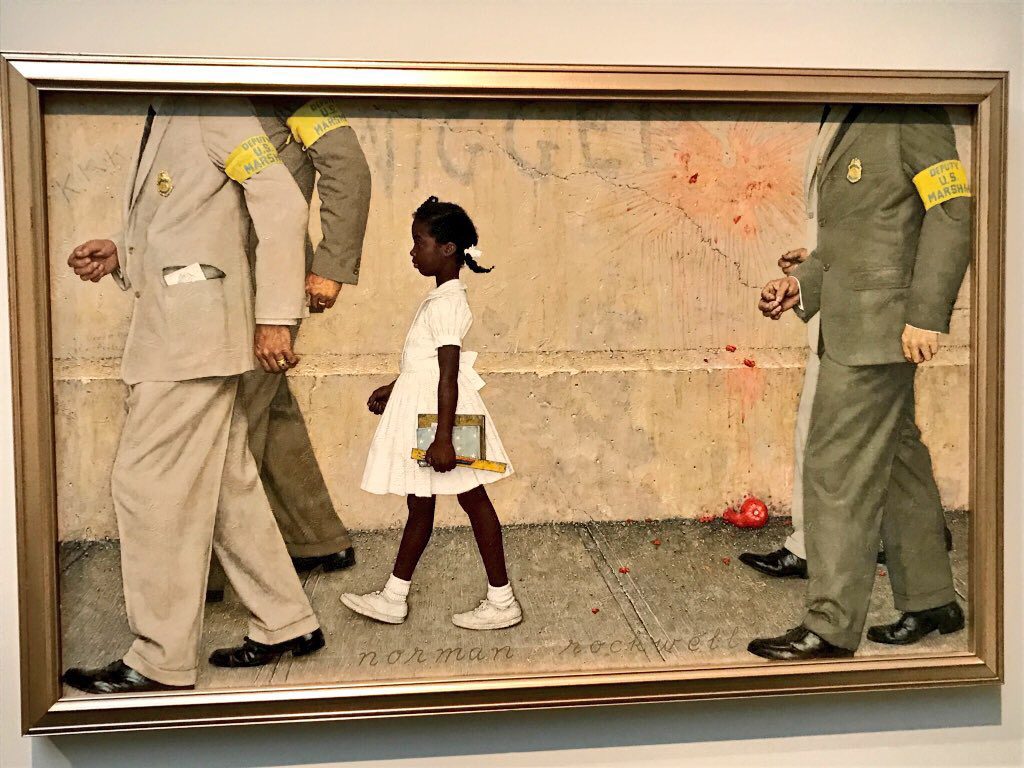
On exhibit at the museum through October 29th is “Keepers of the Flame: Parrish, Wyeth, Rockwell and the Narrative Tradition” featuring works by Maxfield Parrish and Andrew Wyeth in addition to those of Norman Rockwell. The museum also has fun events like visits from former Rockwell models, a history of hand-drawn animation from Mickey Mouse to Tom and Jerry to The Flintstones, children’s events, and lectures by the museum curators, all of which you can find via Twitter: @NRockwellMuseum.
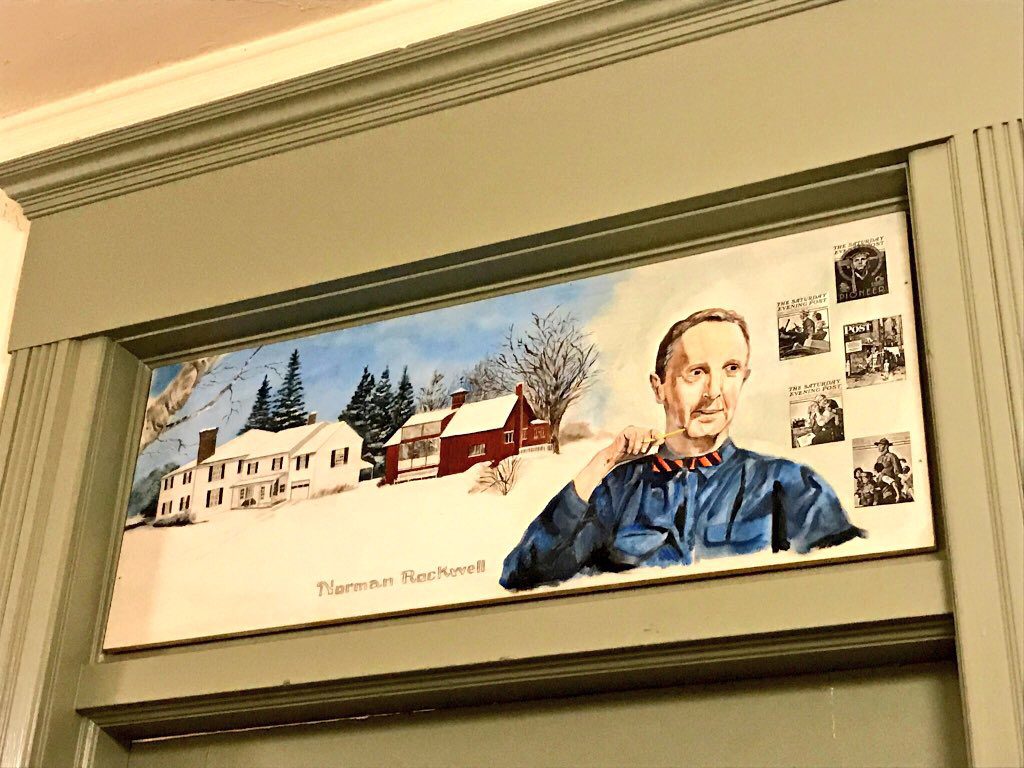
Mr. Rockwell remembered at the Red Lion Inn
Thank you to the delightful and knowledgeable docent at the Norman Rockwell Museum for the studio tour and the fun tidbit about Frank Sinatra. Mr. Sinatra had good company in John Wayne, whose portrait the National Cowboy Hall of Fame and Western Heritage Center commissioned, and Bob Hope, Jack Benny, and Gary Cooper, years earlier. A fun anecdote about Gary Cooper from the Post writers is that he was a model for a May 1930 cover for his film “The Texan,” not a portrait but a painting-story about a cowboy actor having make-up applied on the set. Mr. Cooper, a friend of Frank Sinatra’s in the small world of Hollywood, was not only conscientious but nice to everyone on the staff and crew even as he was becoming a household name. As to where the painting is now, it could be in the collection of avid Rockwell admirer Steven Speilberg, who lived as a child in Haddon Township, New Jersey, and was one of the significant supporters behind the new museum that had outgrown the one in town due to the artist’s popularity.

Berkshire view from the studio near the Housatonic River
The museum has dedicated talented volunteers who are part of the vibrant Stockbridge community, one of whom recently performed from Shakespeare at the Red Lion Inn. For more information on this Blue Star Museum that welcomes active military members and their families, also visit: www.nrm.org. The museum photos are from a trip last summer, but we look forward to our next Berkshire visit.
(Sources: nrm.org, saturdayeveningpost.com, nyhistory.org, mccall.com, history.com, totallyhistory.com, https://sinatrafamily.com/forum/showthread.php/46529-Norman-Rockwell-s-portrait-of-Frank-Sinatra, Wiki)
“‘Frankly Norman: A Sketch” All Rights Reserved © 2018 Kathleen Helen Levey
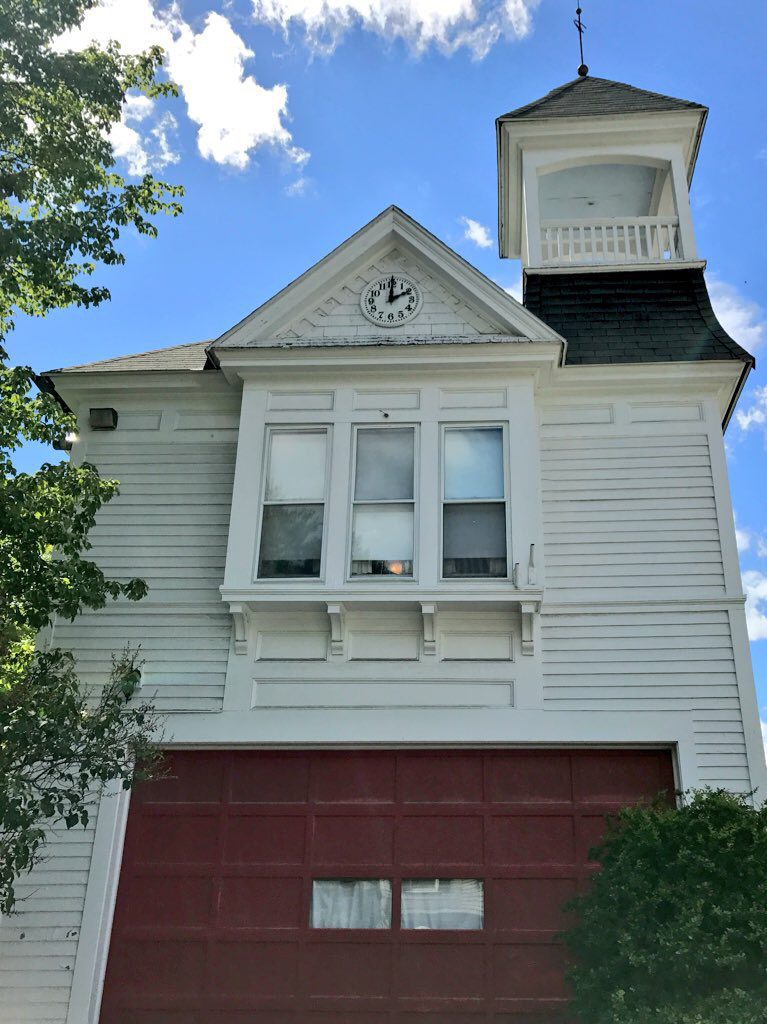
Stockbridge former firehouse featured in “The New American LaFrance is Here!” a popular ad in 1971 for ATO, Inc. American-LaFrance Fire engines.
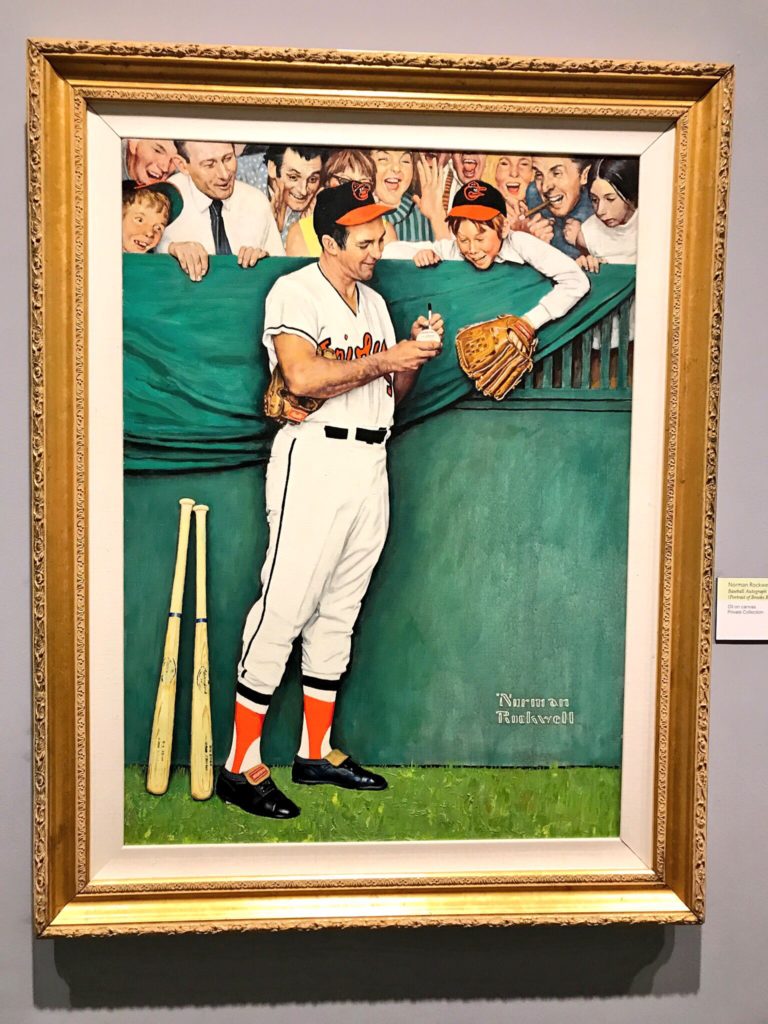
Brooks Robinson of the Baltimore Orioles
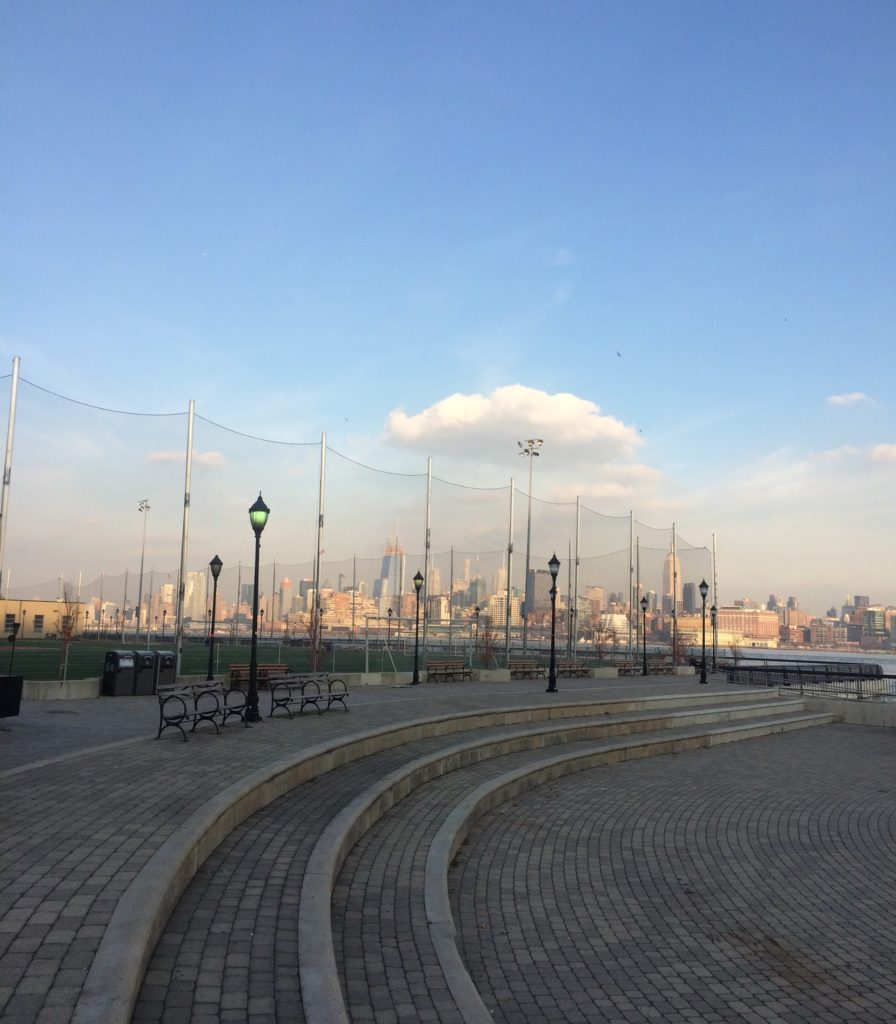
Frank Sinatra Park, Hoboken, with a spectacular view of “New York, New York,” an outdoor amphitheater for concerts, and a playing field in the “home of baseball”.
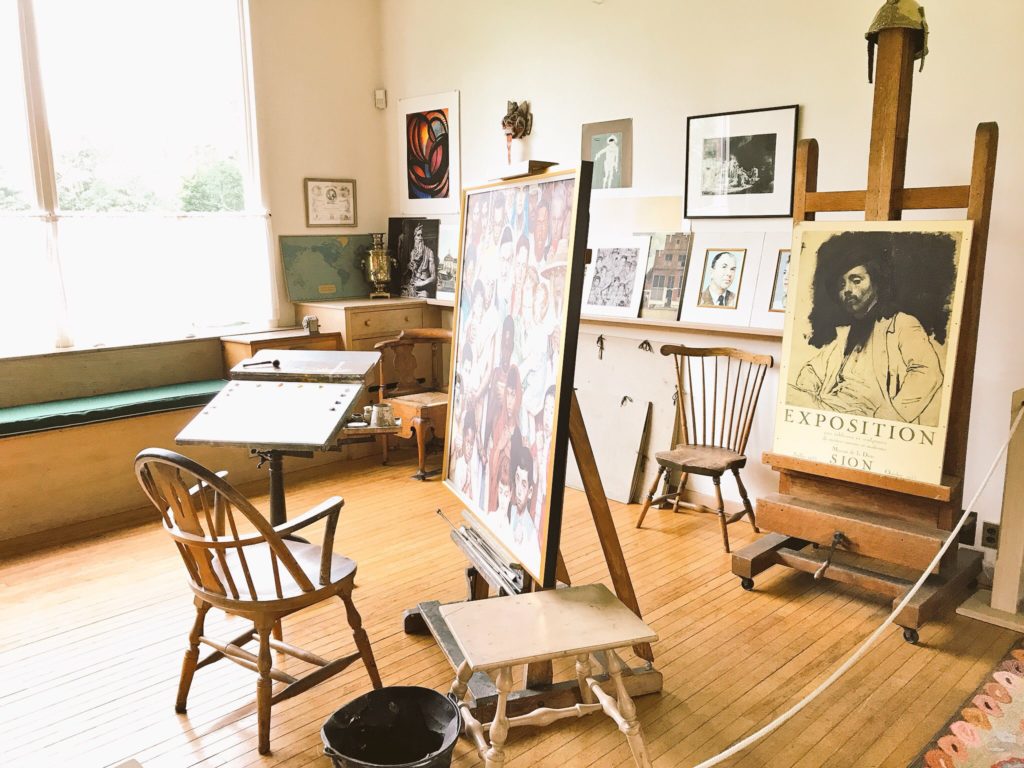
Studio with a copy of “The Golden Rule,” 1961. The original hangs in the United Nations when not on loan.
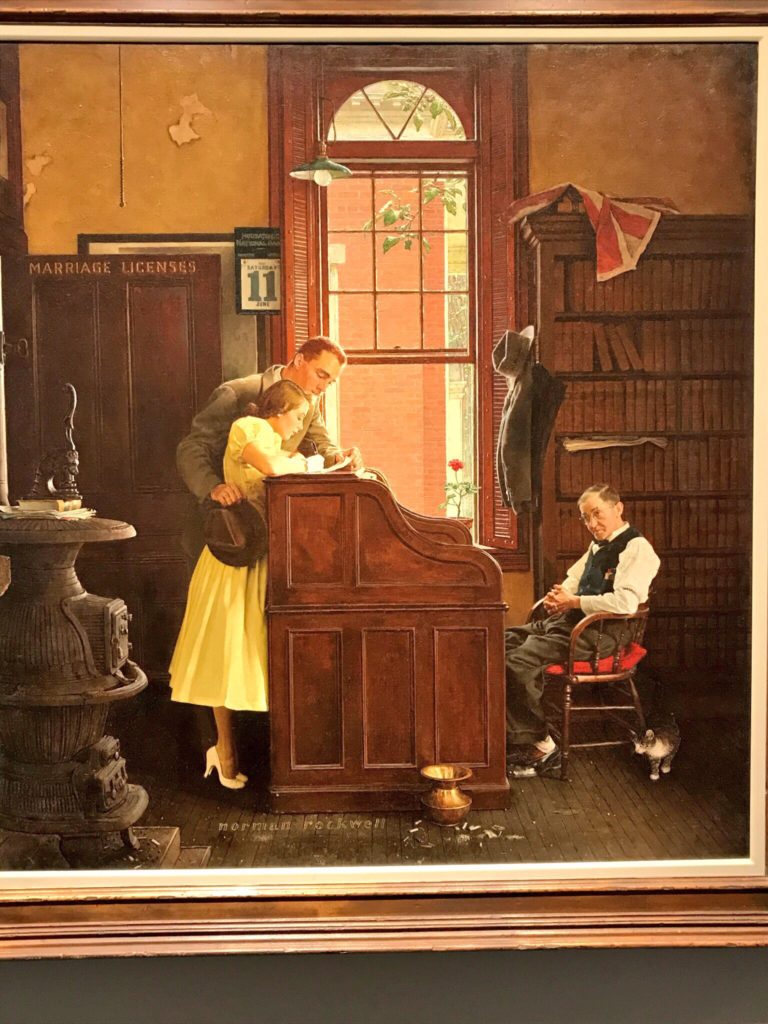
“The Marriage License,” 1954
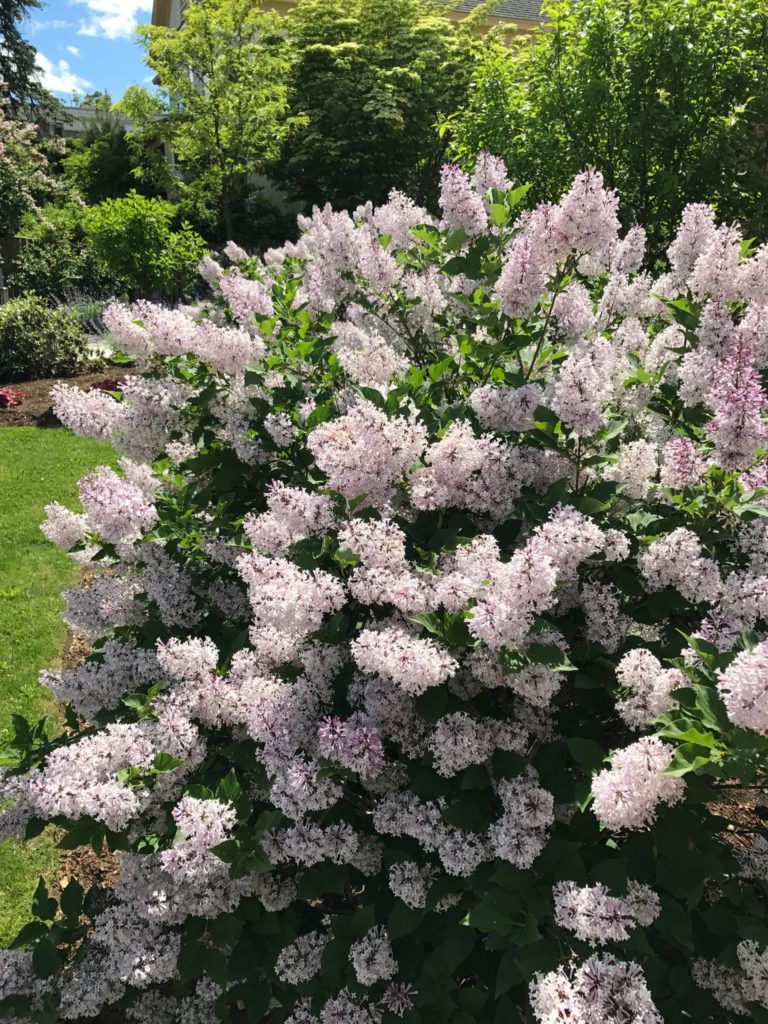
Summer lilacs, Stockbridge

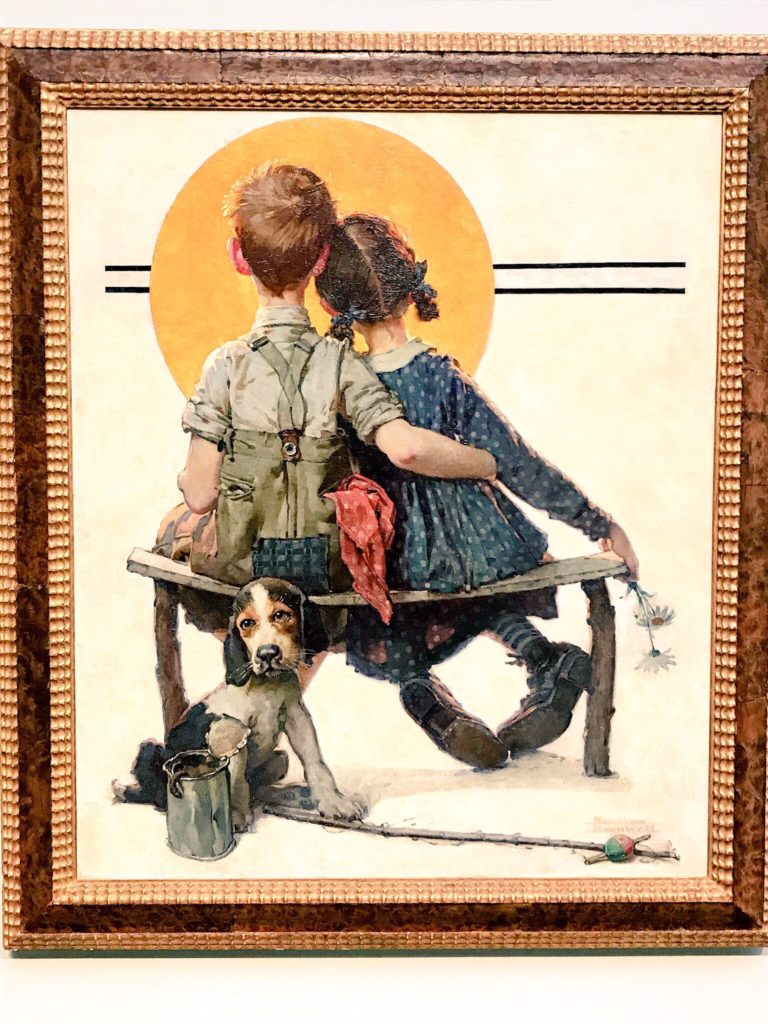
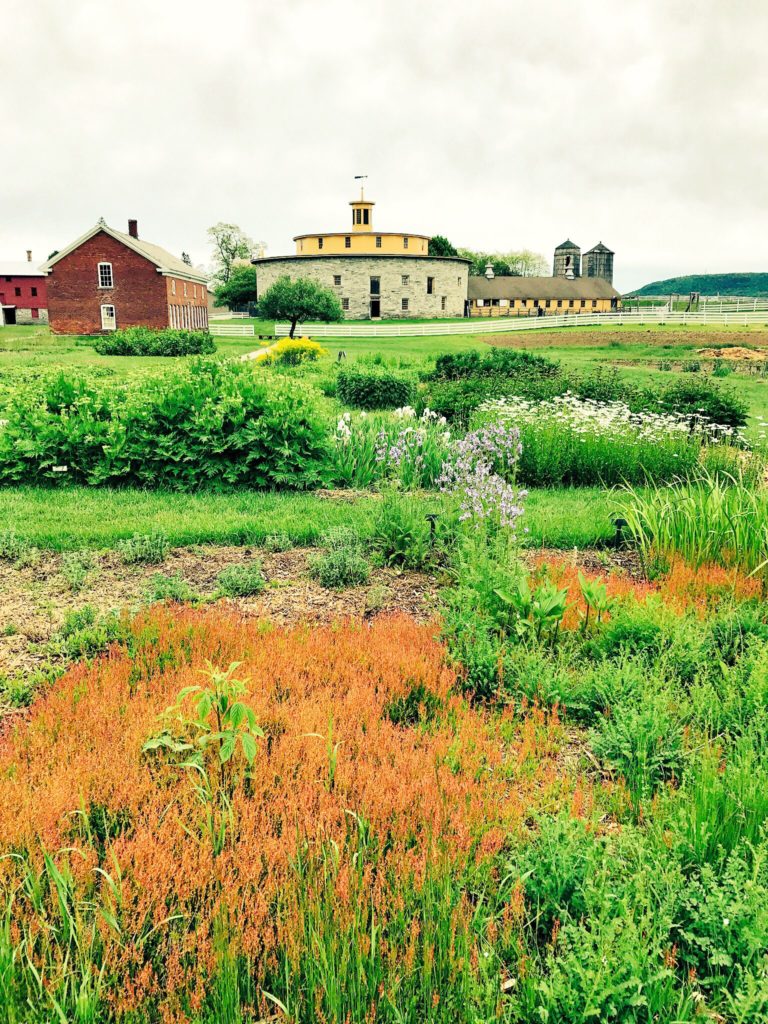
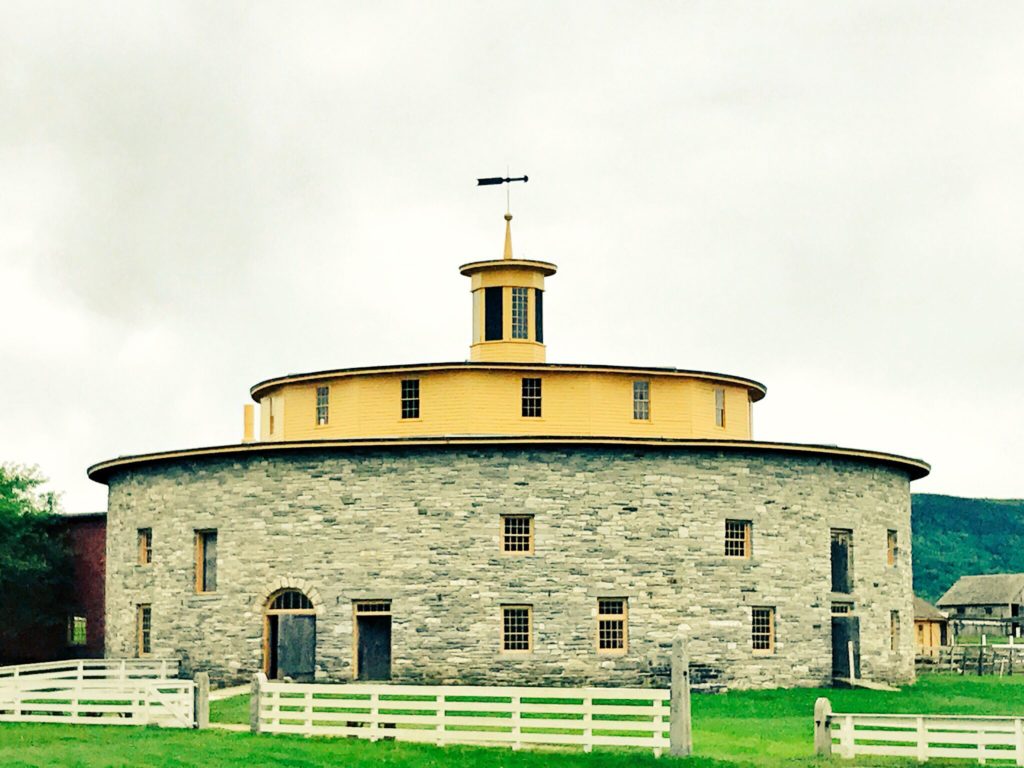
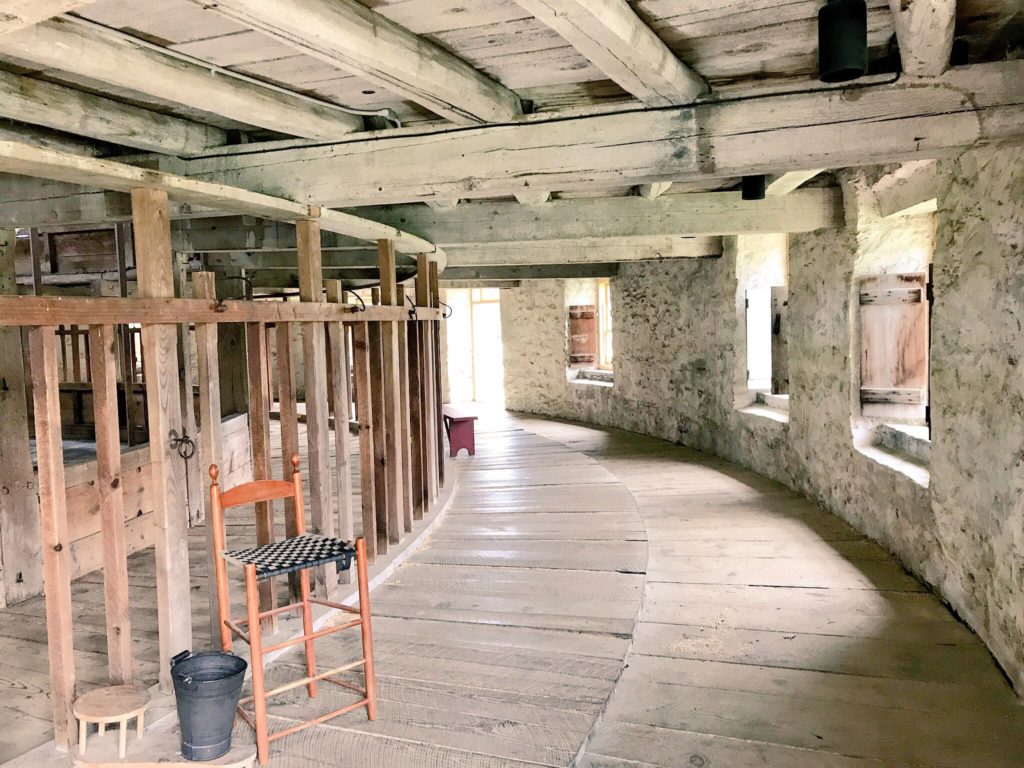
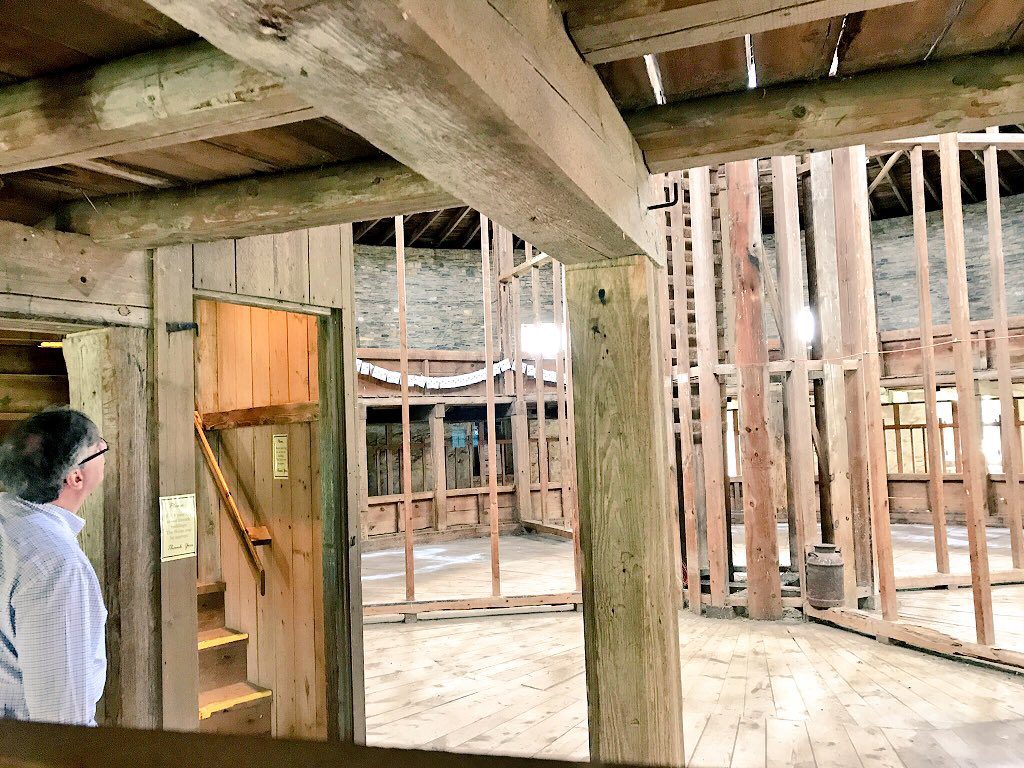
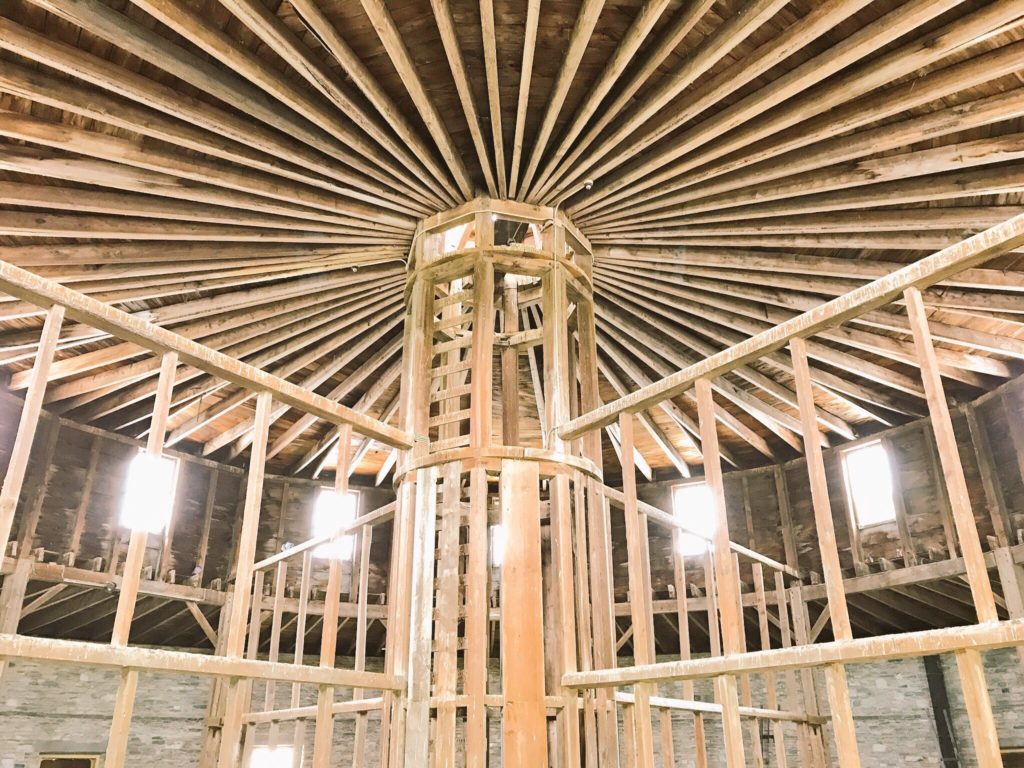
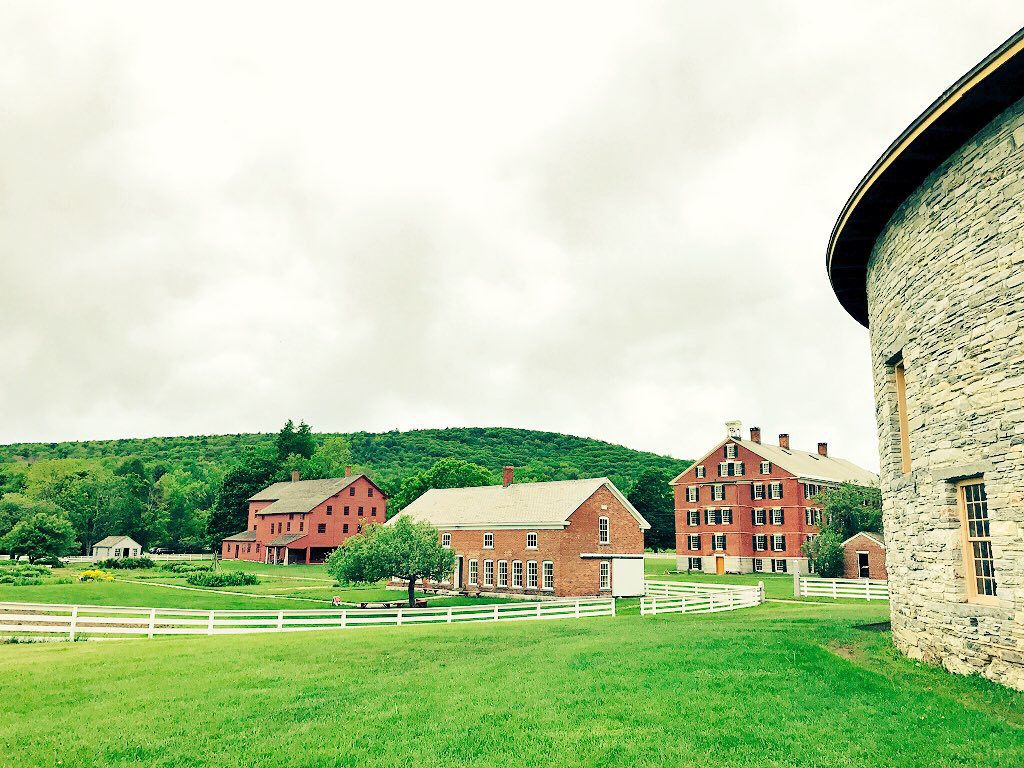
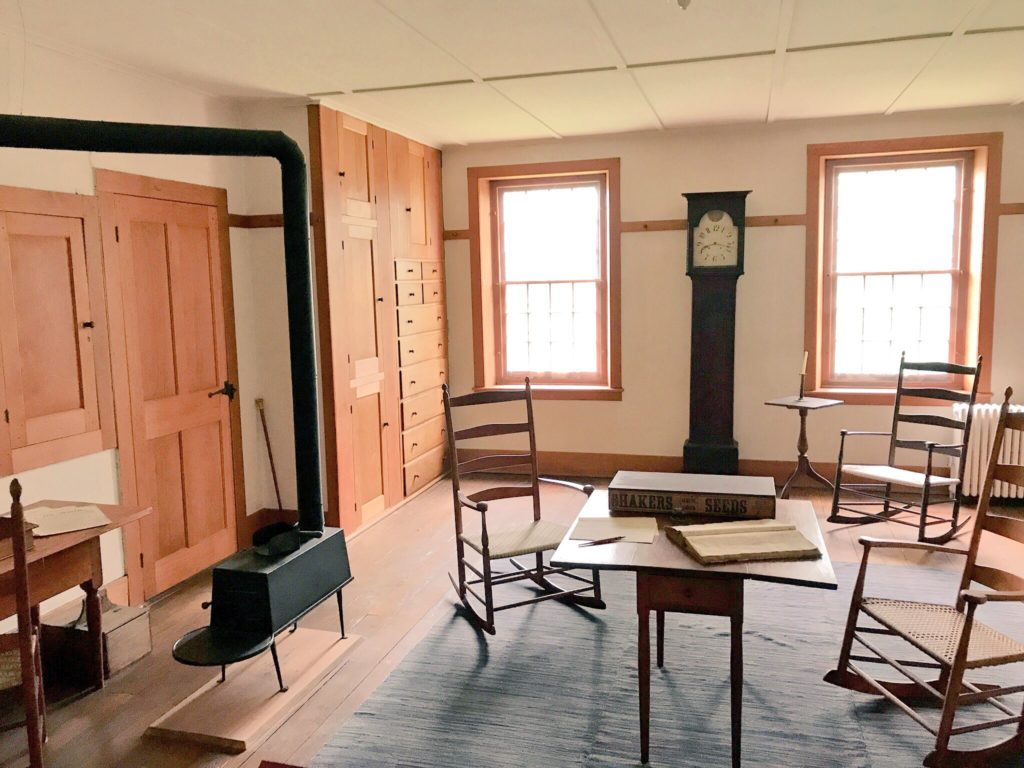
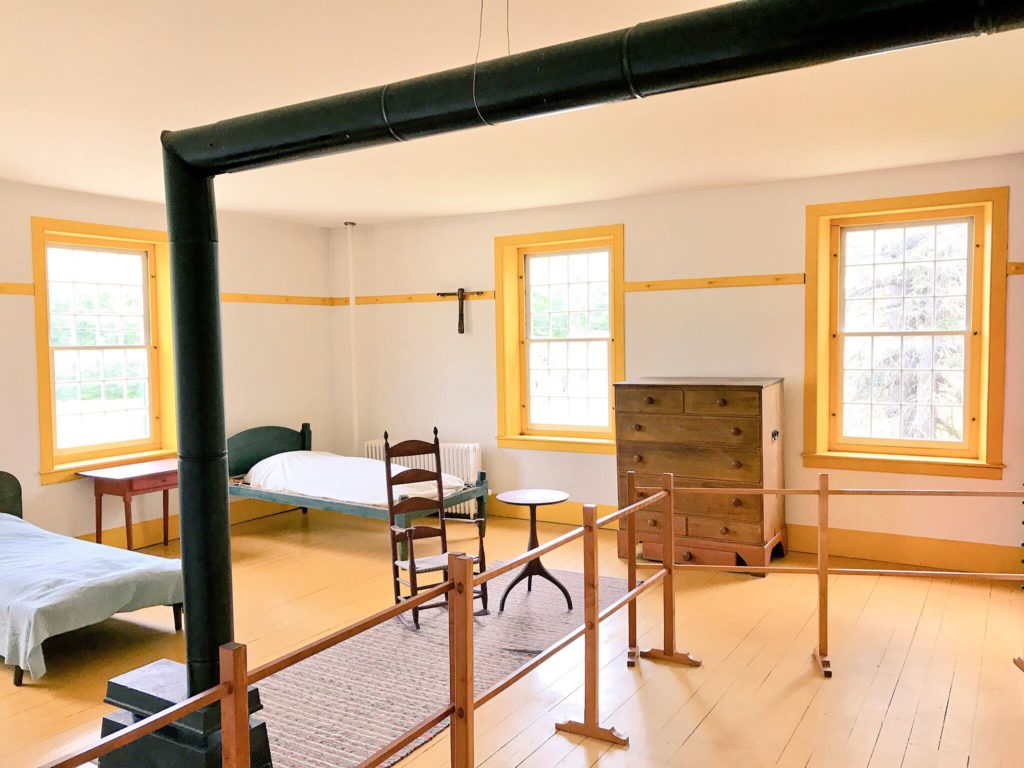
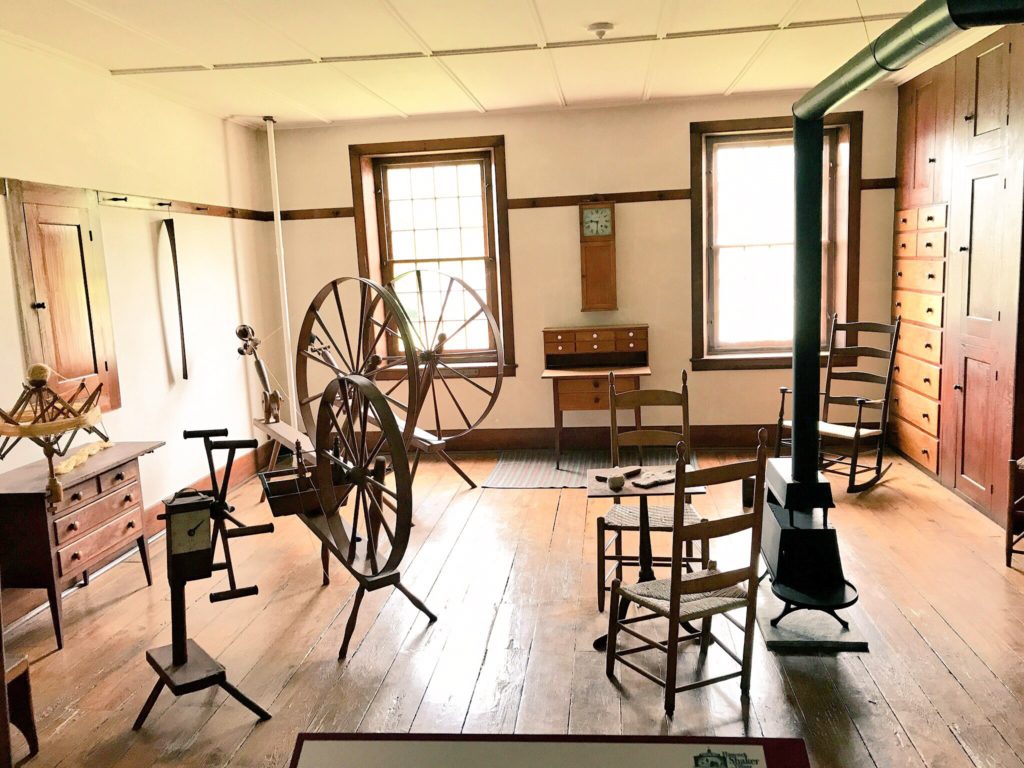
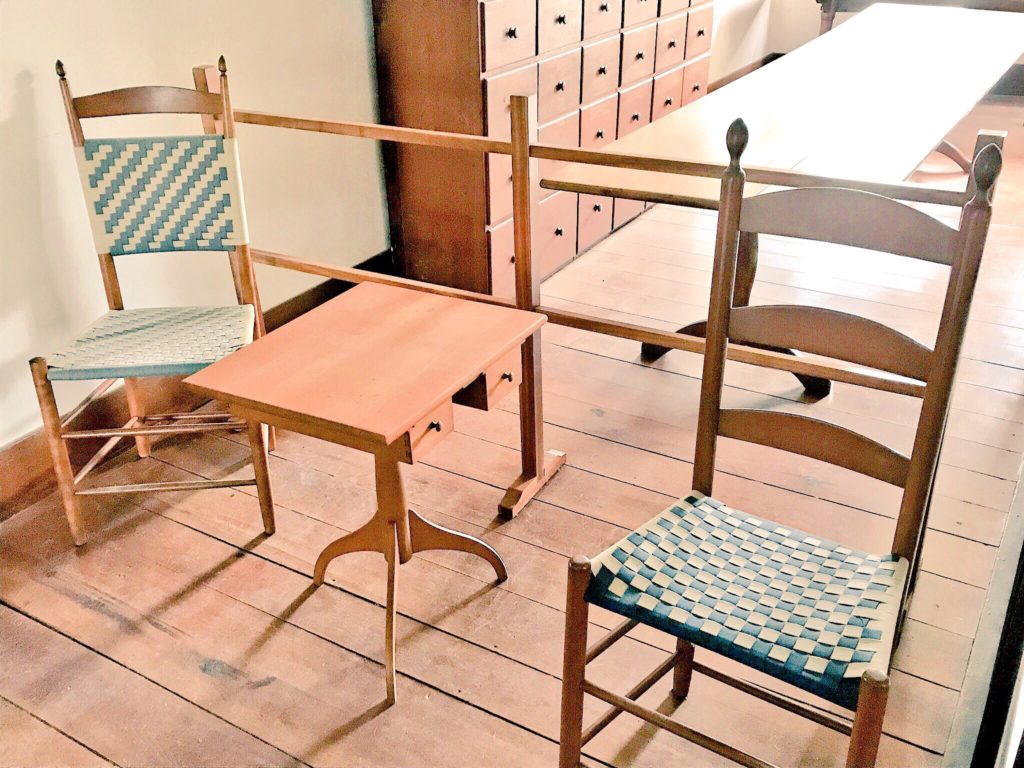
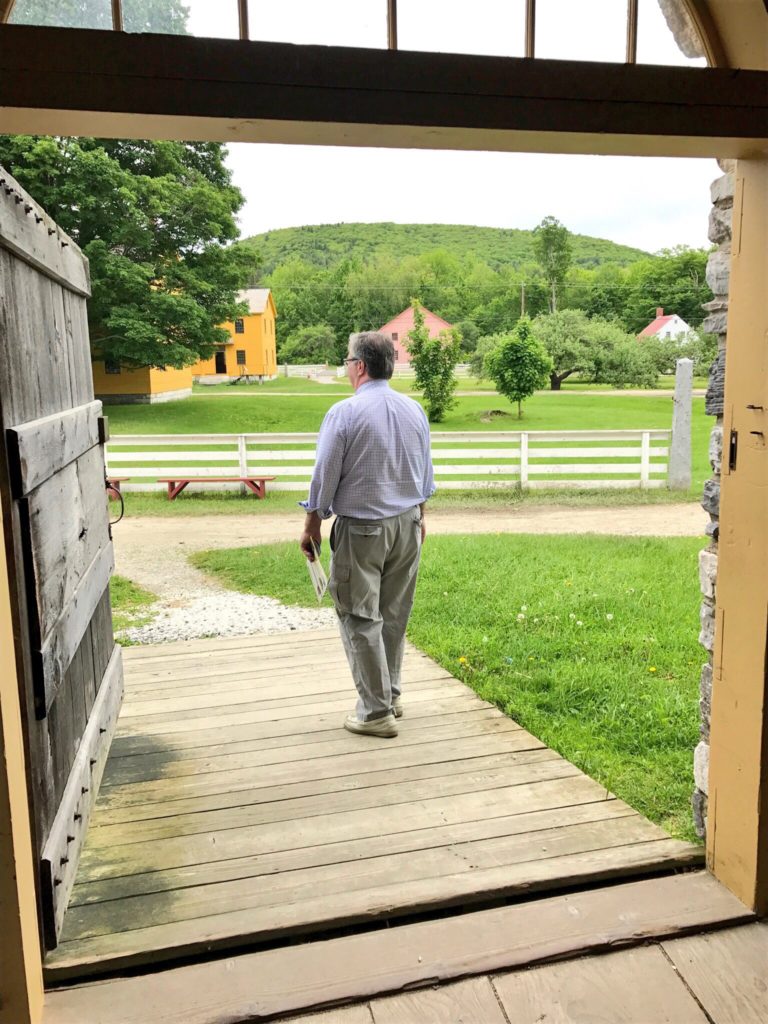
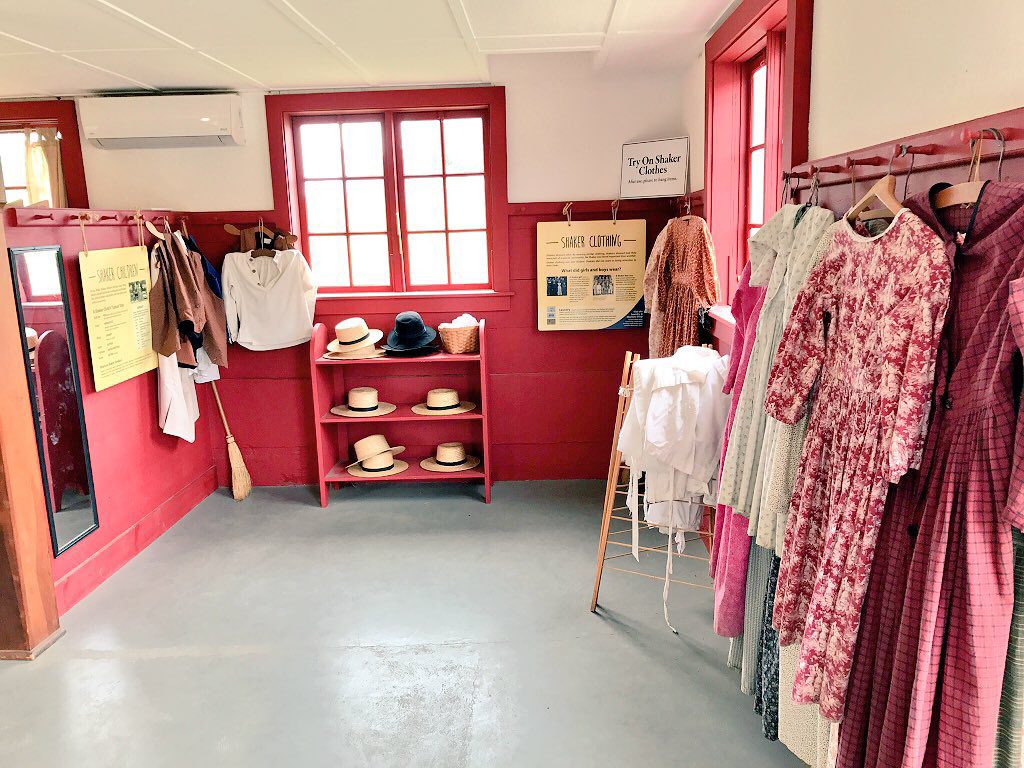
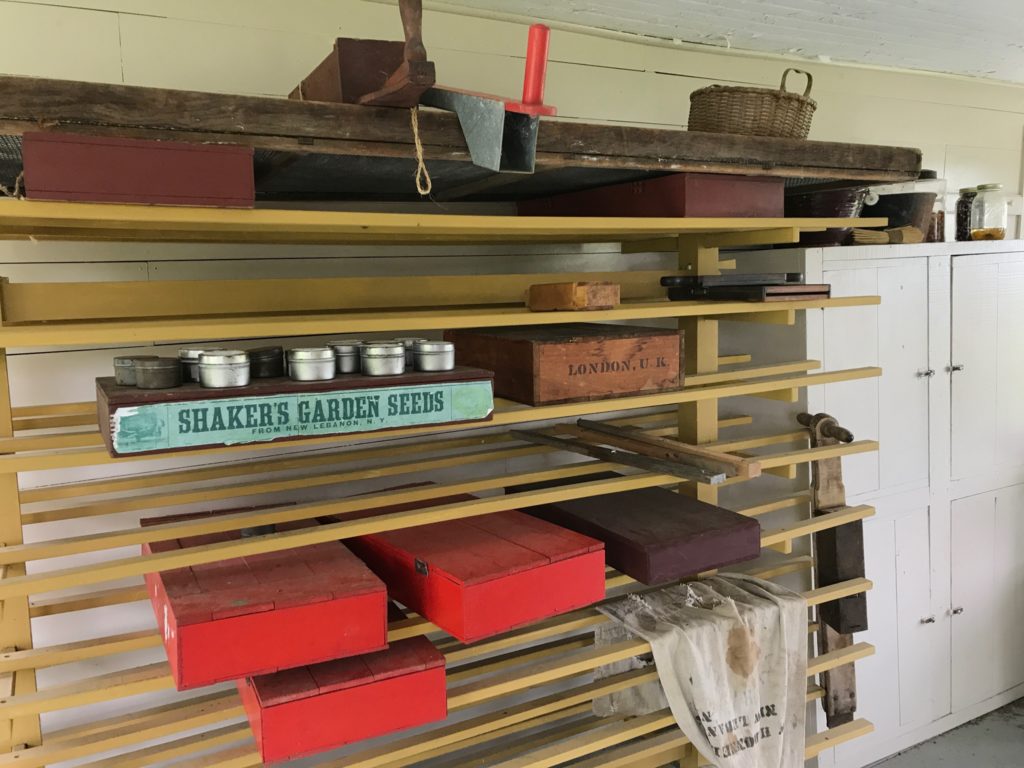
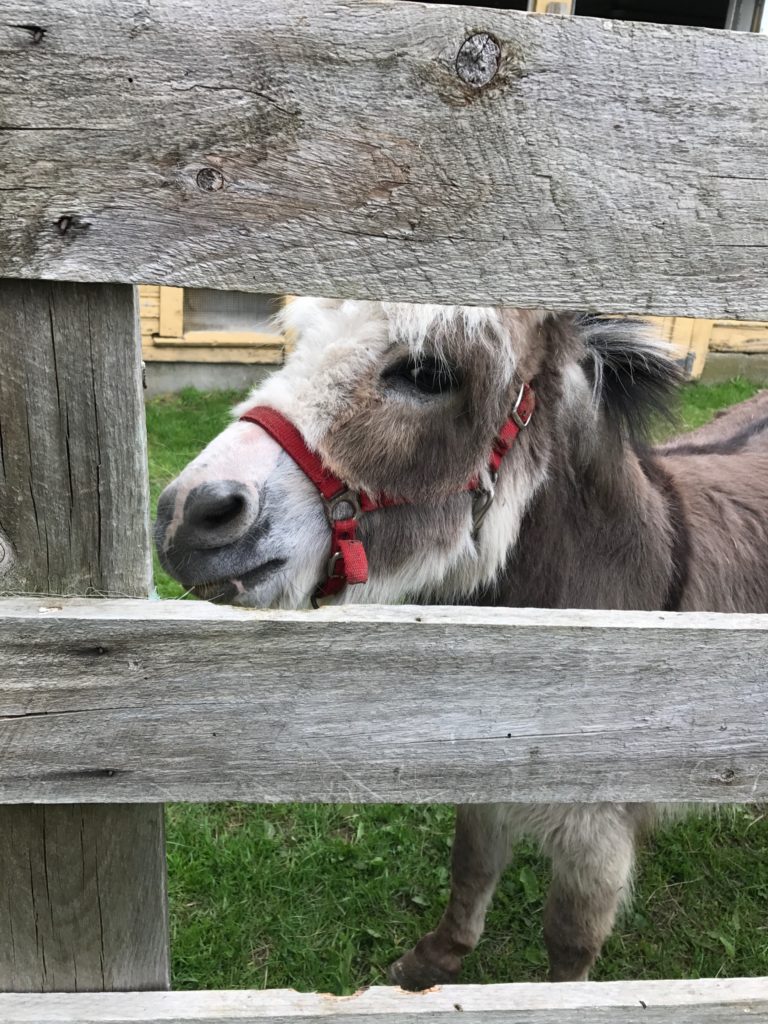
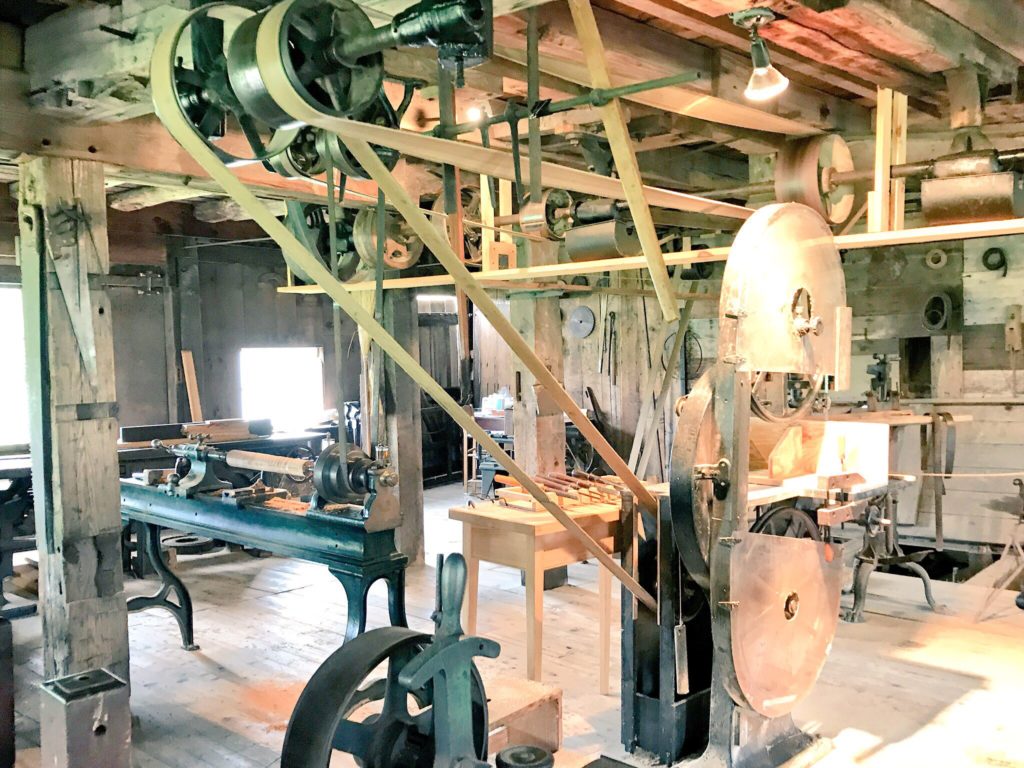
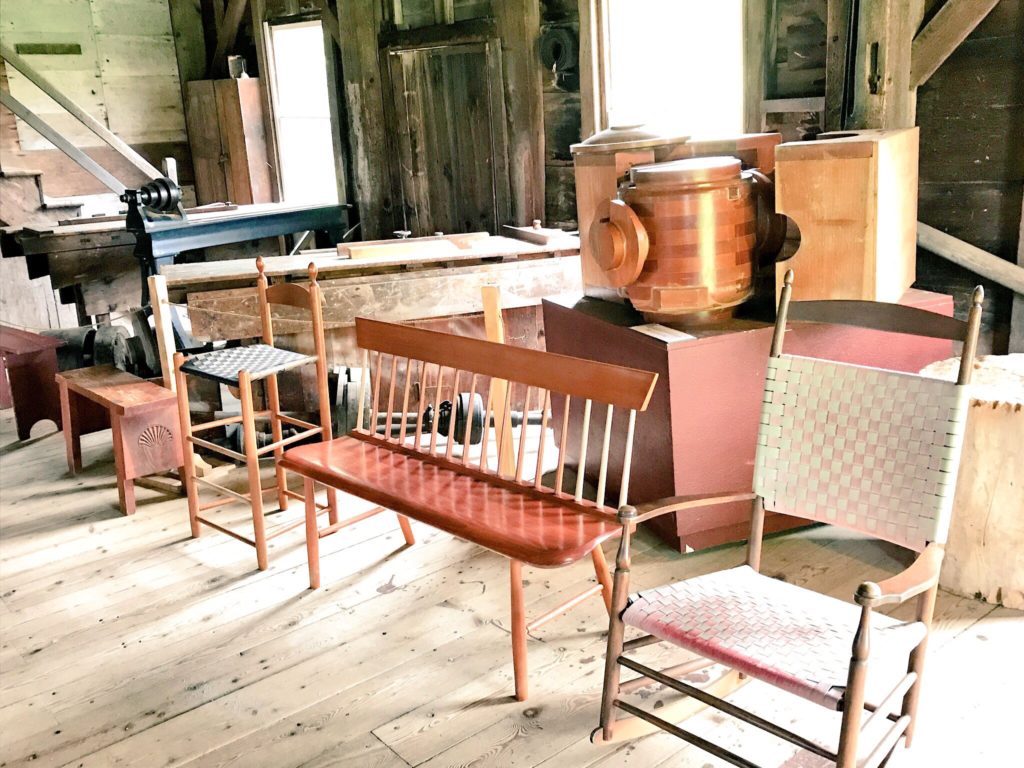
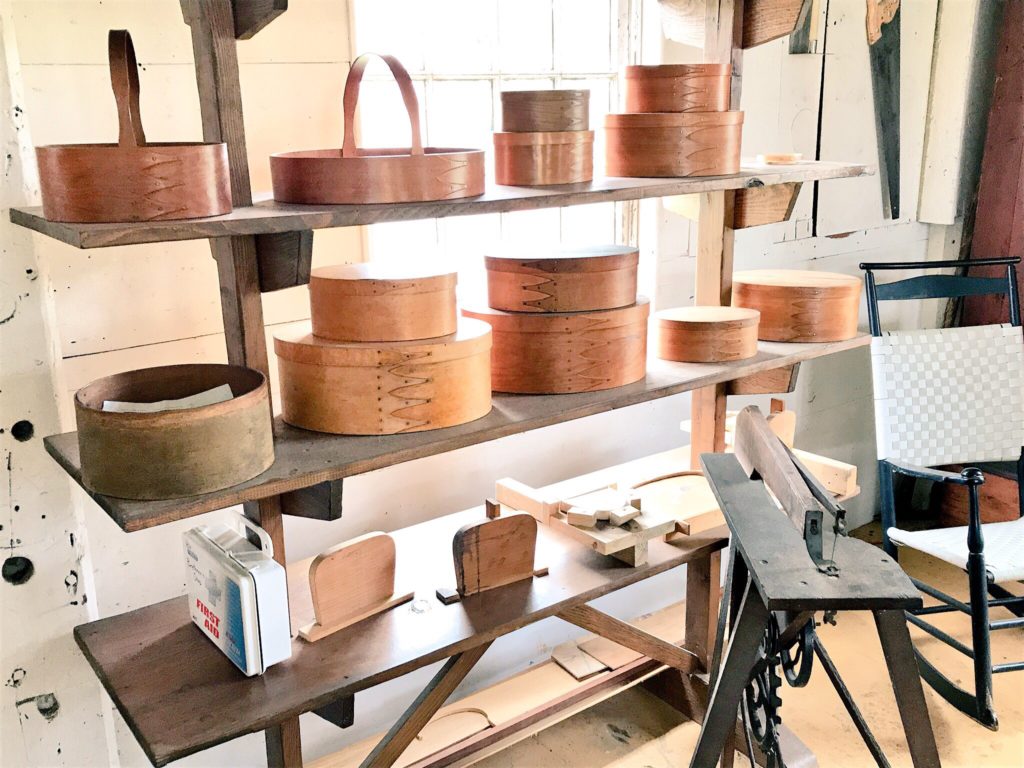
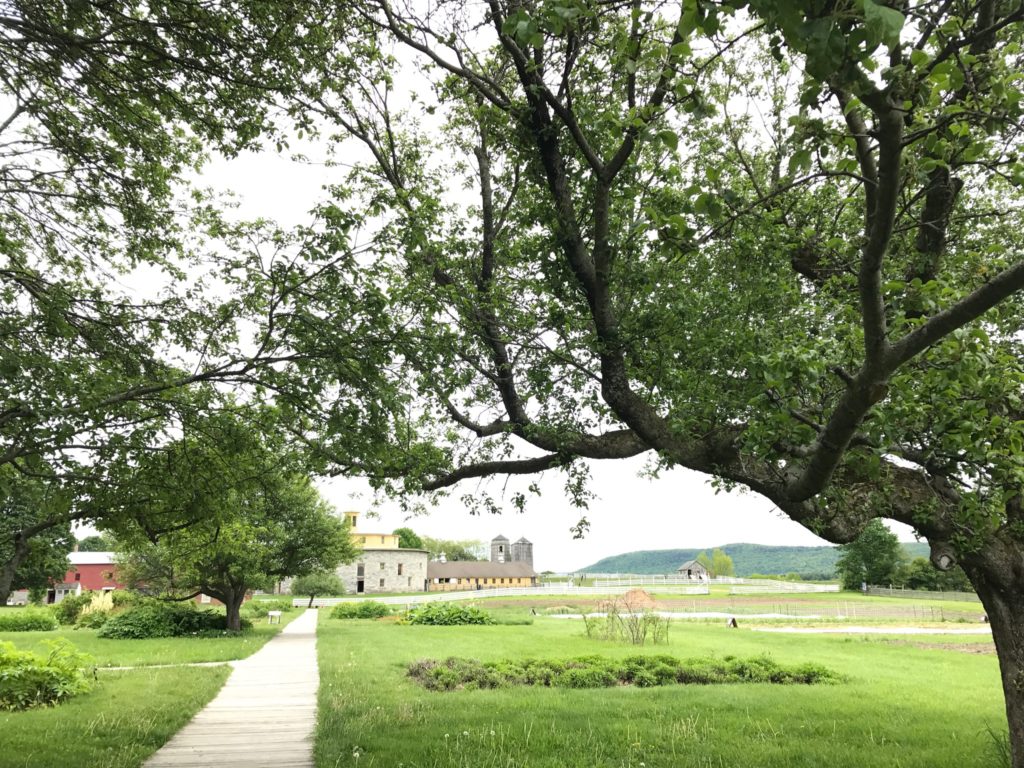
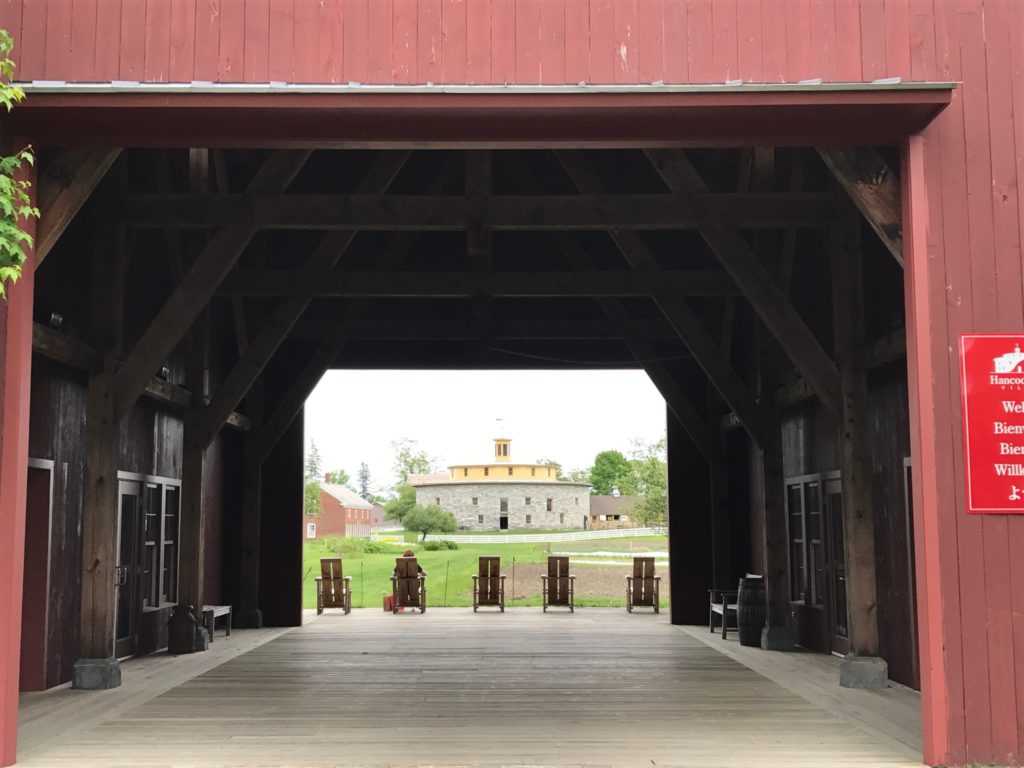
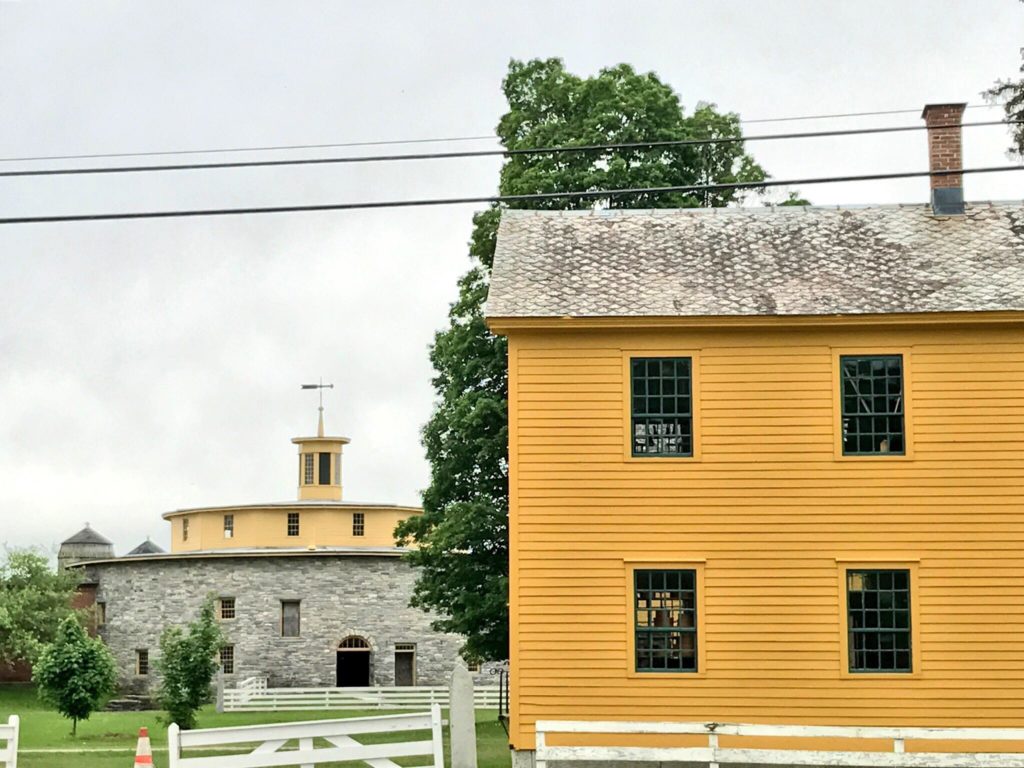
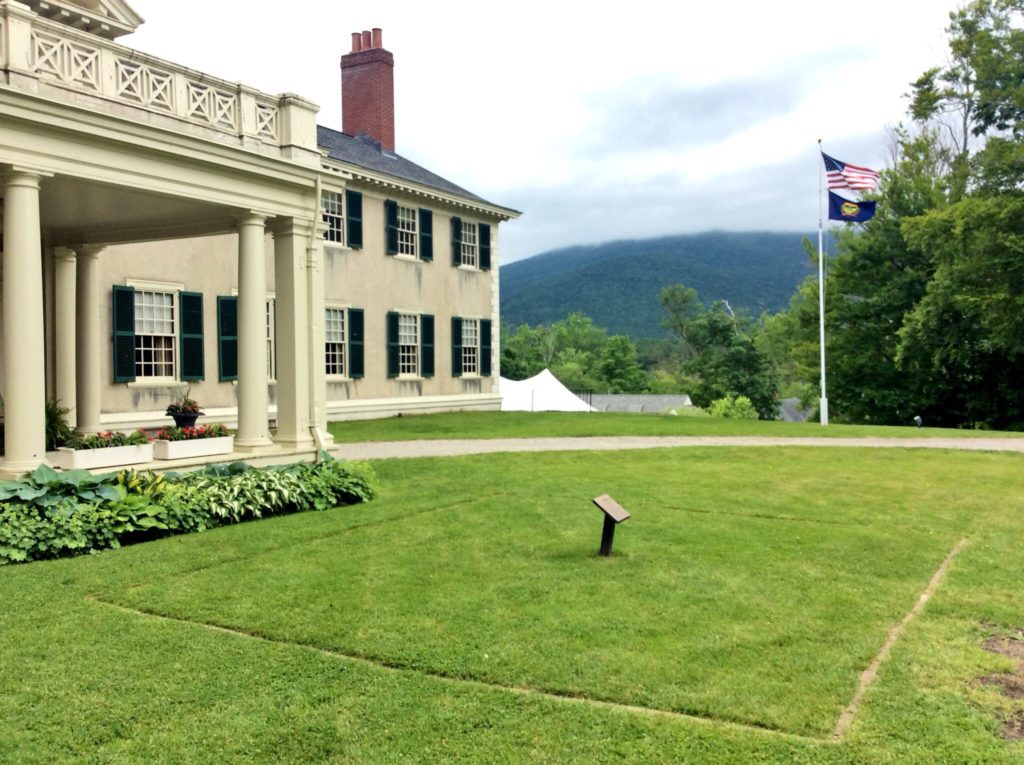
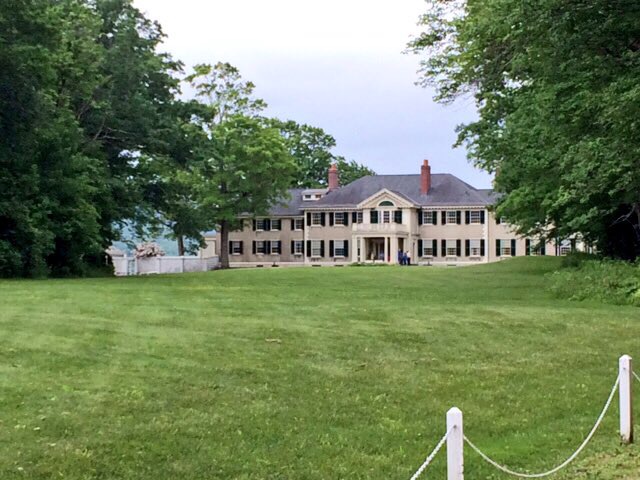
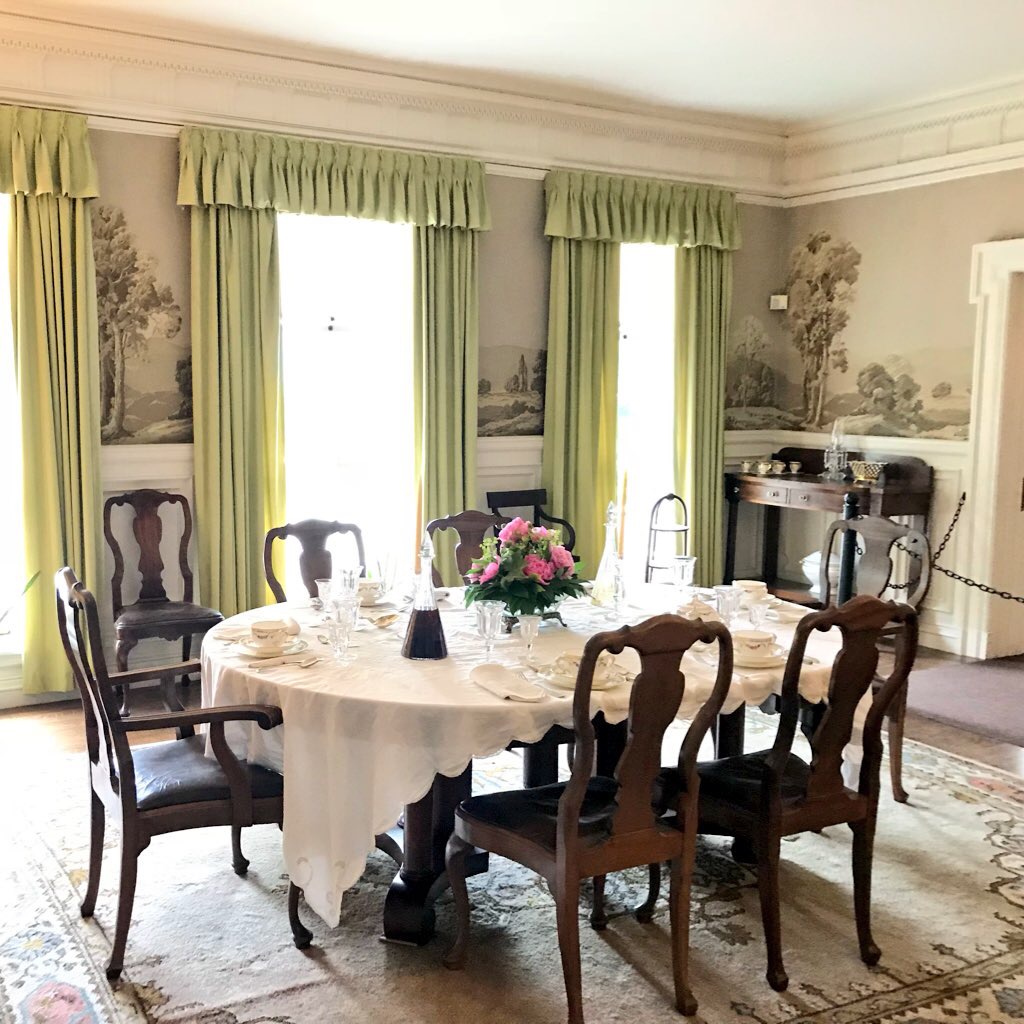
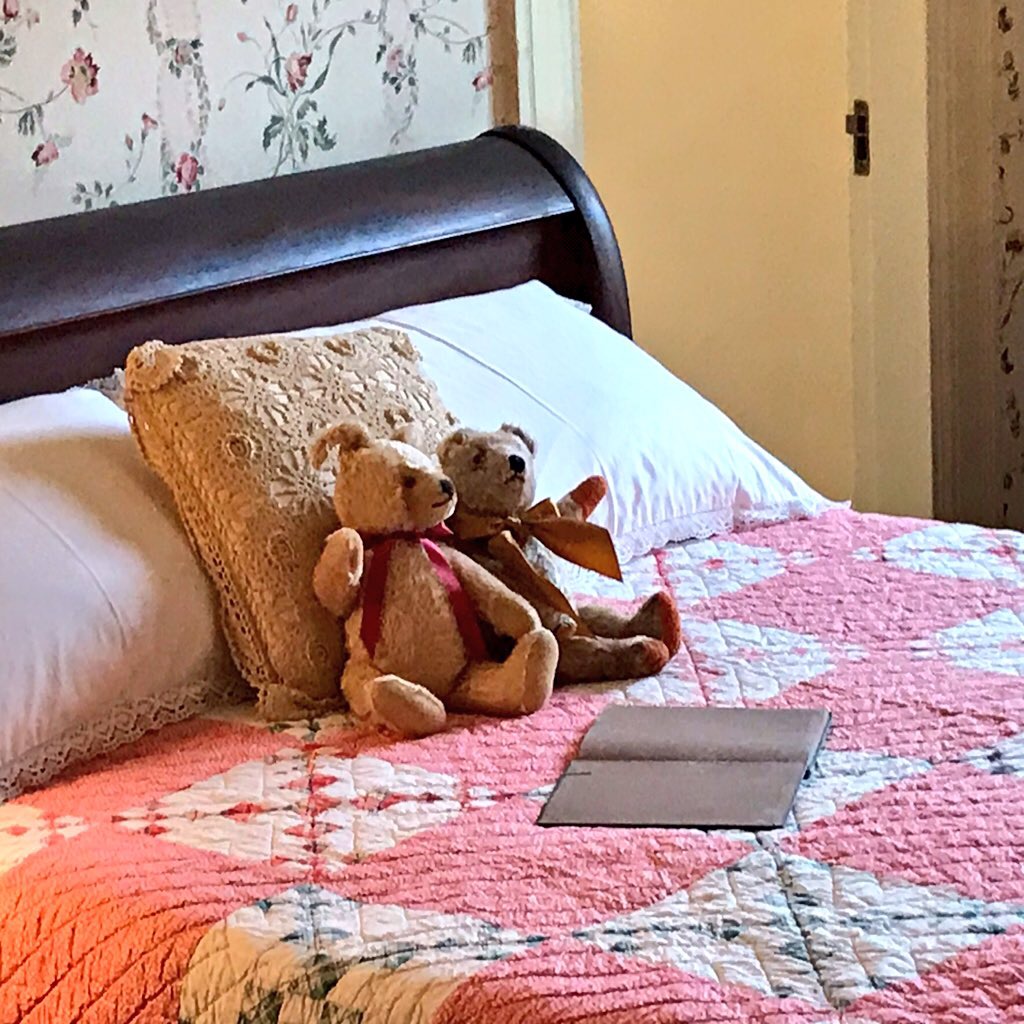

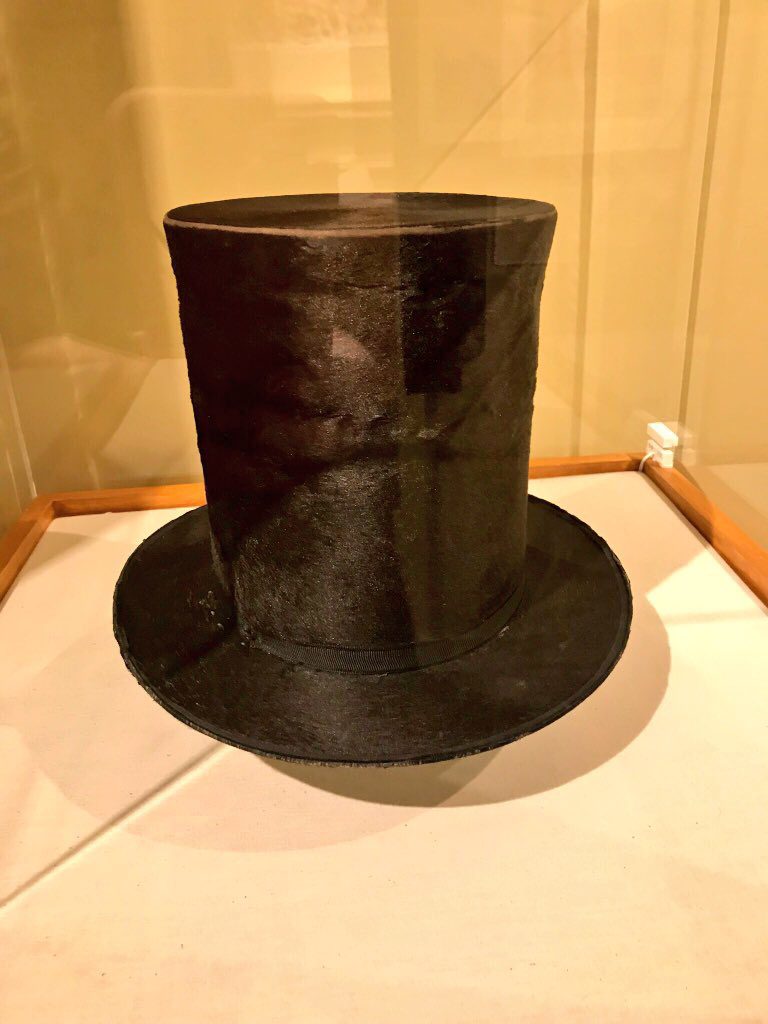
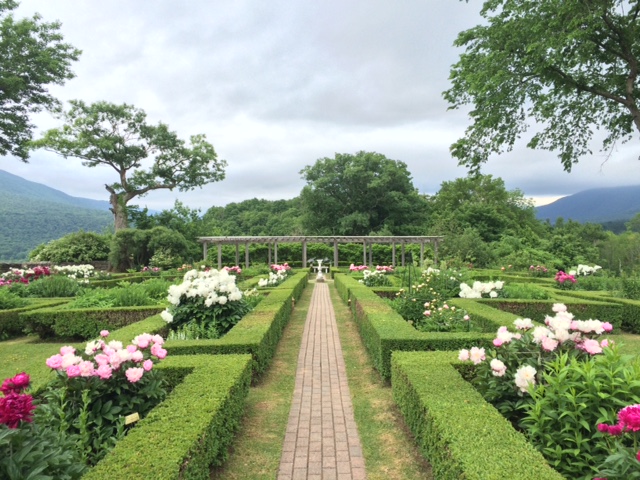
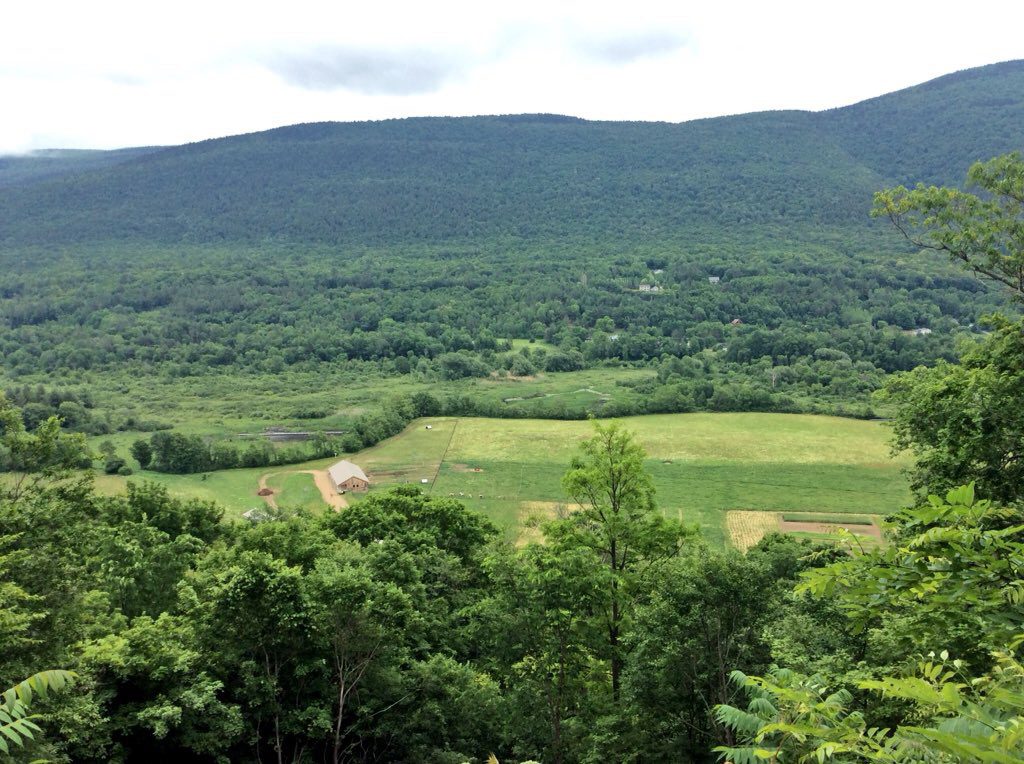
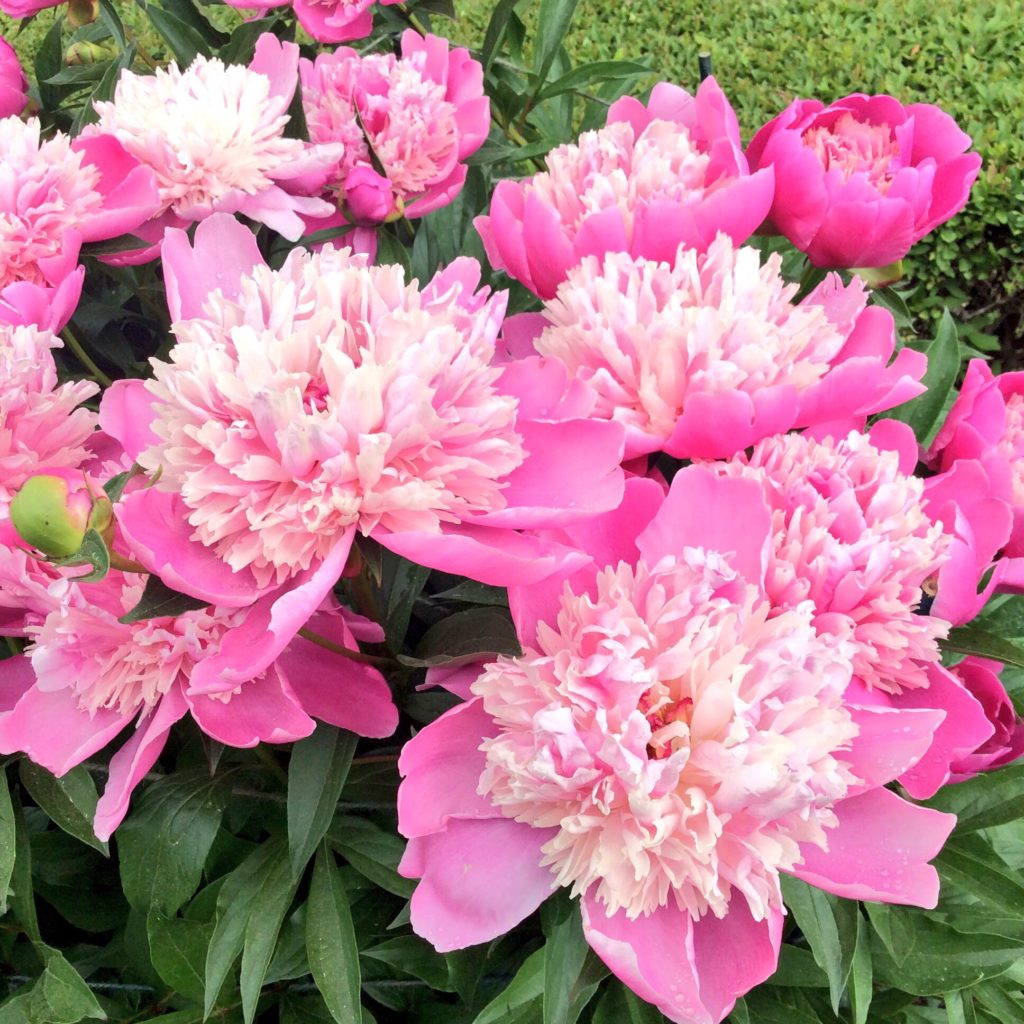
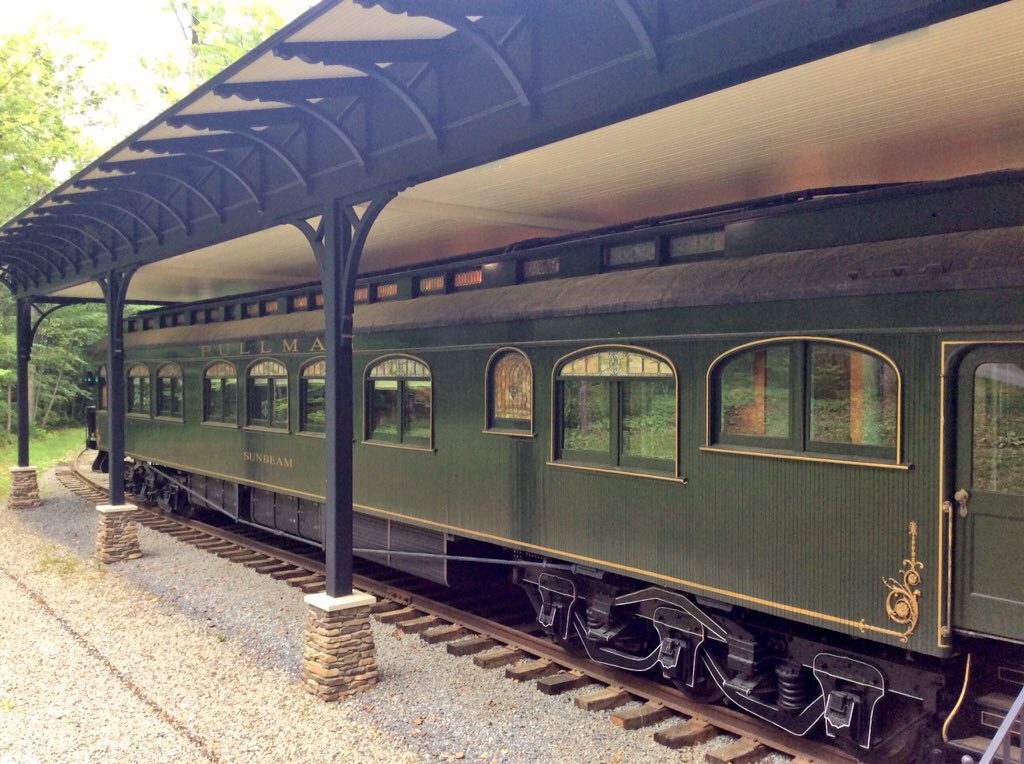
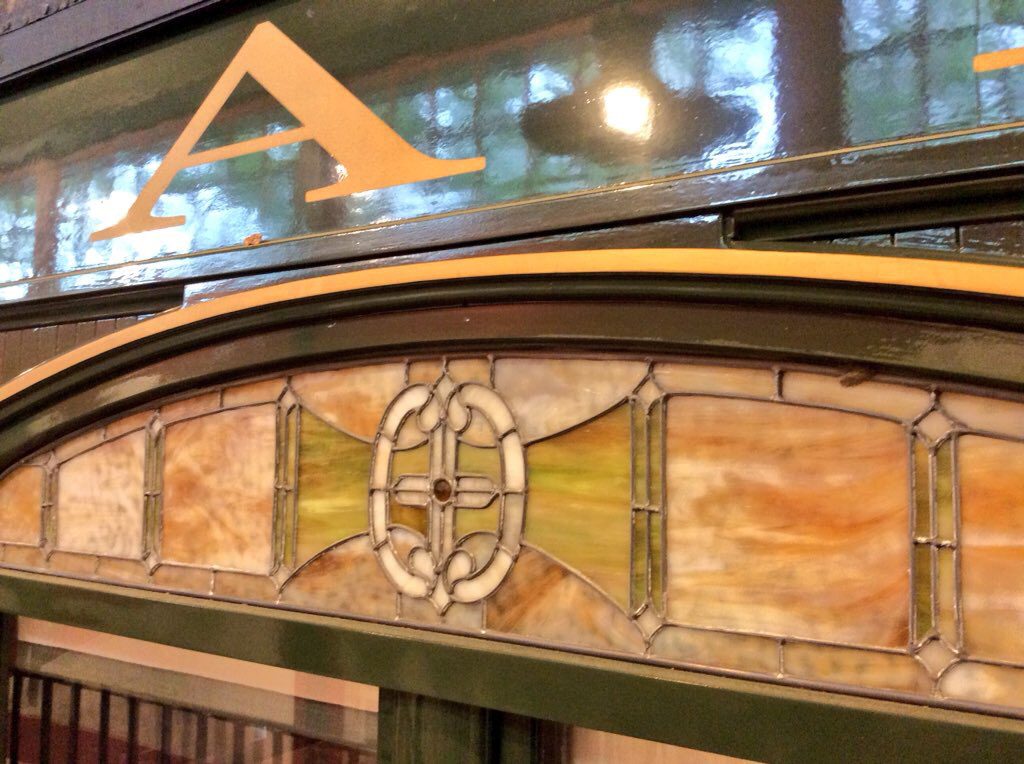
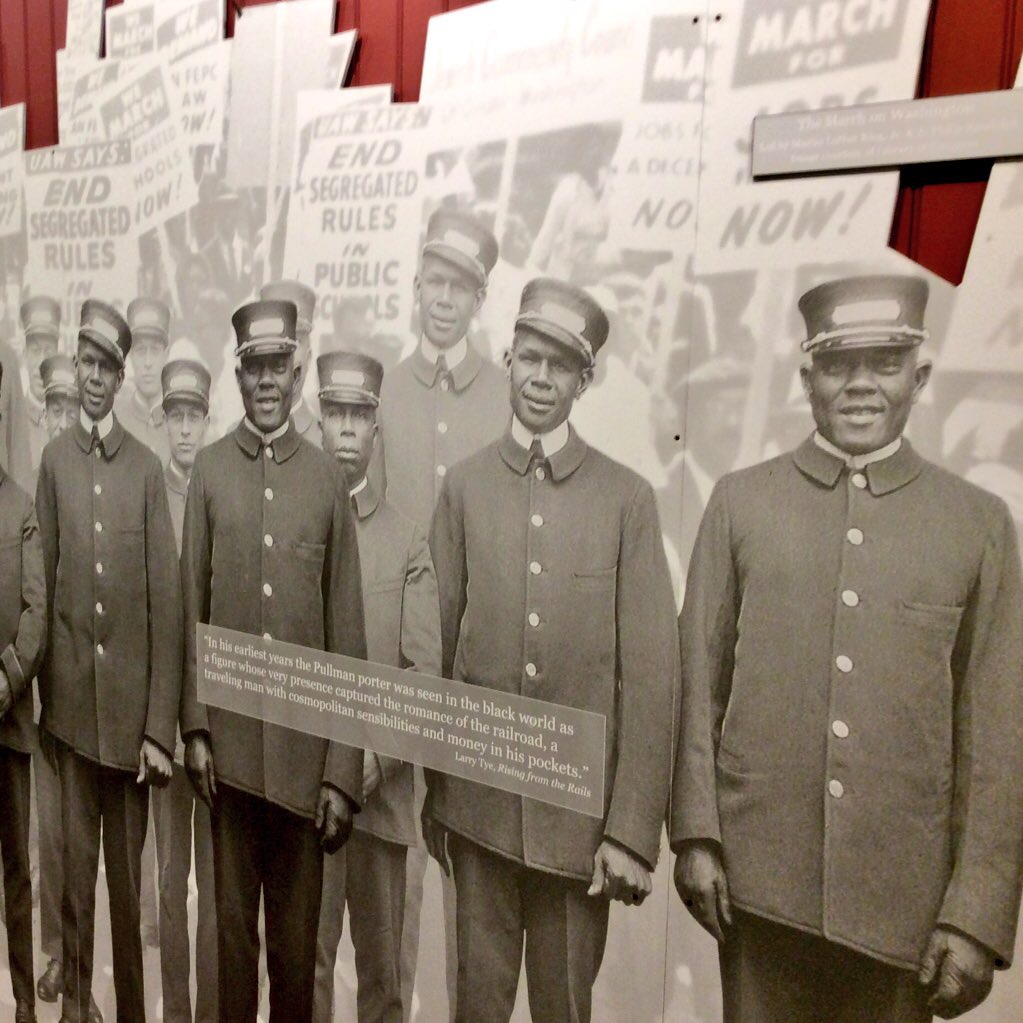
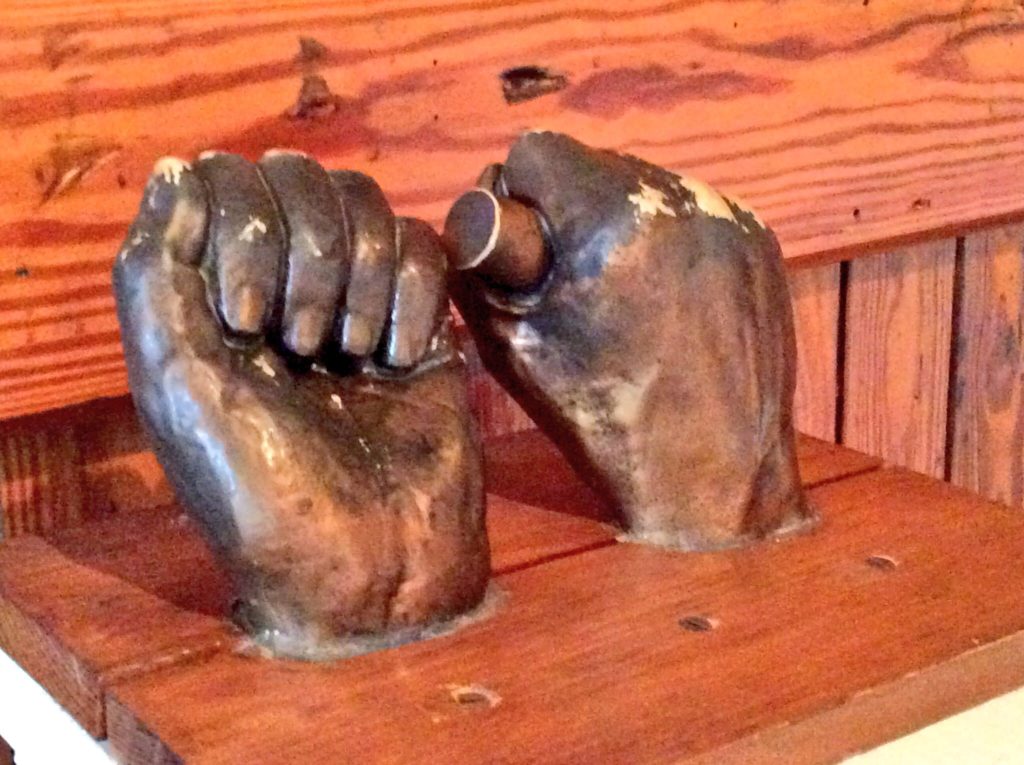
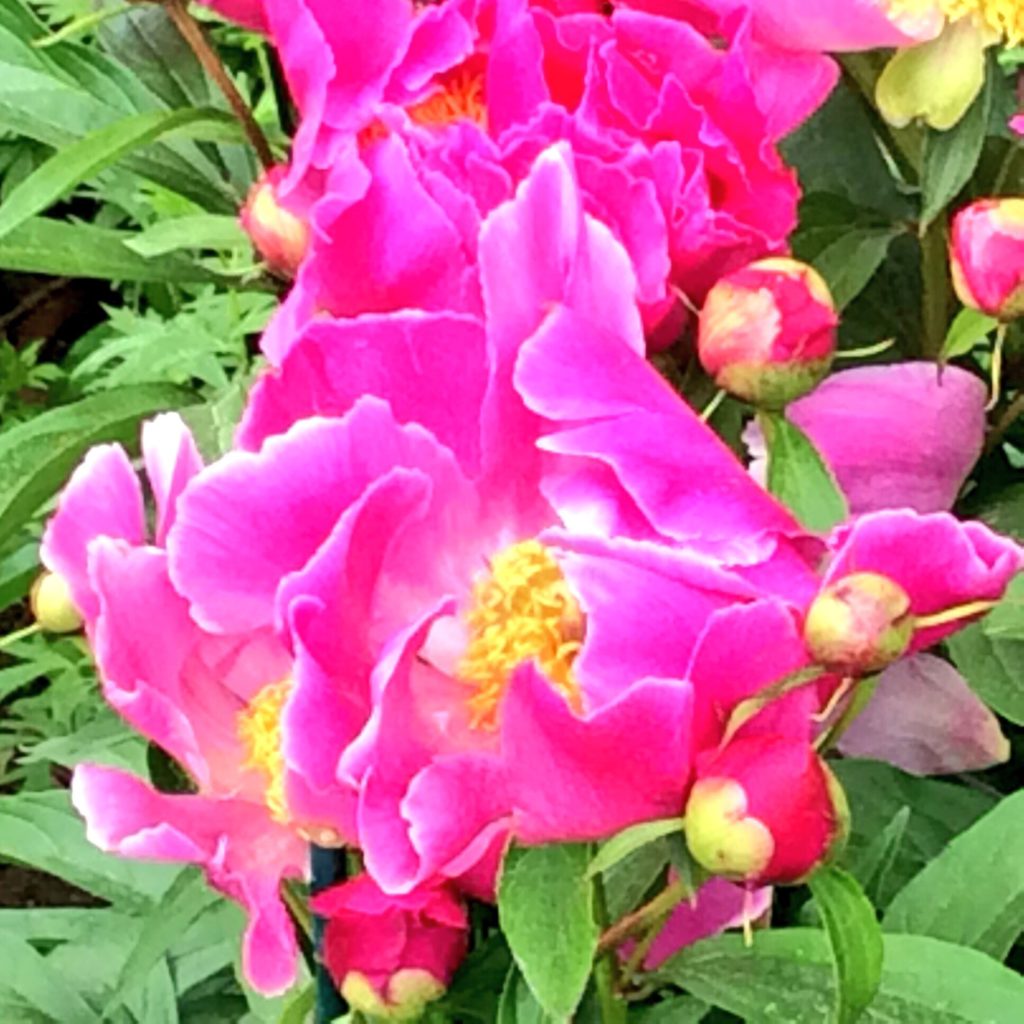
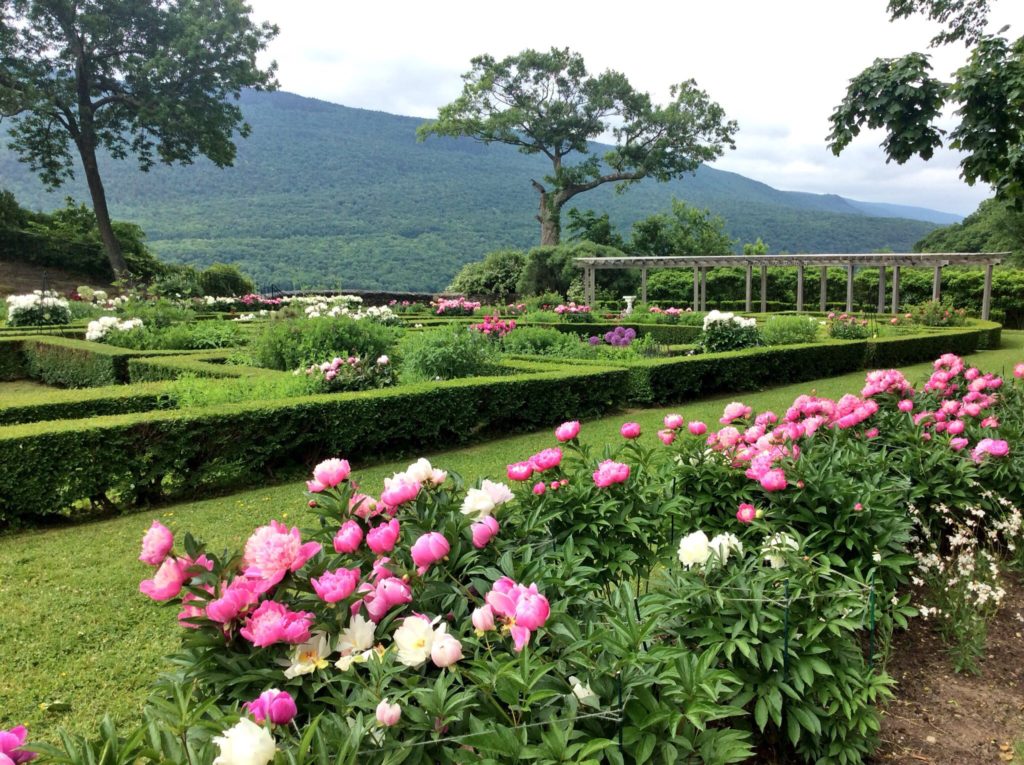
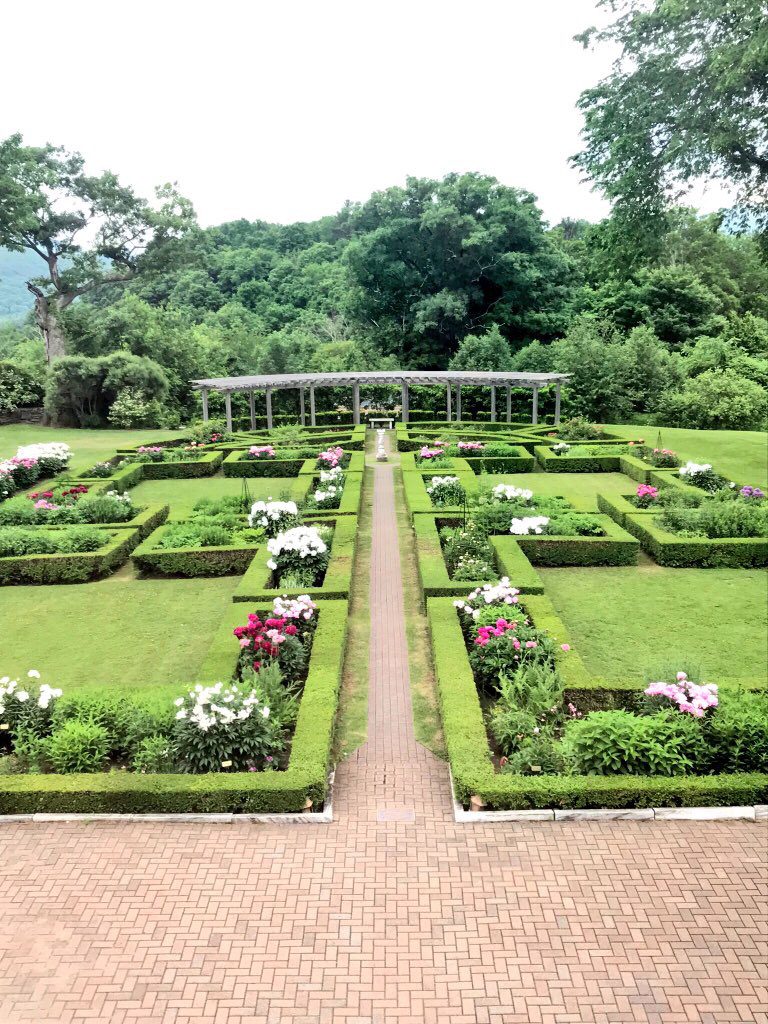
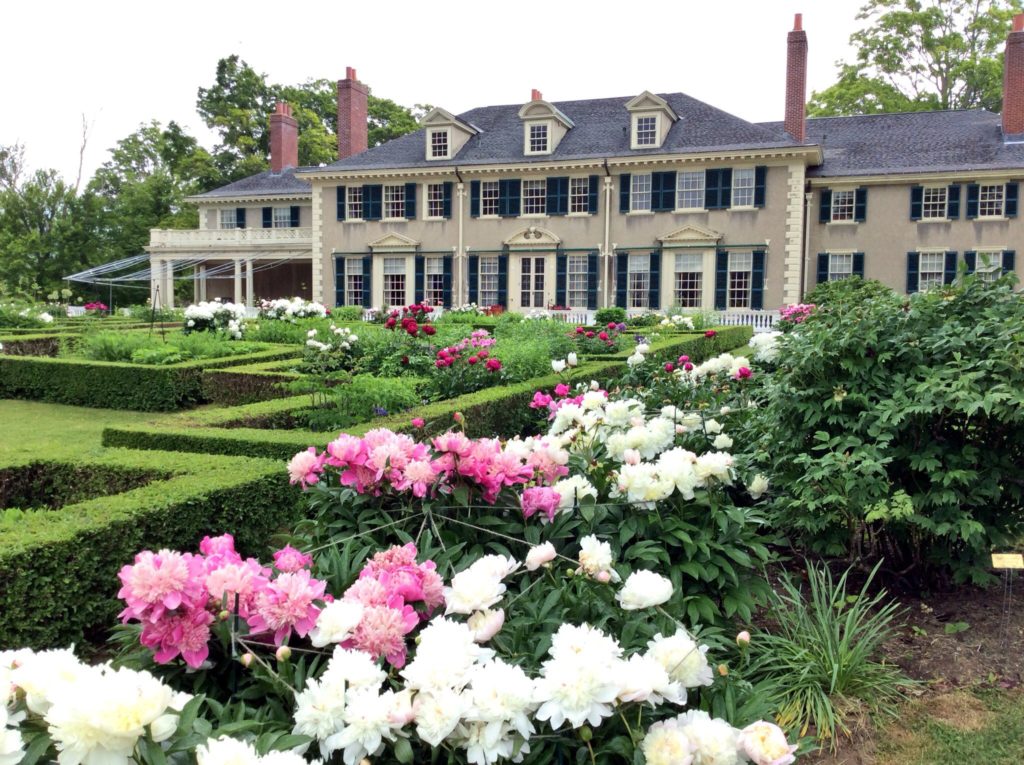
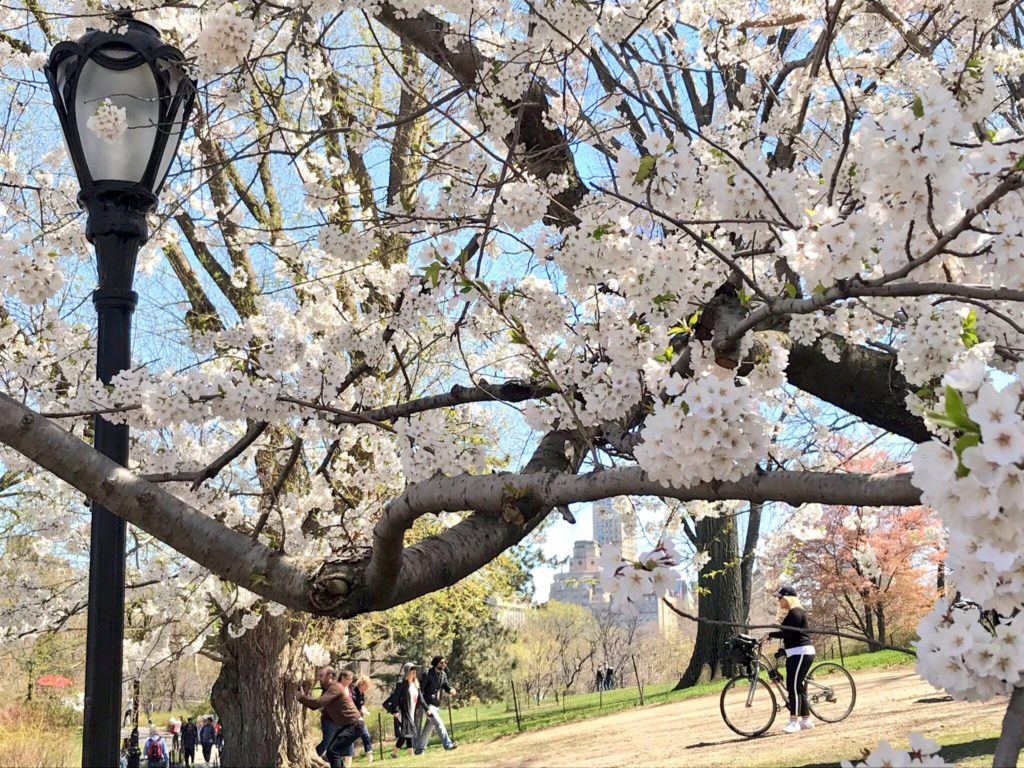
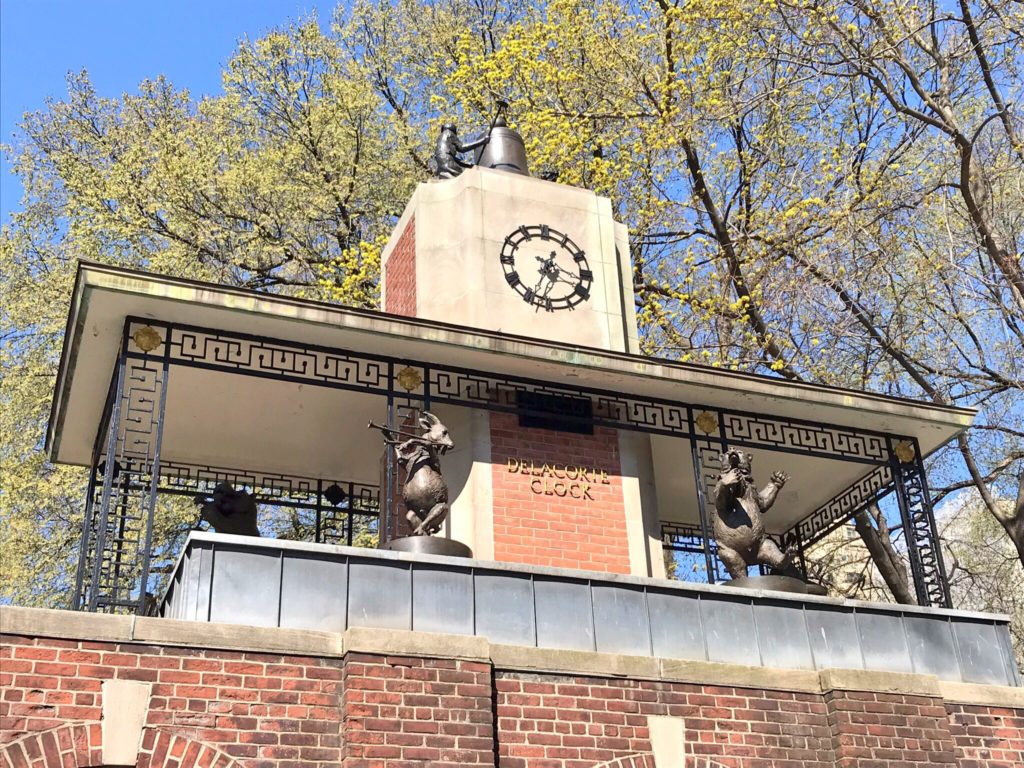
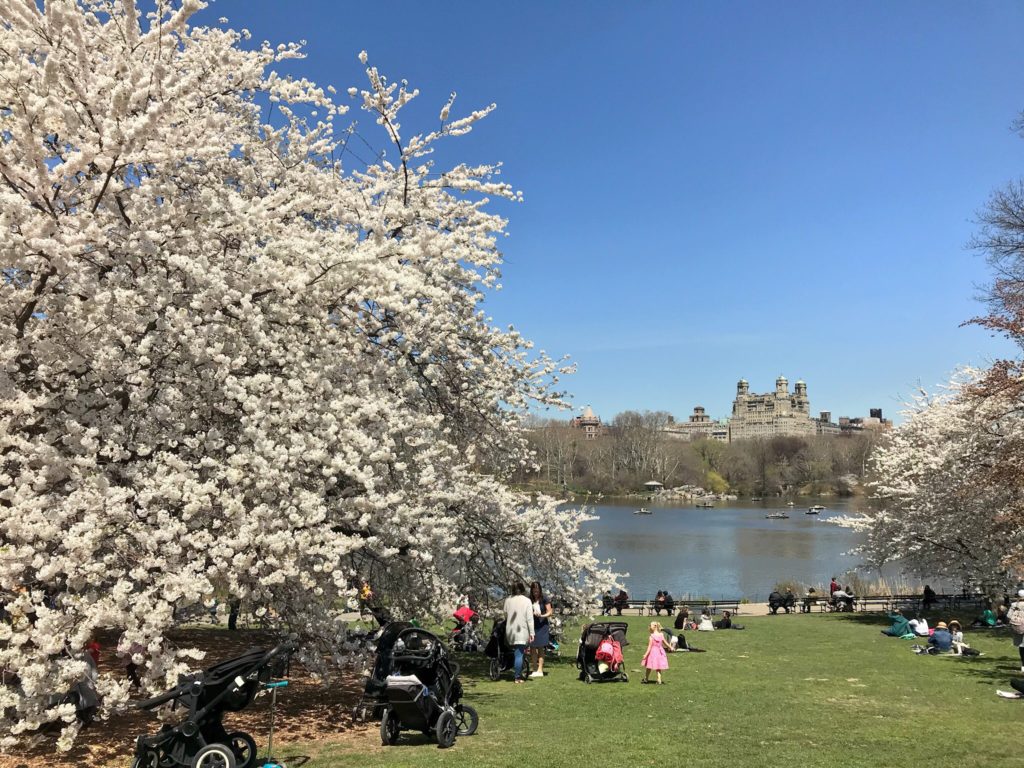
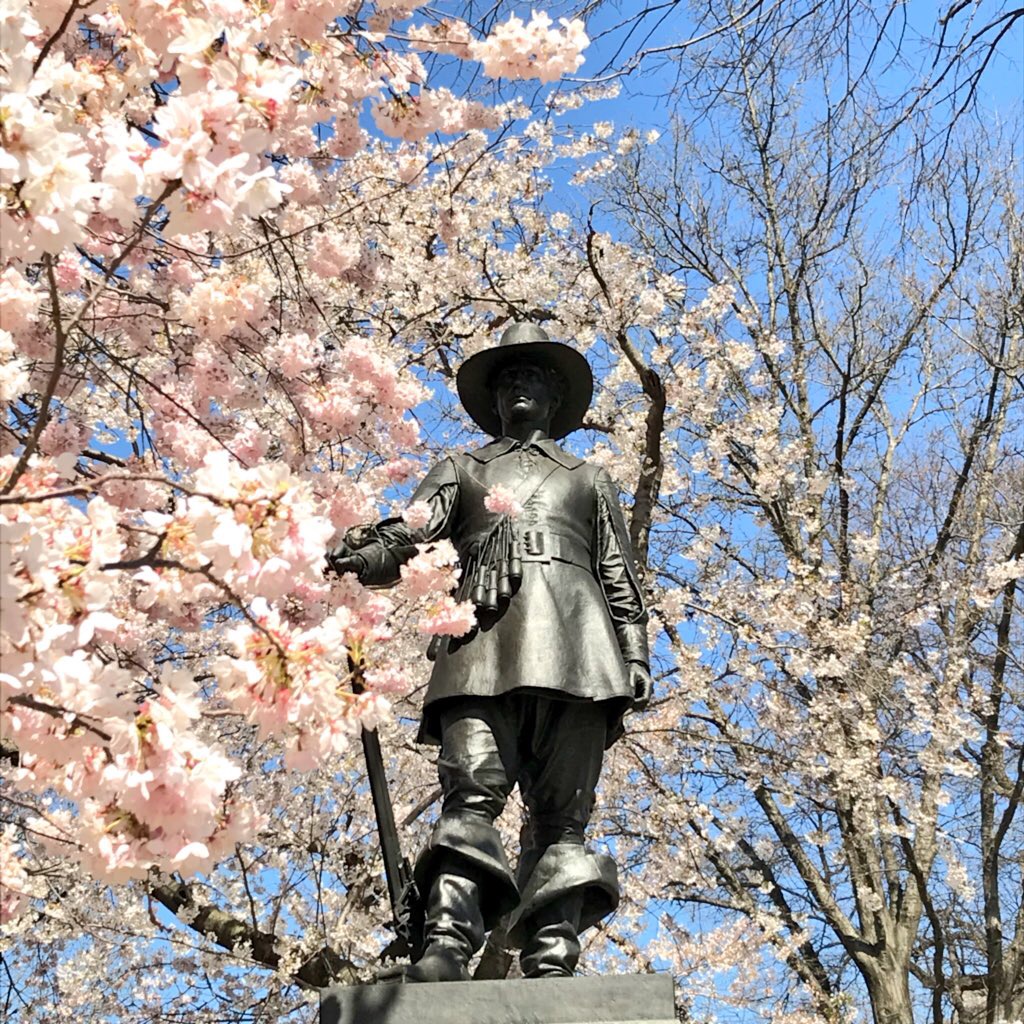
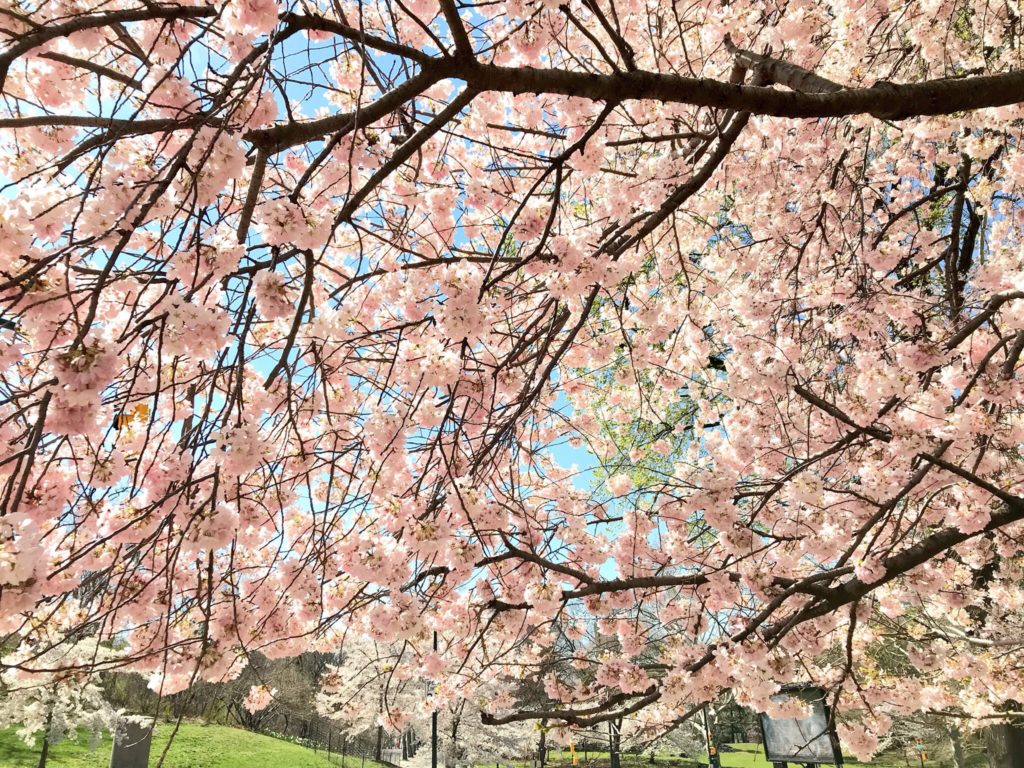

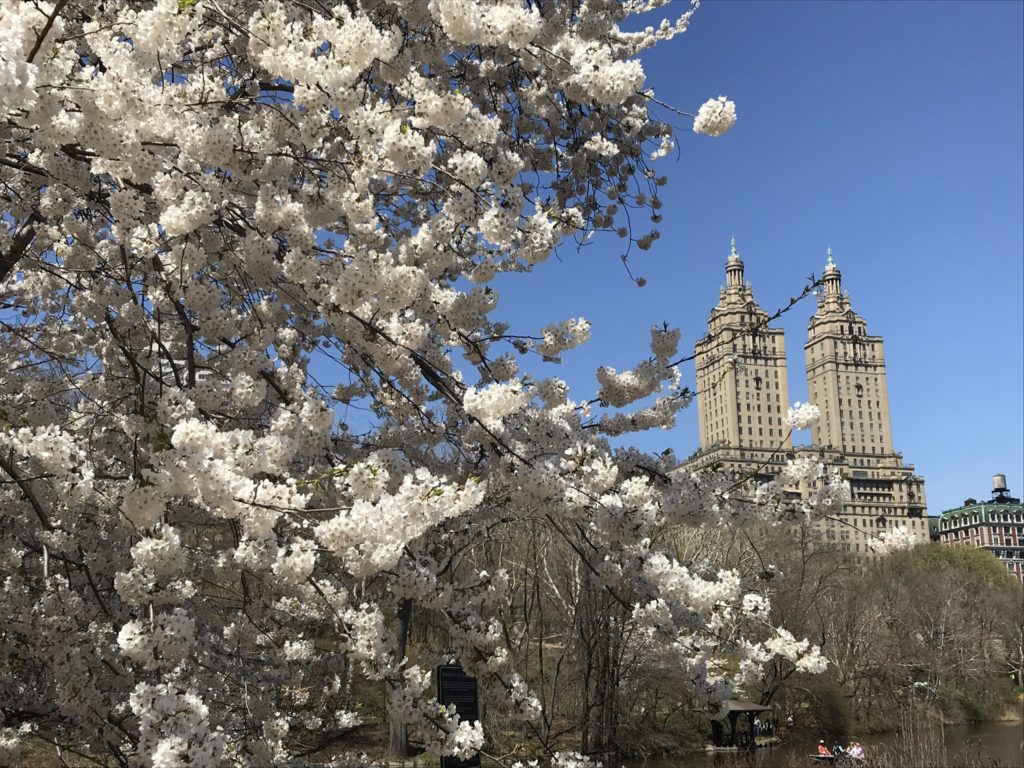
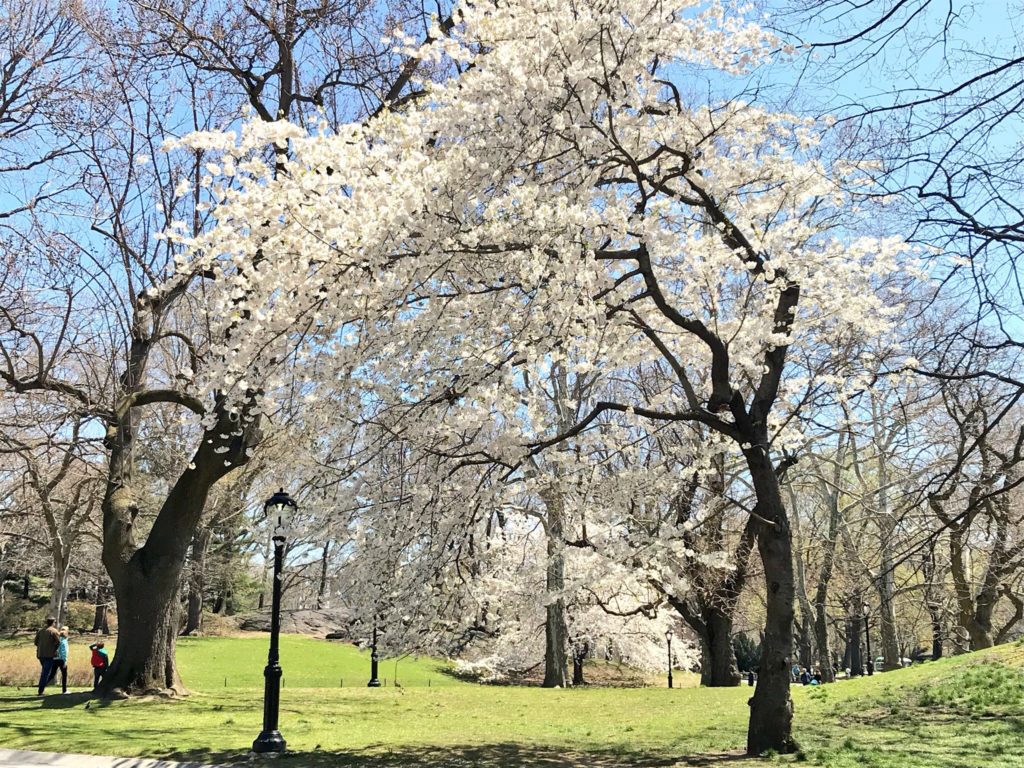
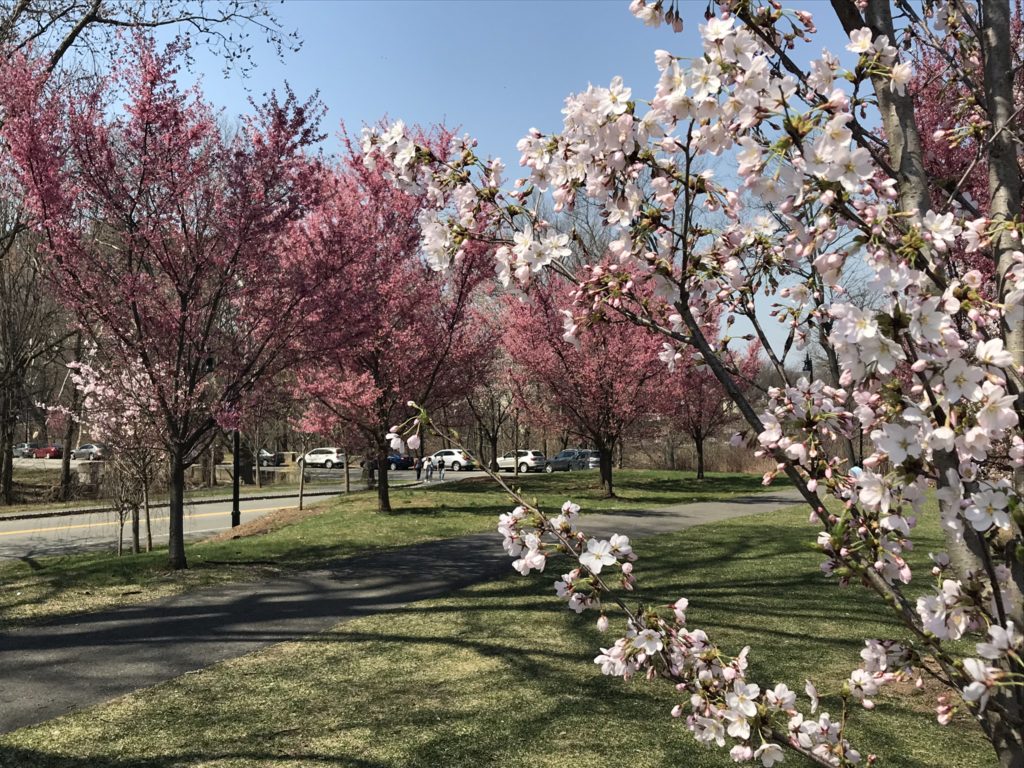
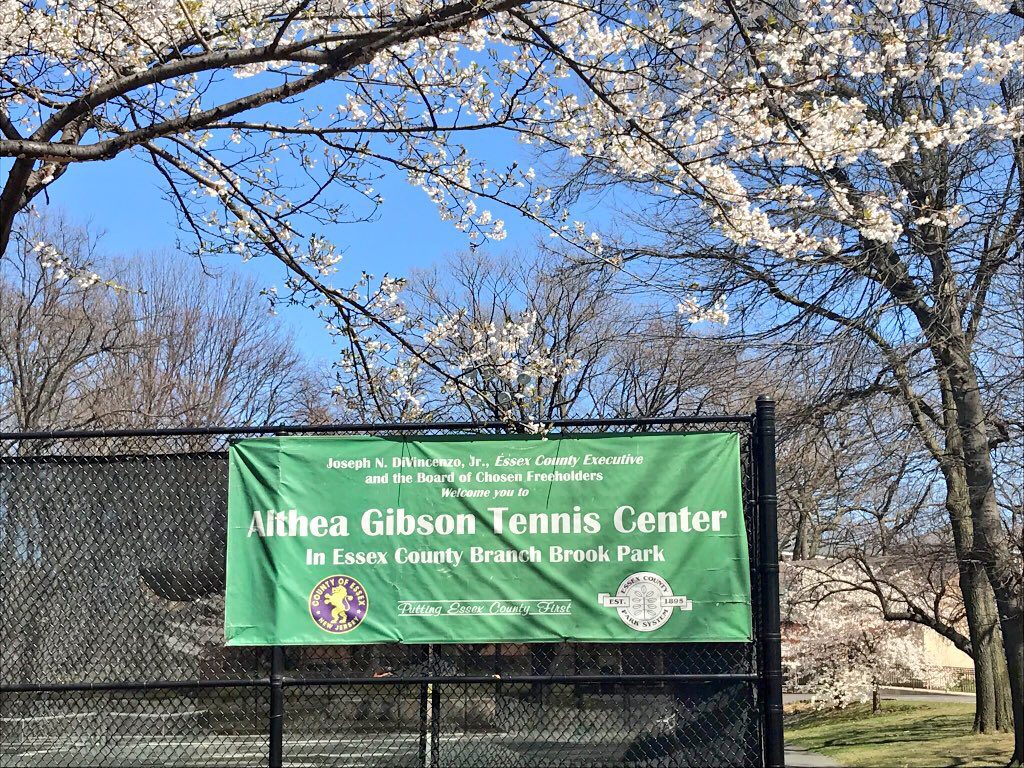
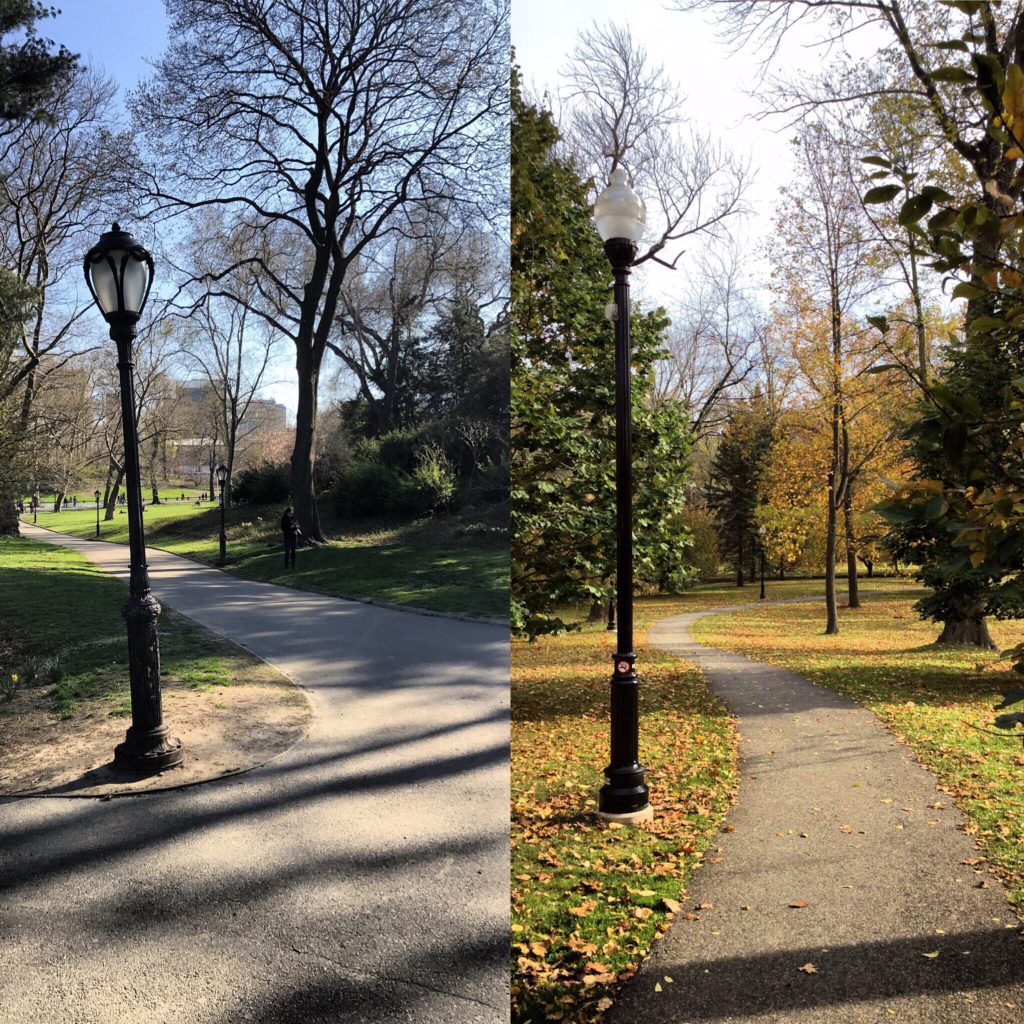
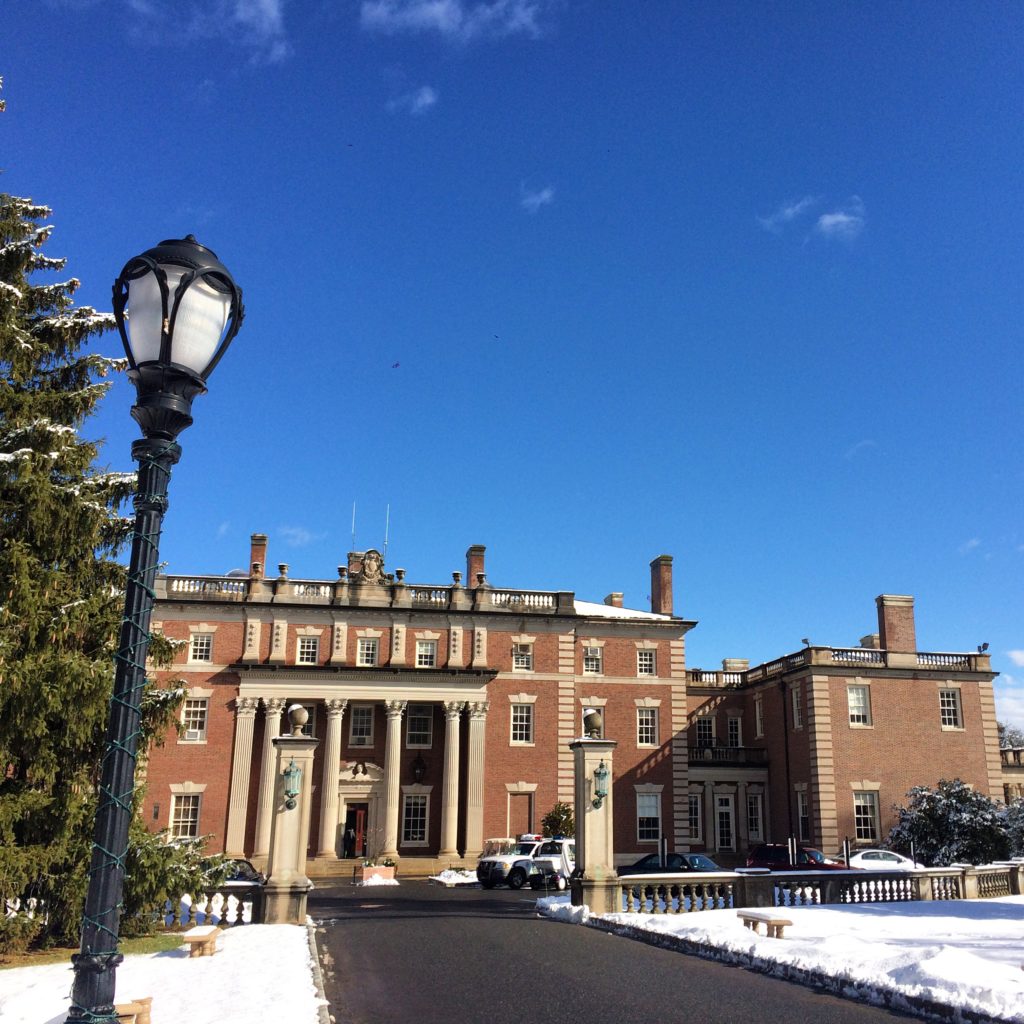
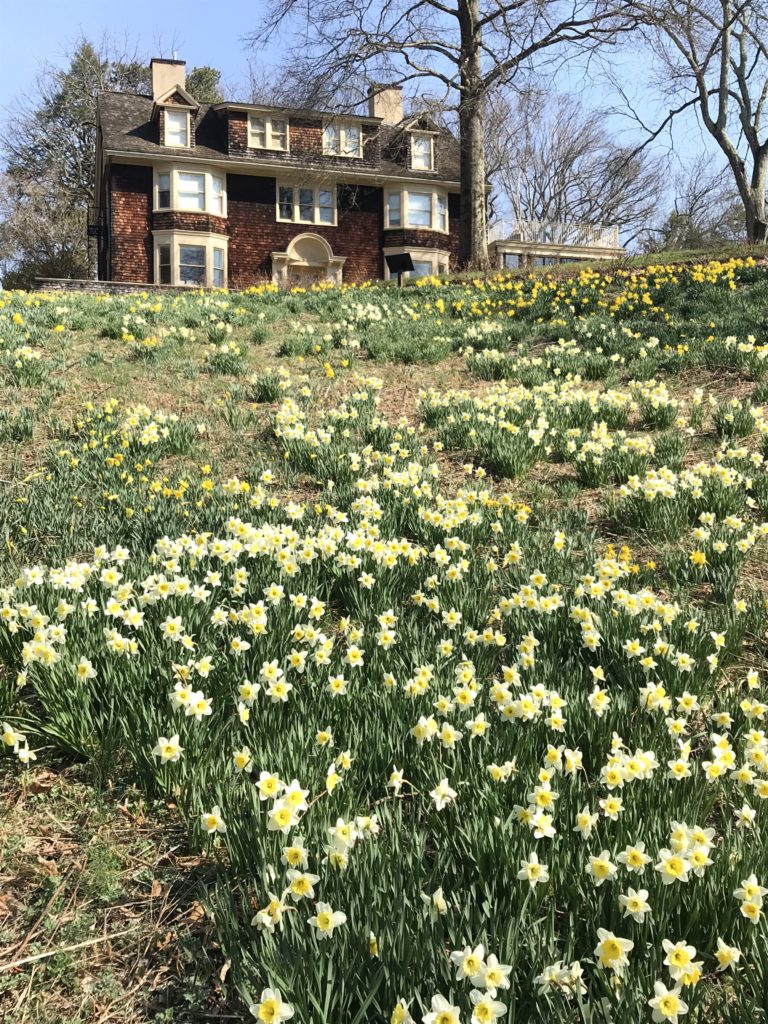
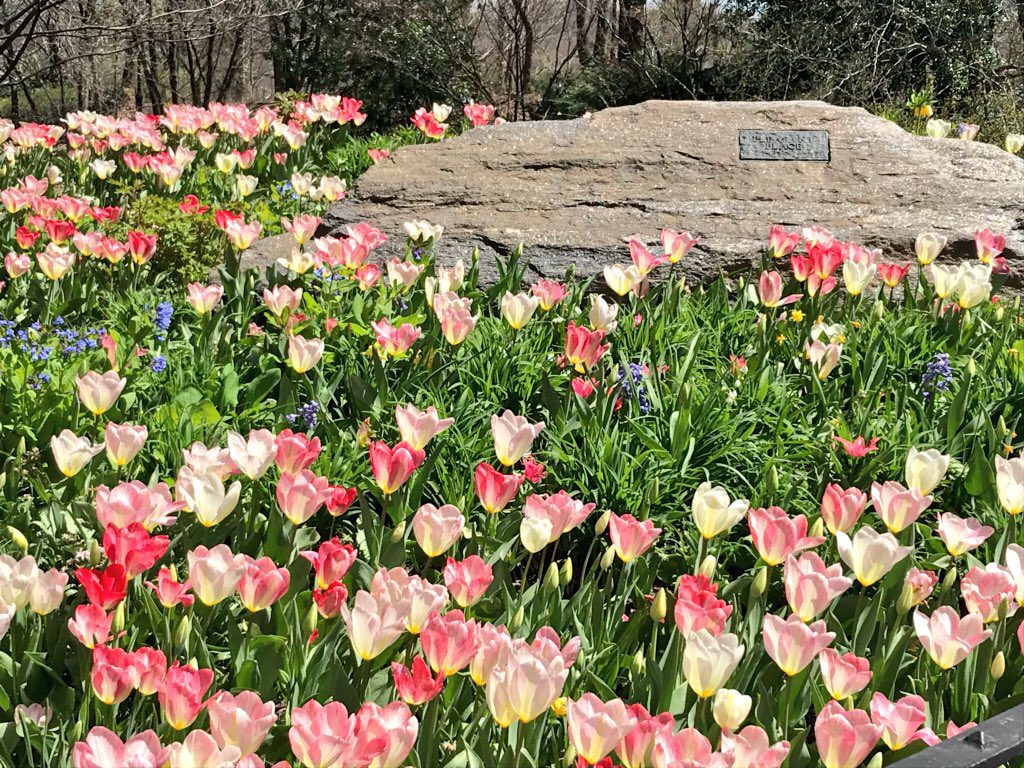
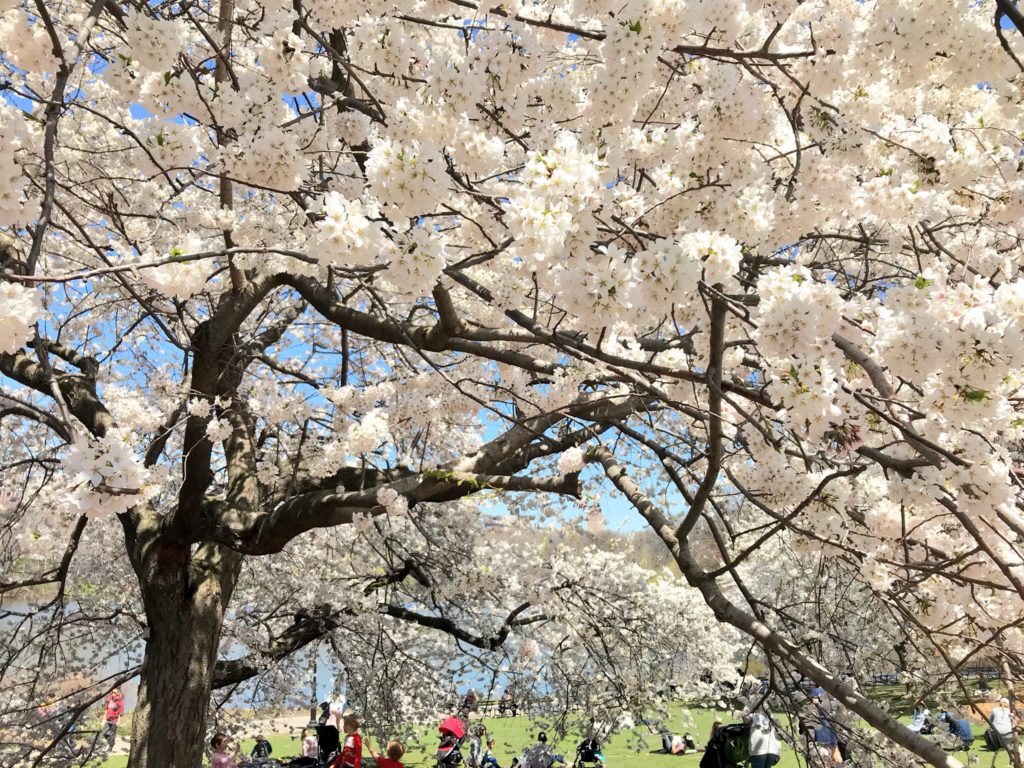

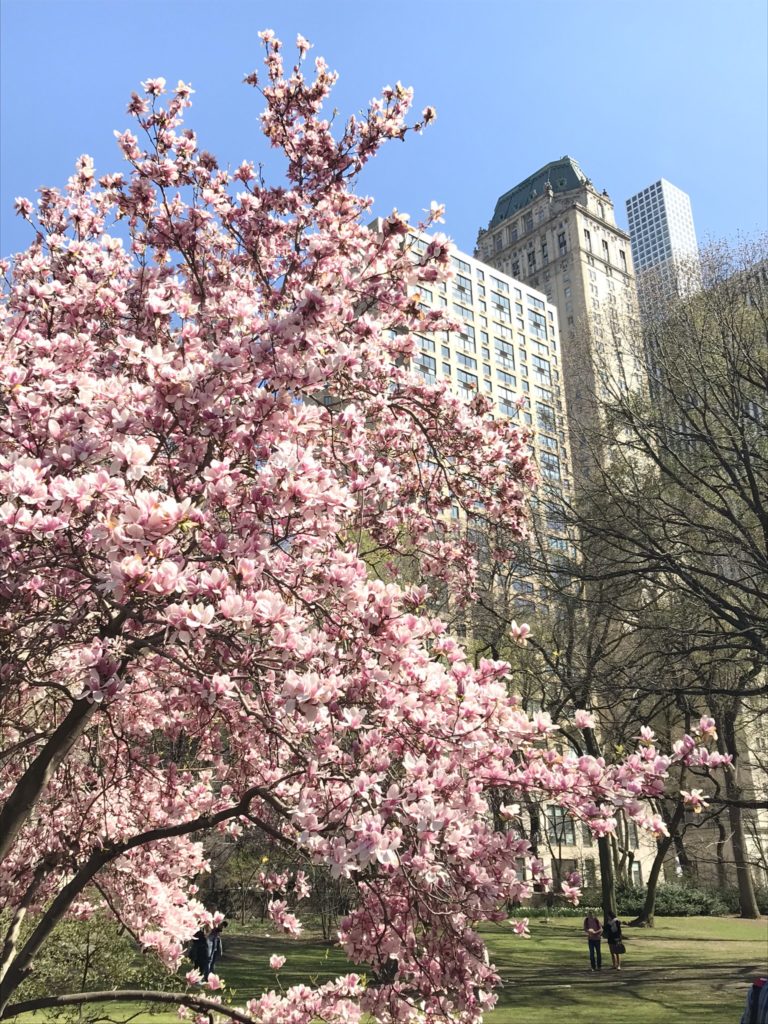

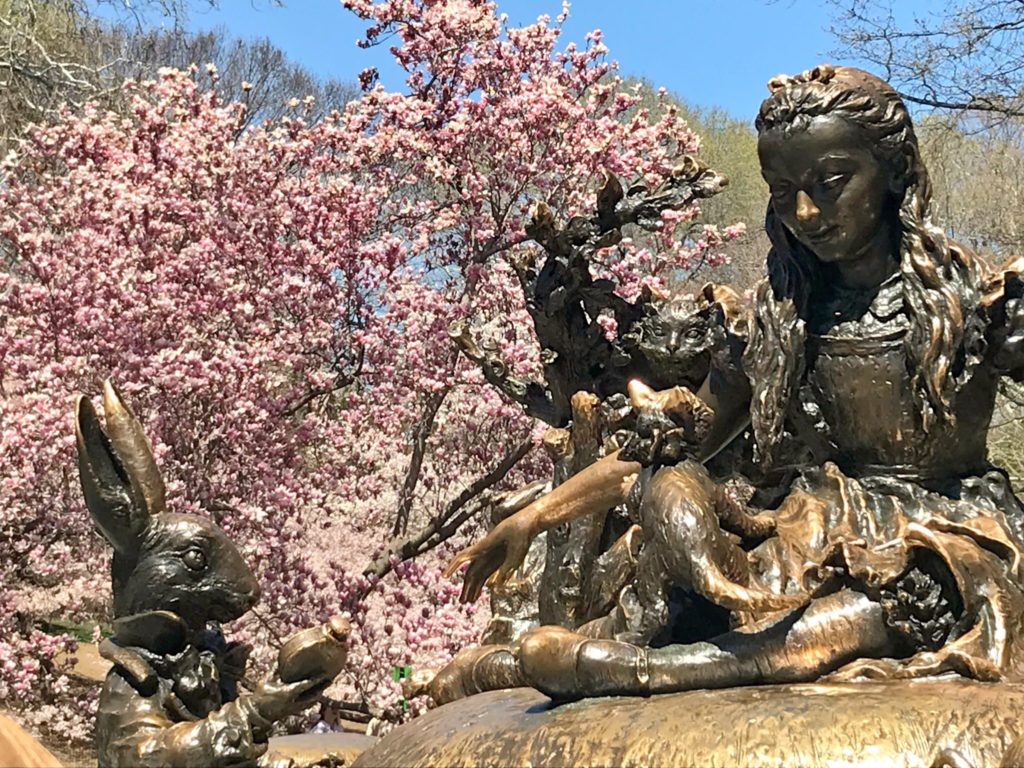


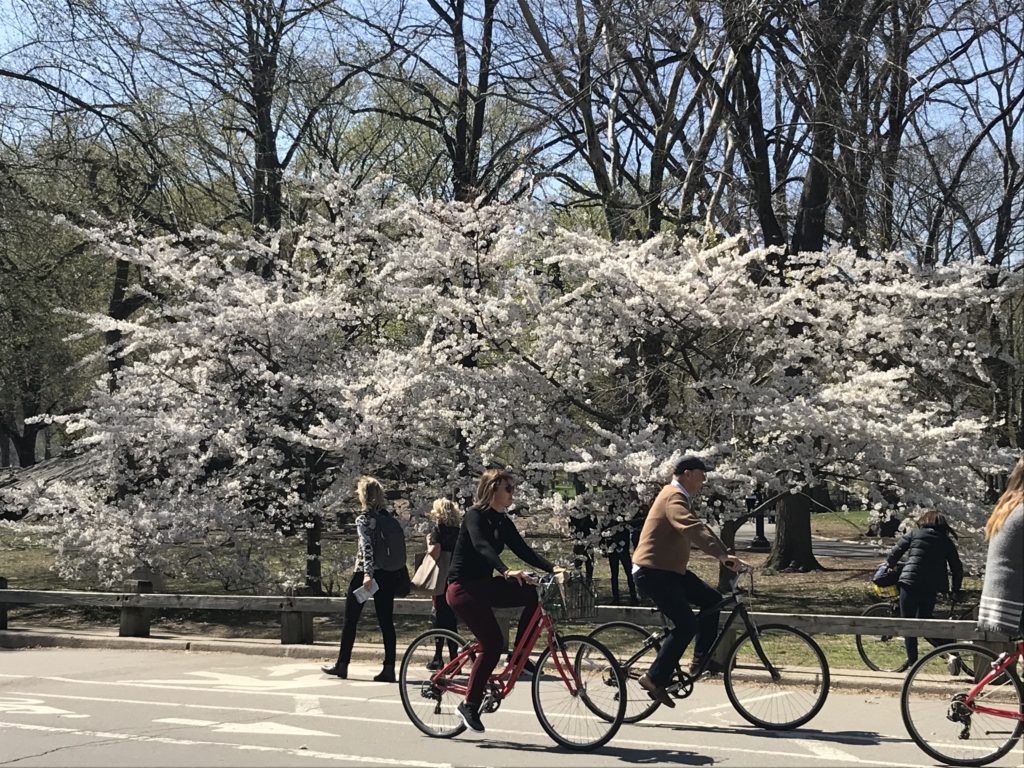
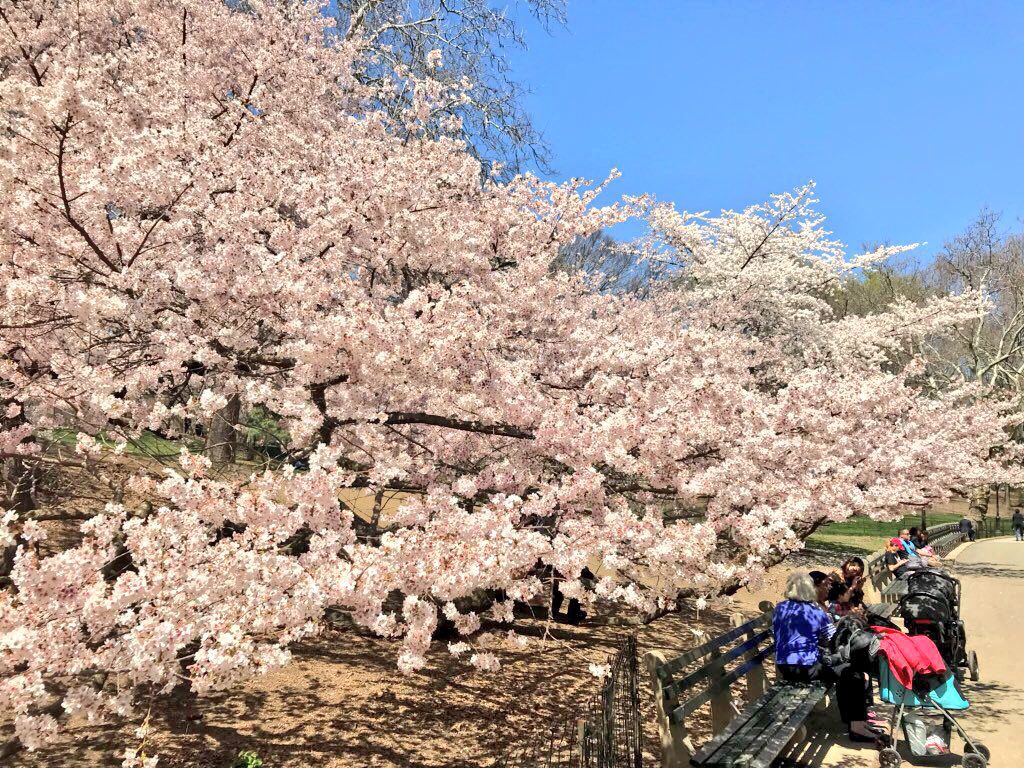
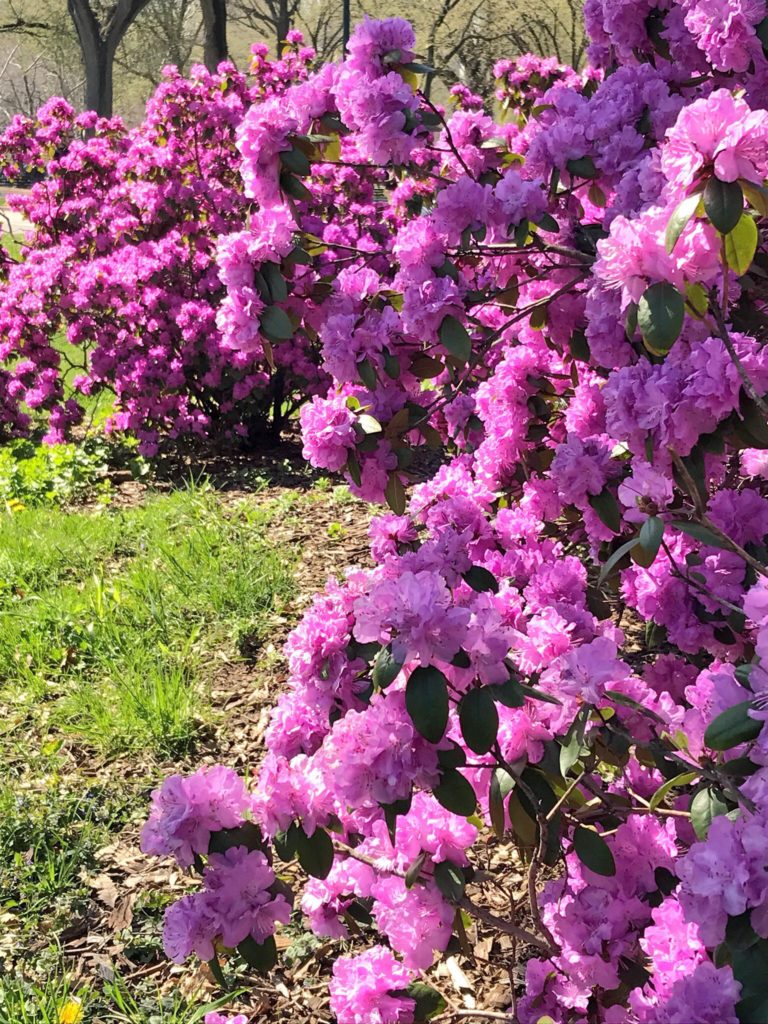

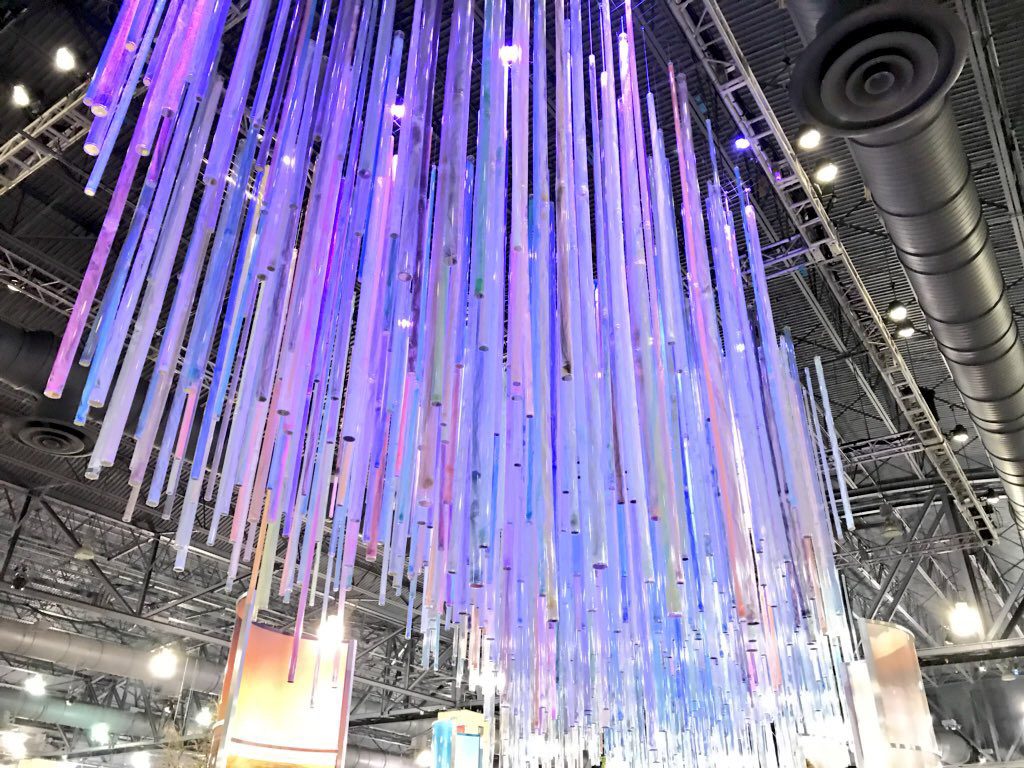
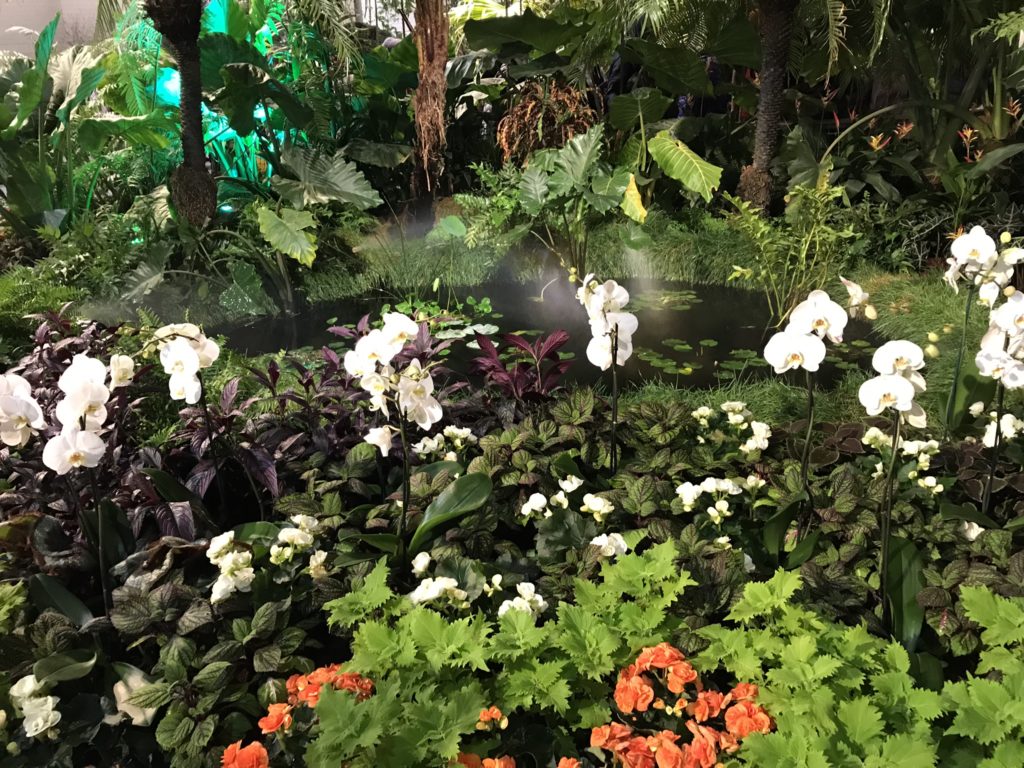
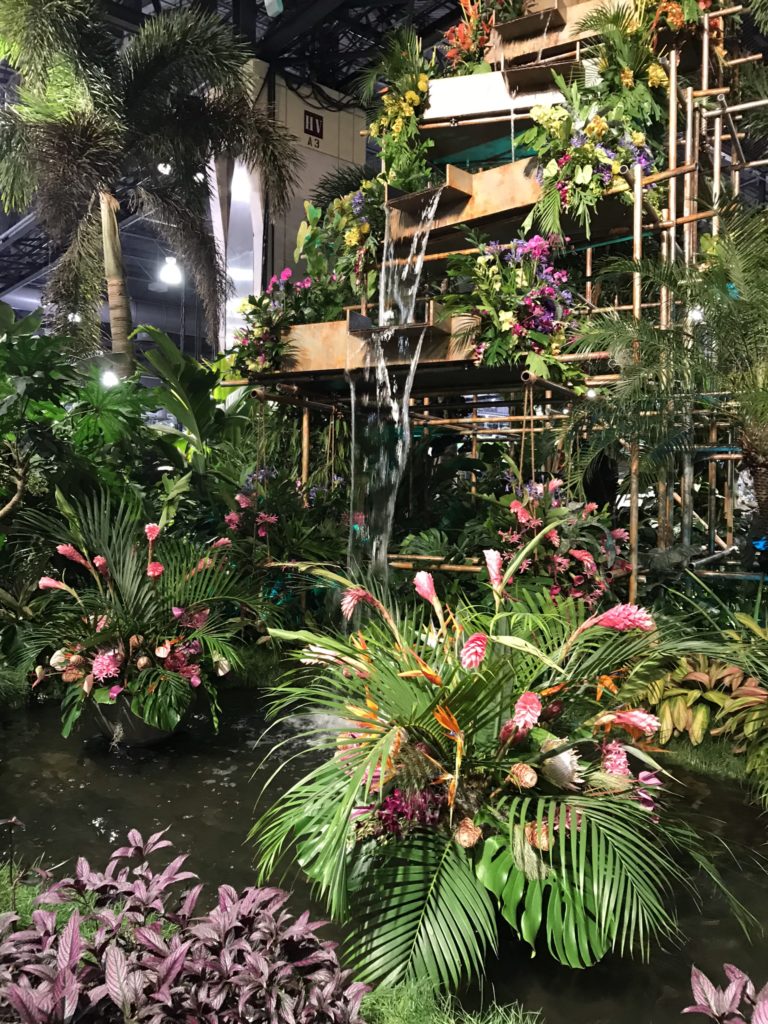 Dramatic waterfall entrance to the tropical rainforest
Dramatic waterfall entrance to the tropical rainforest